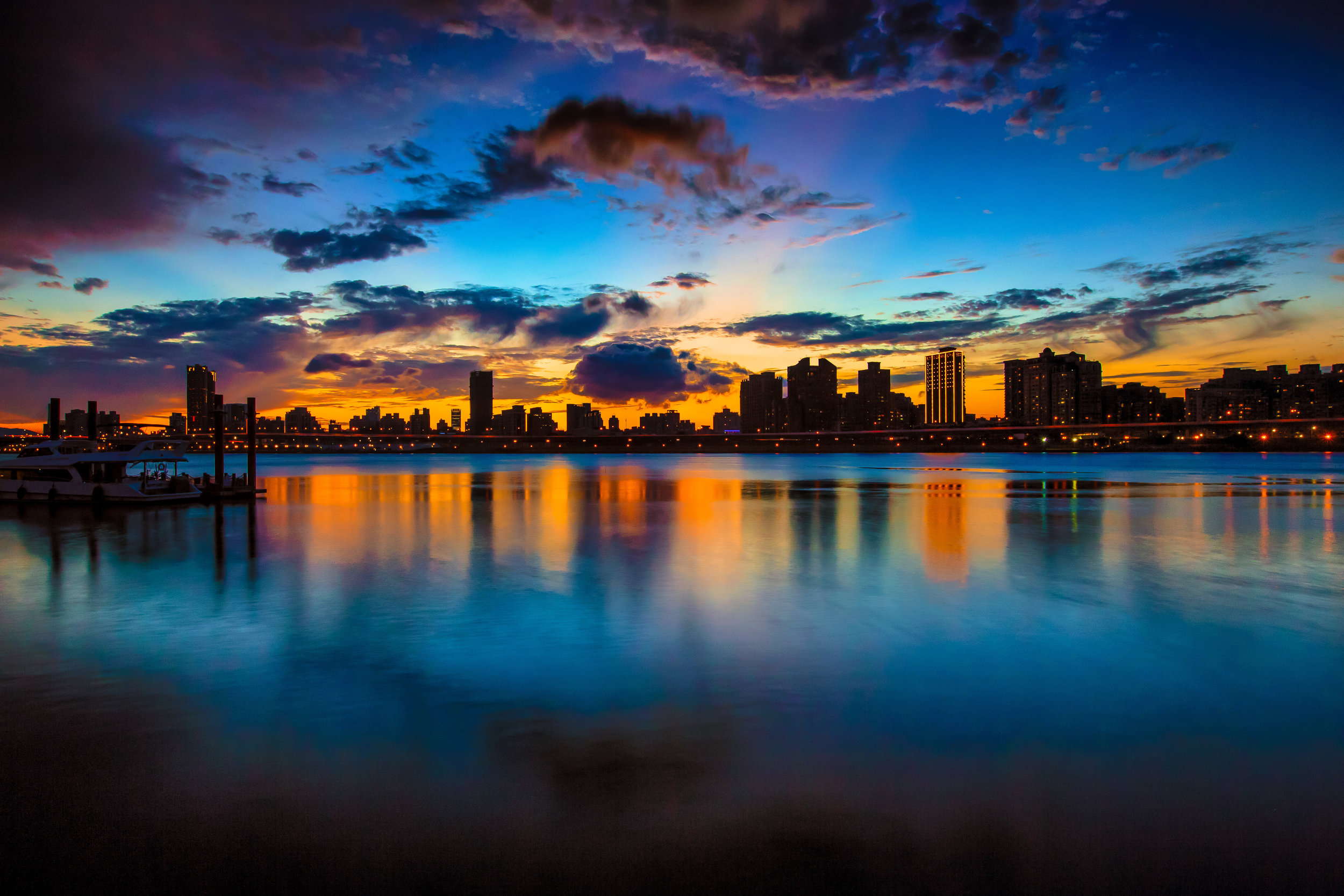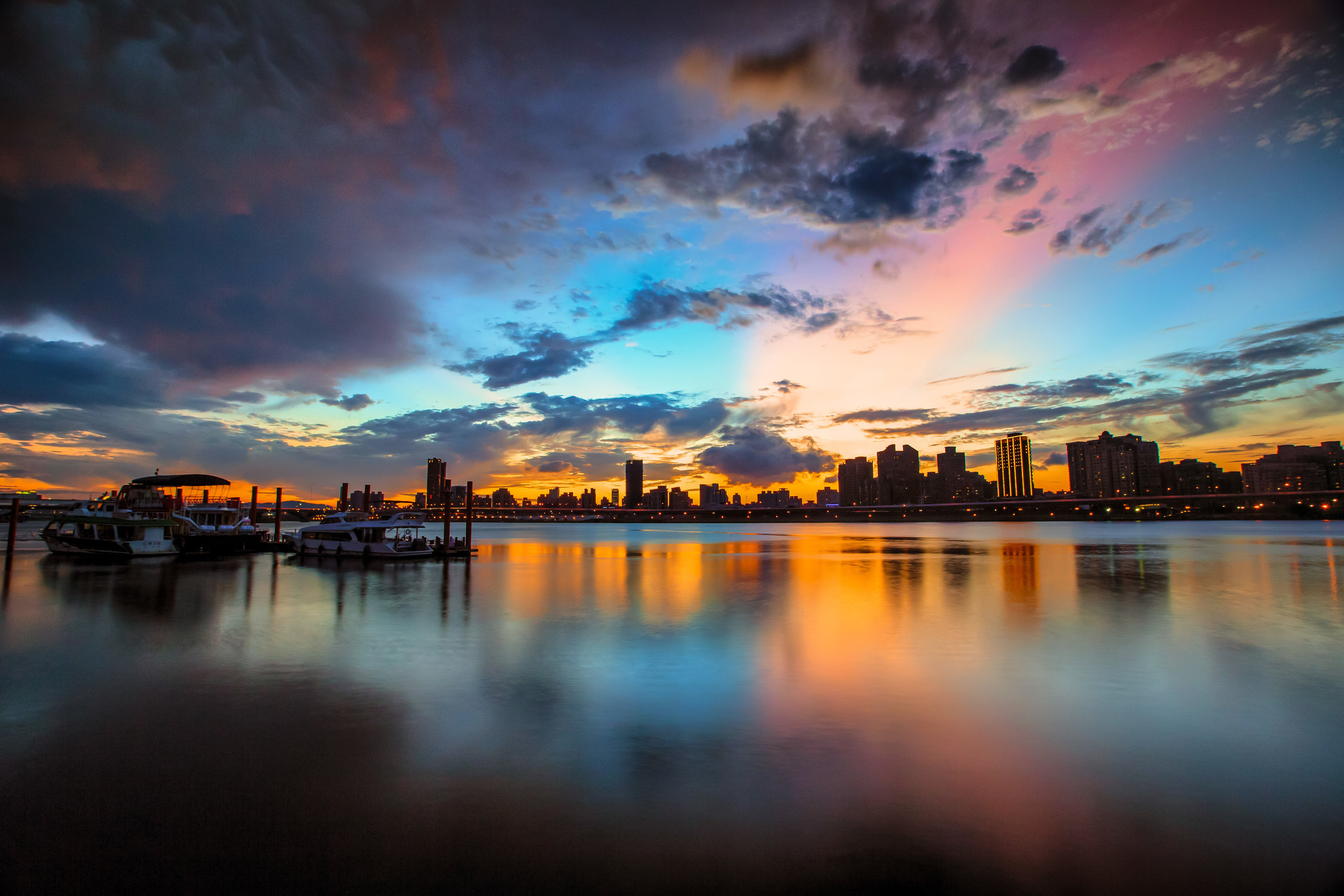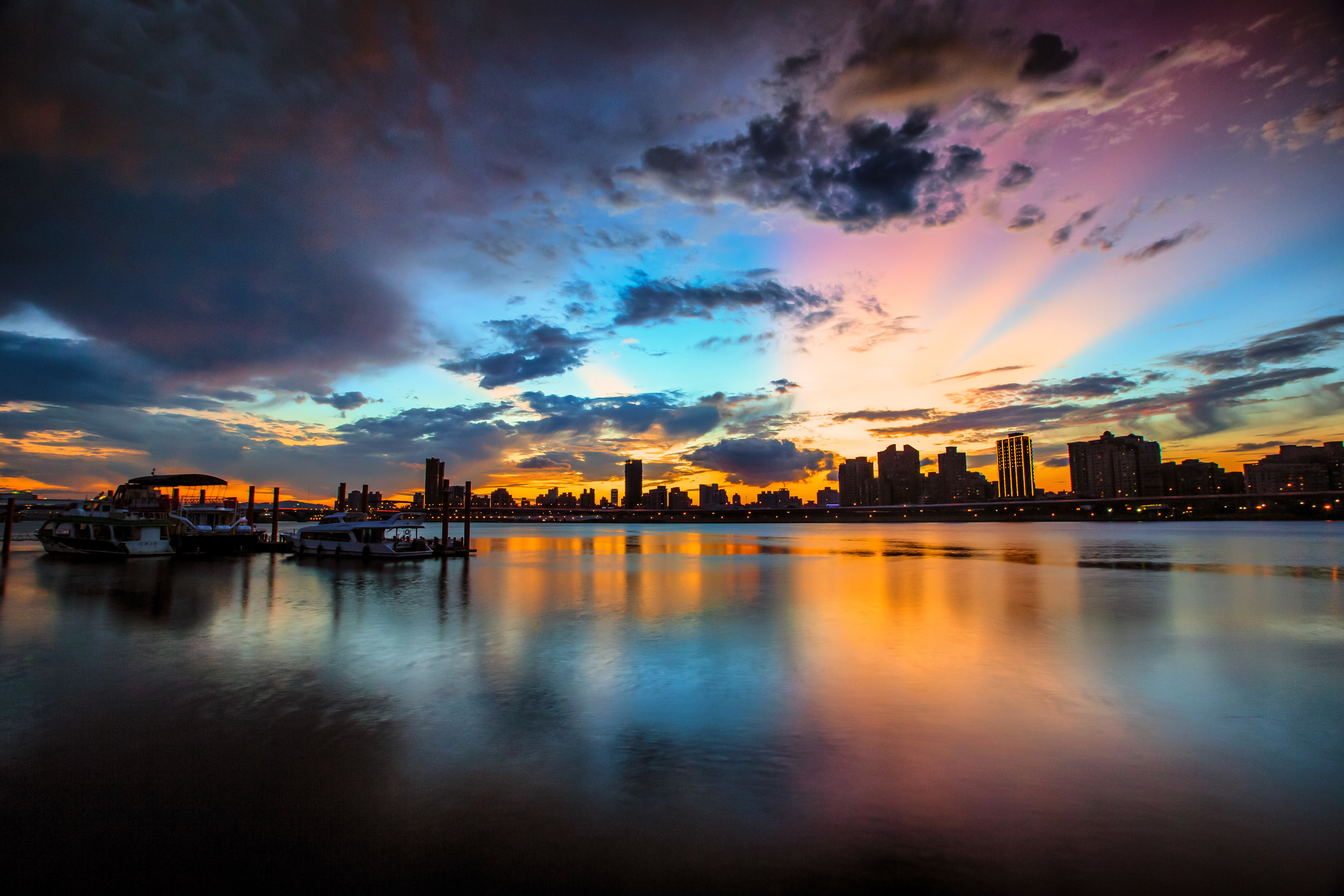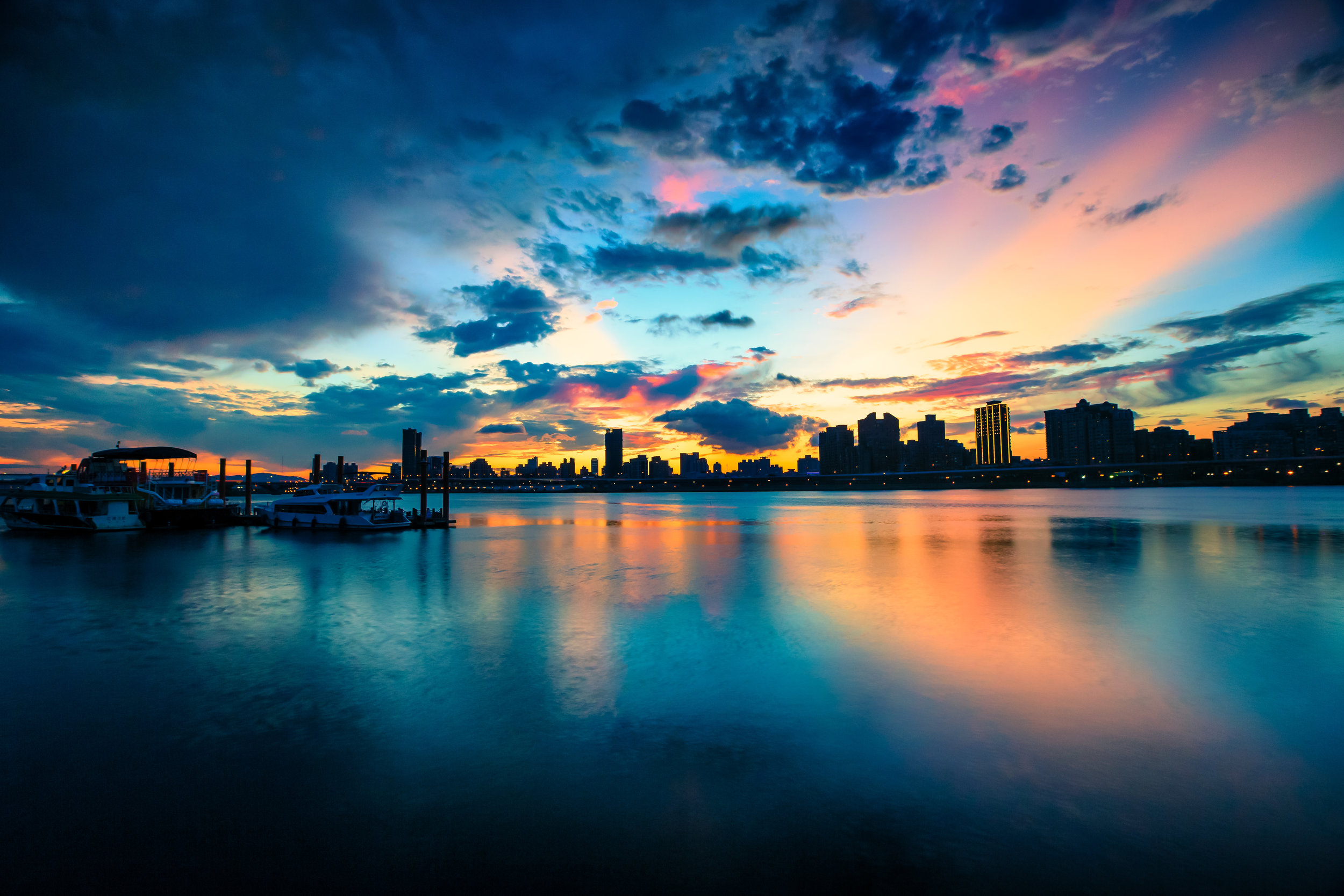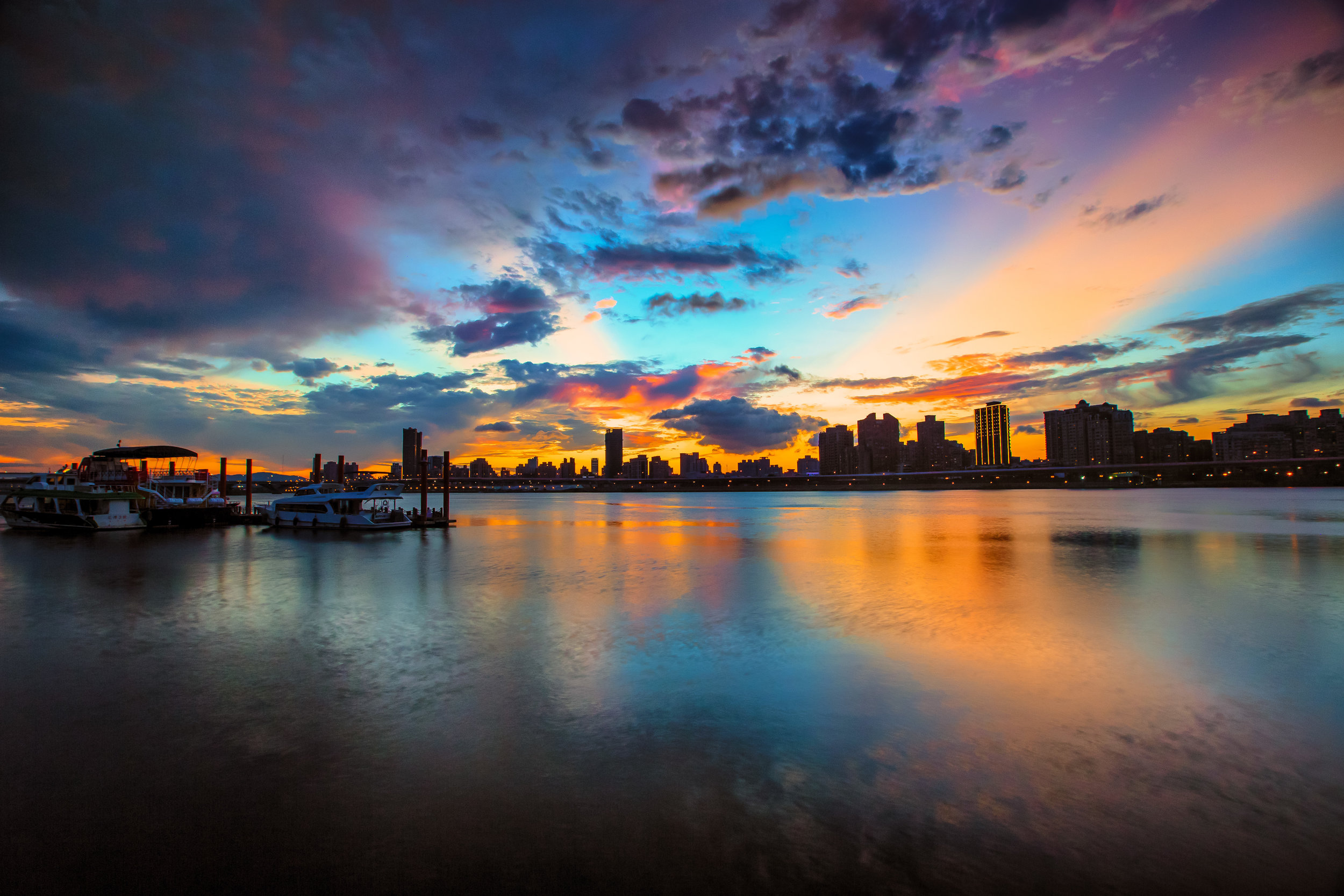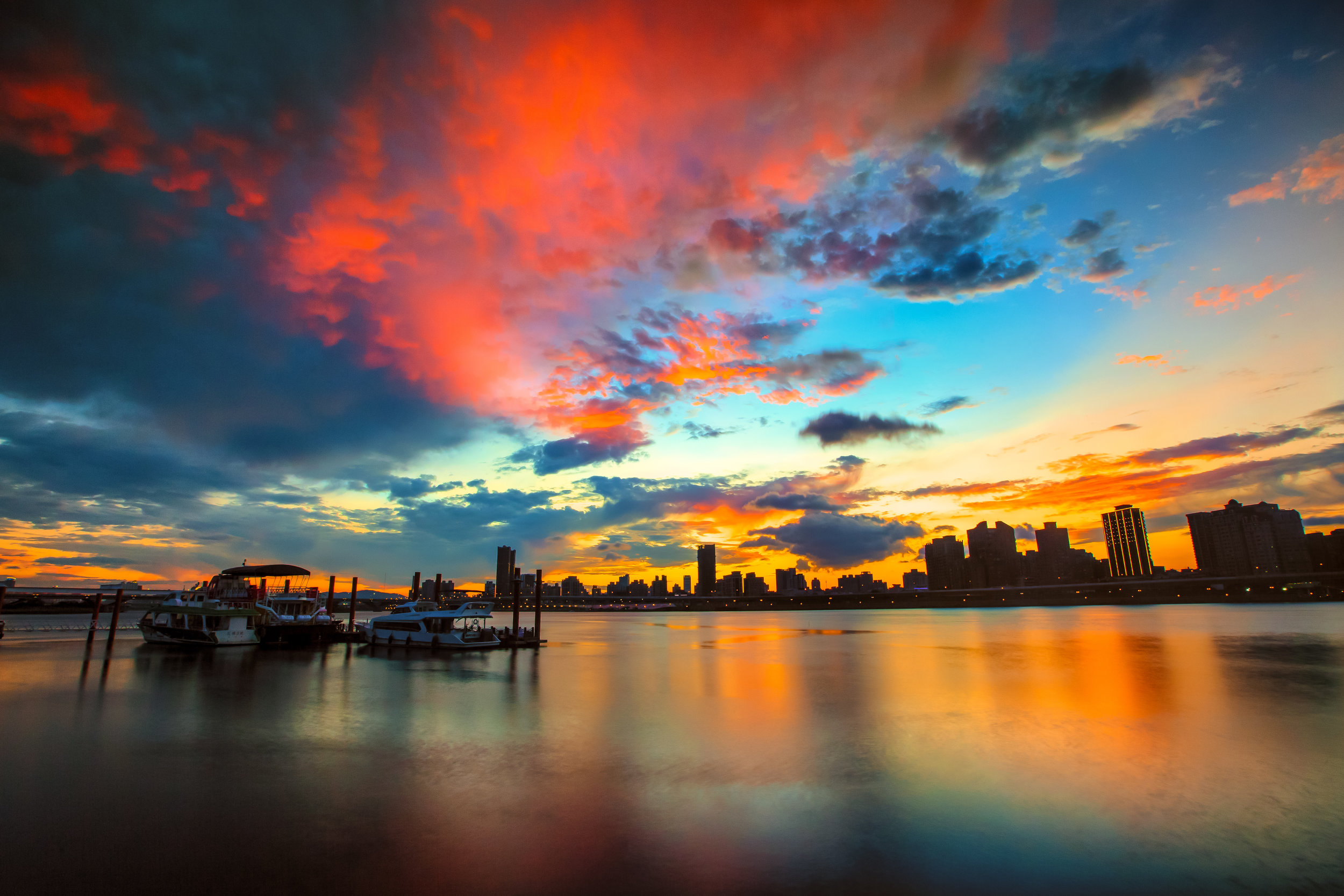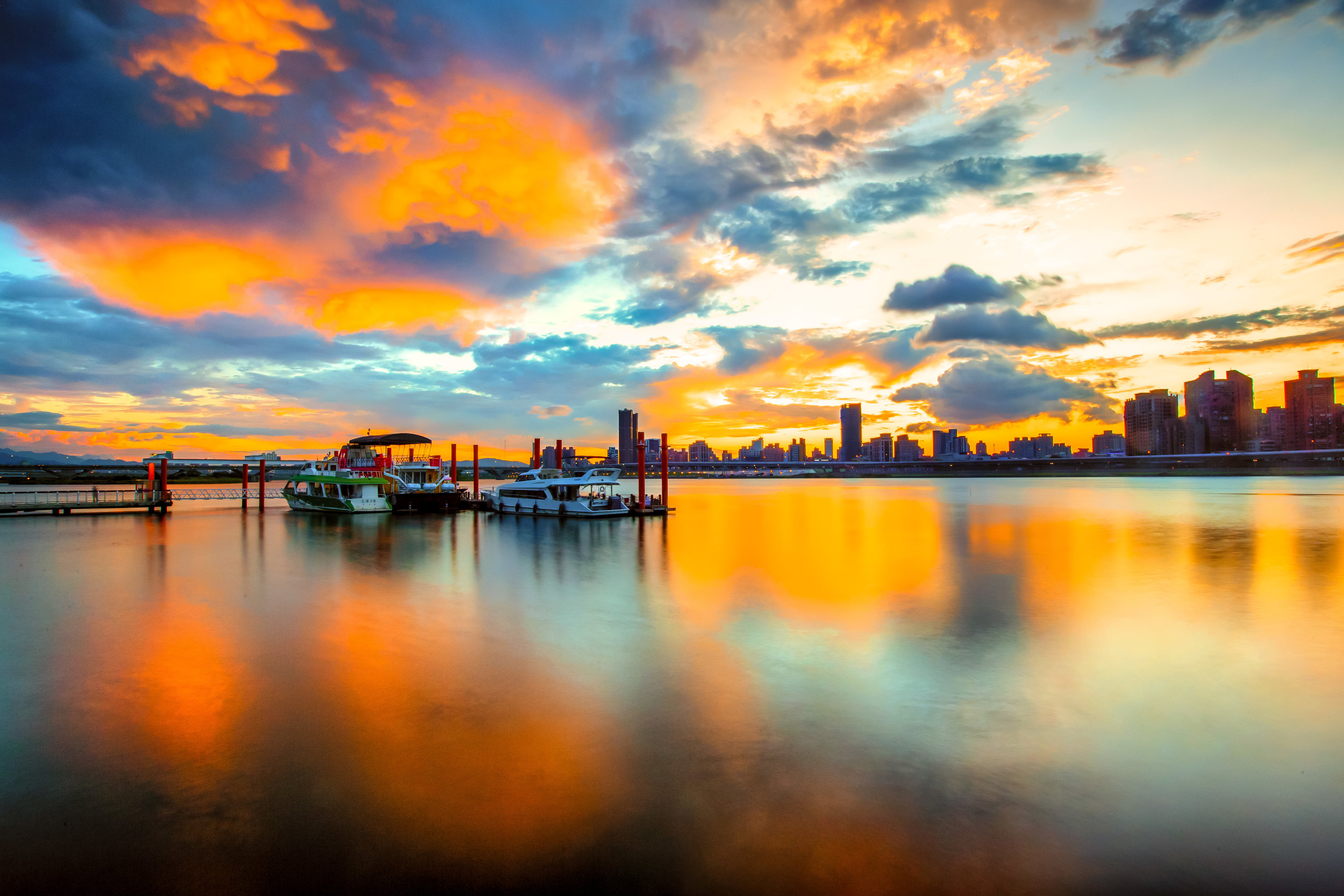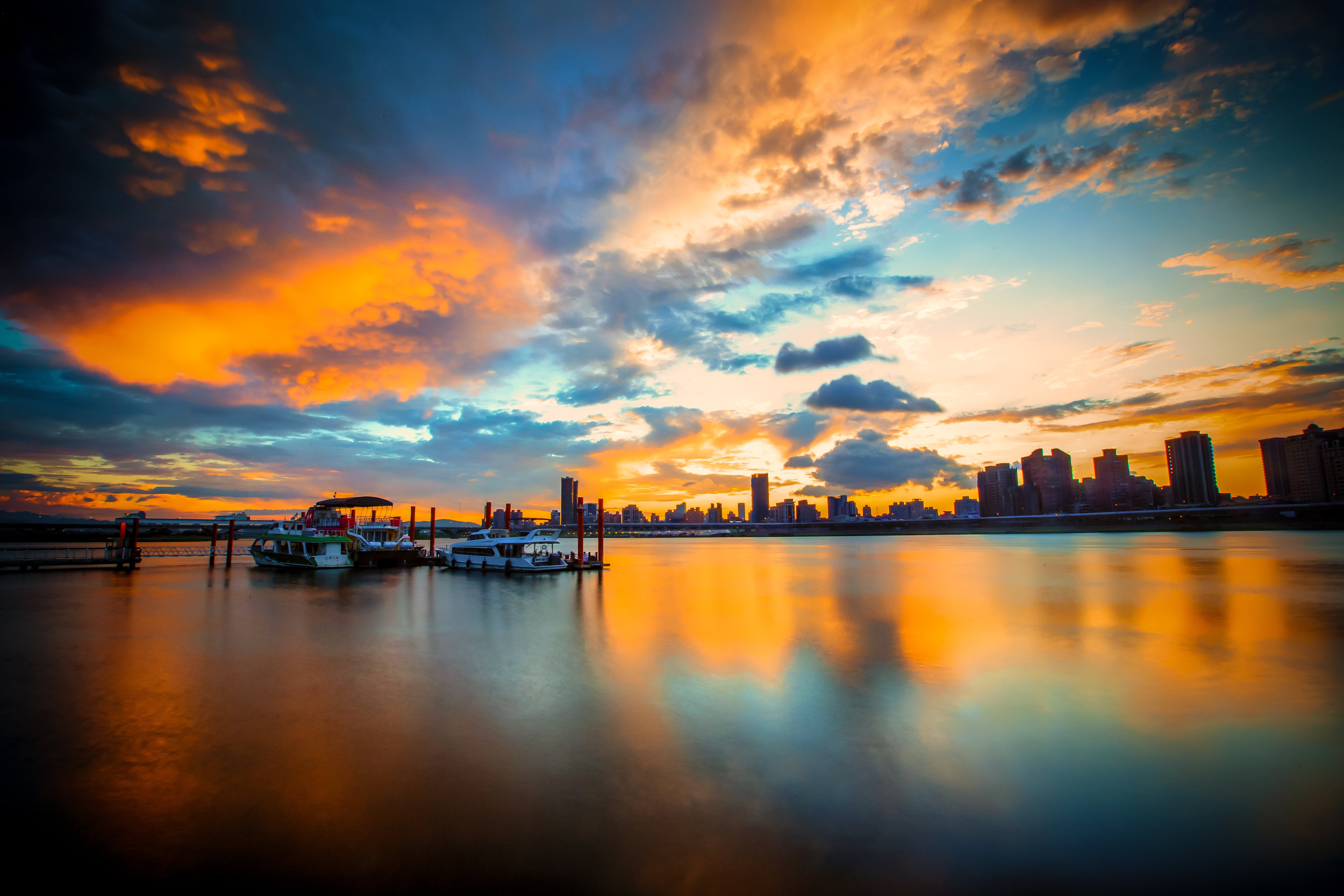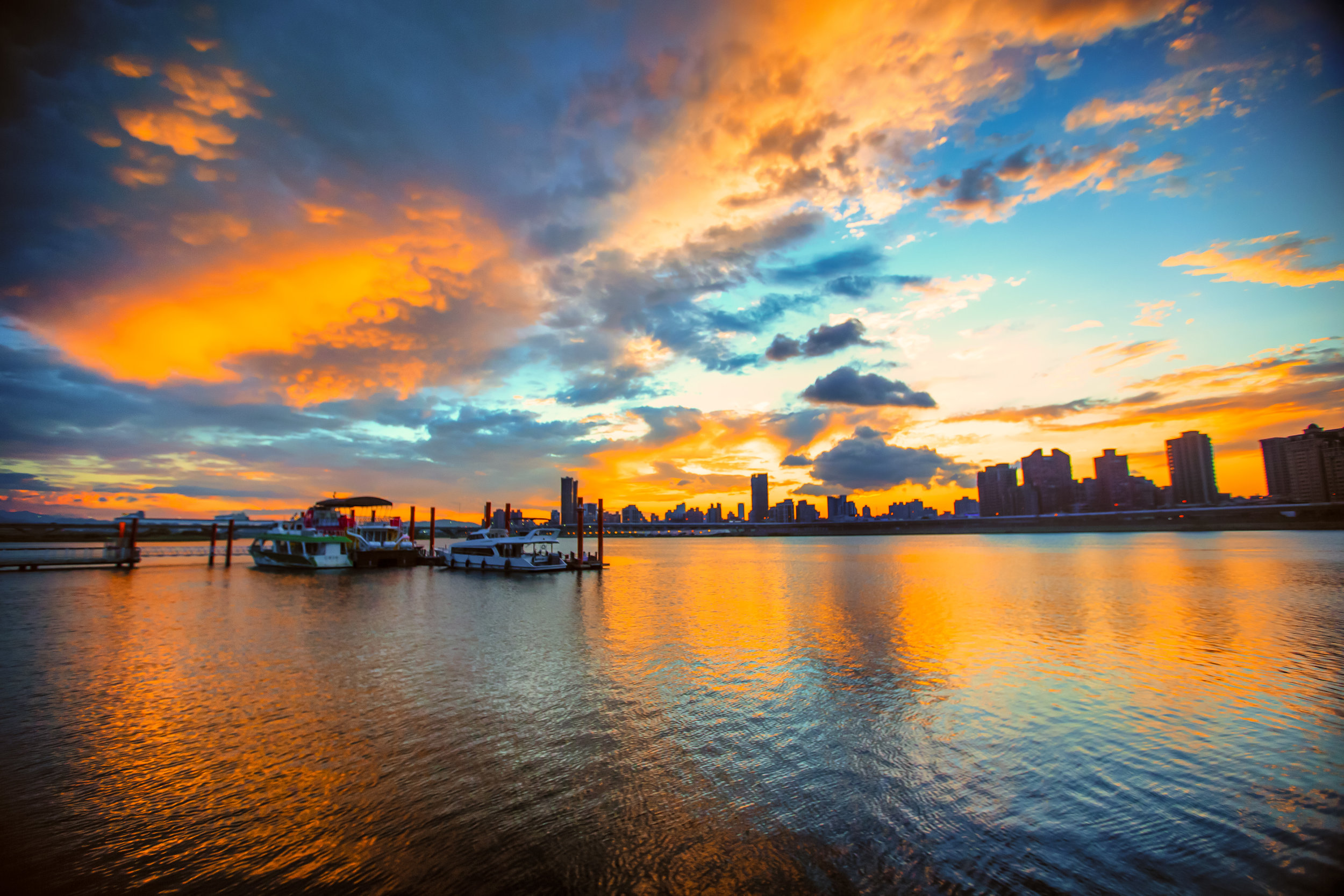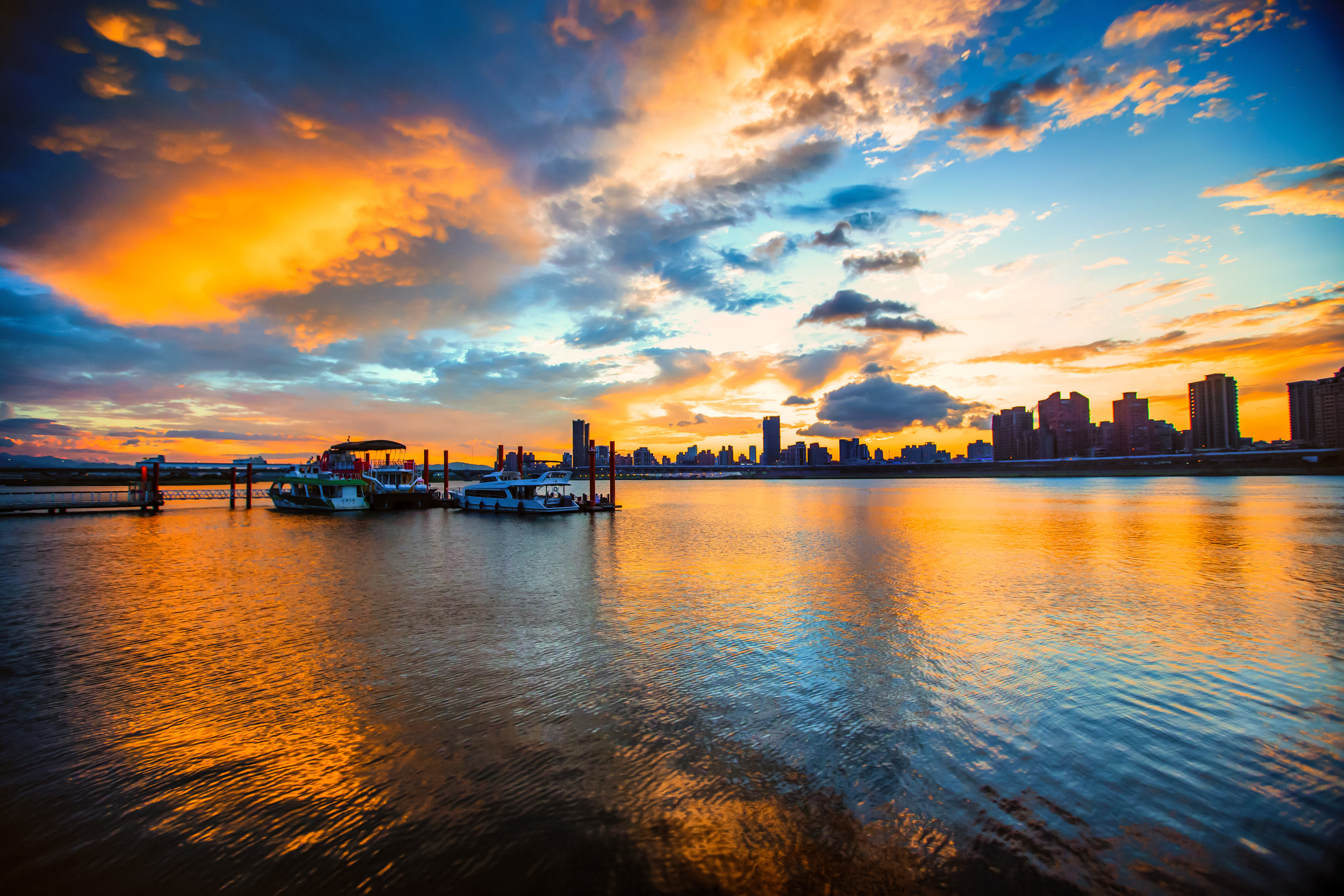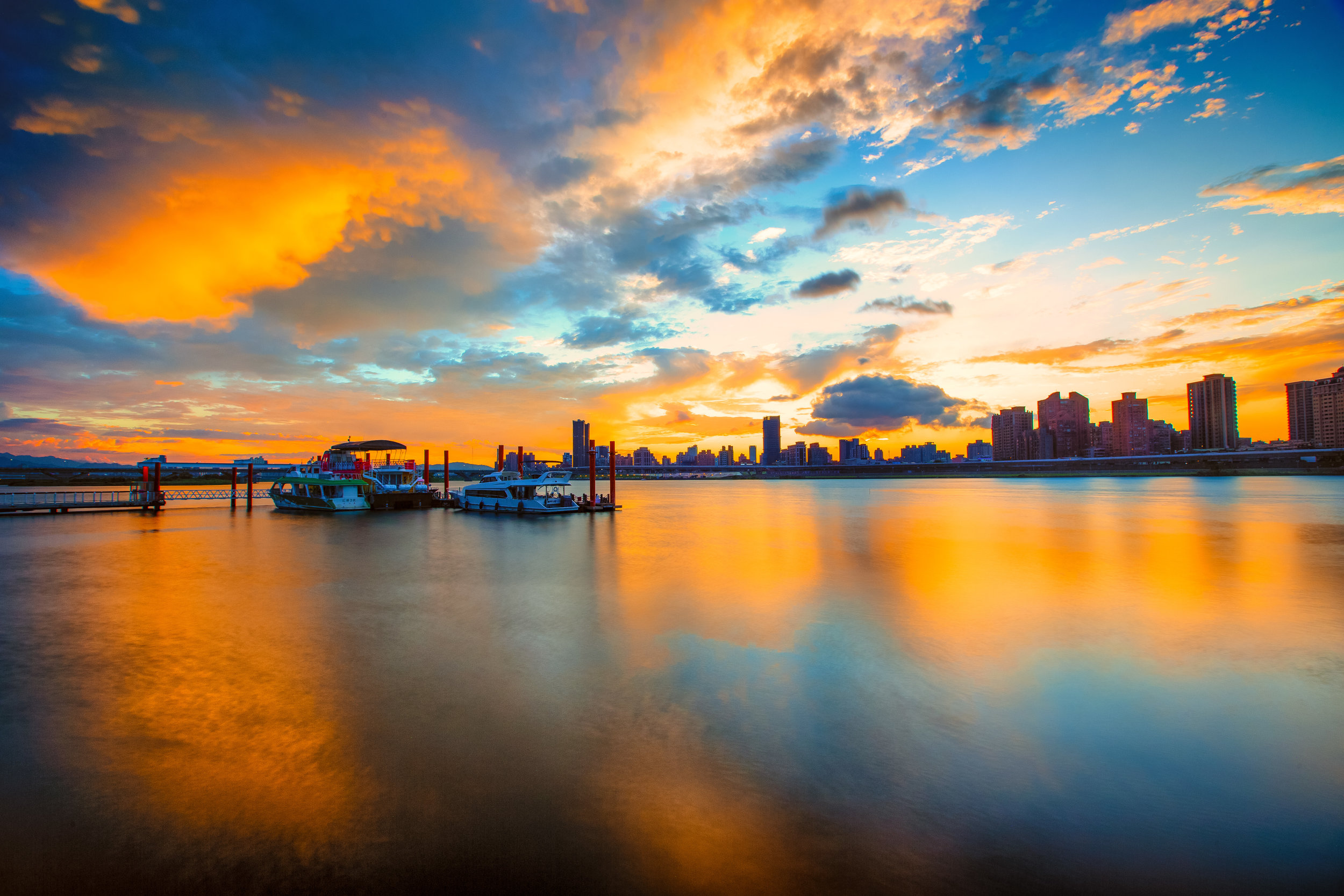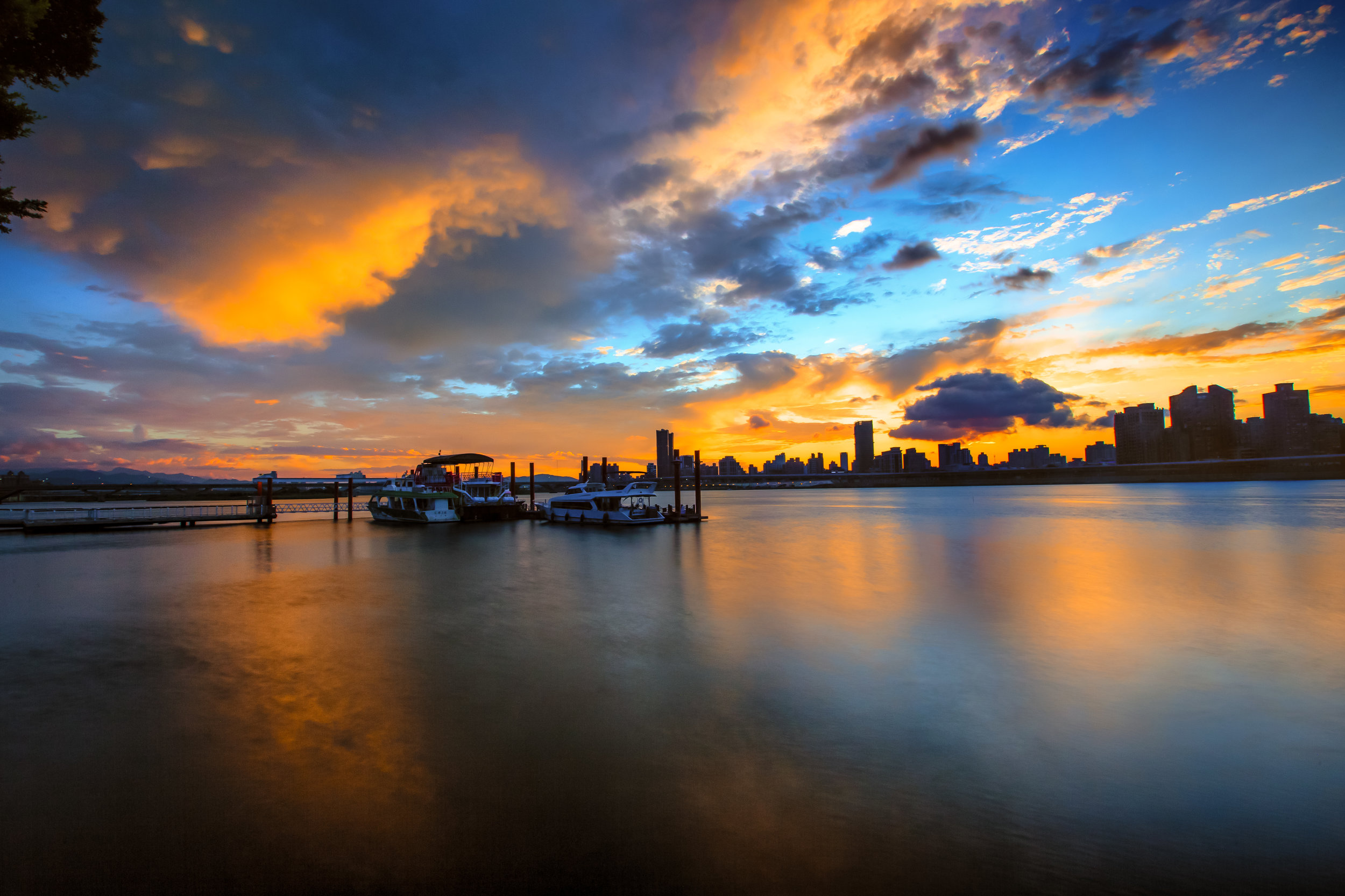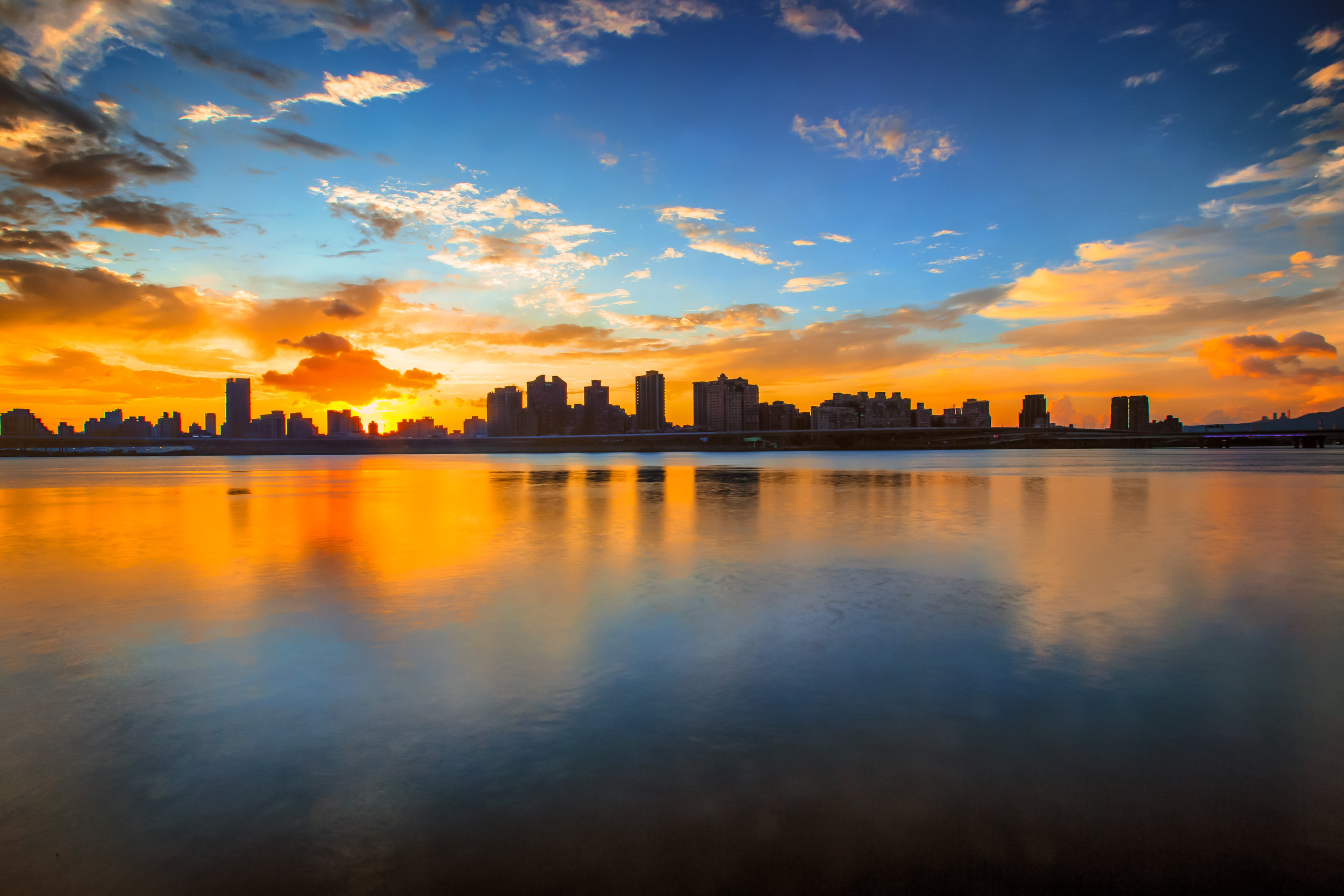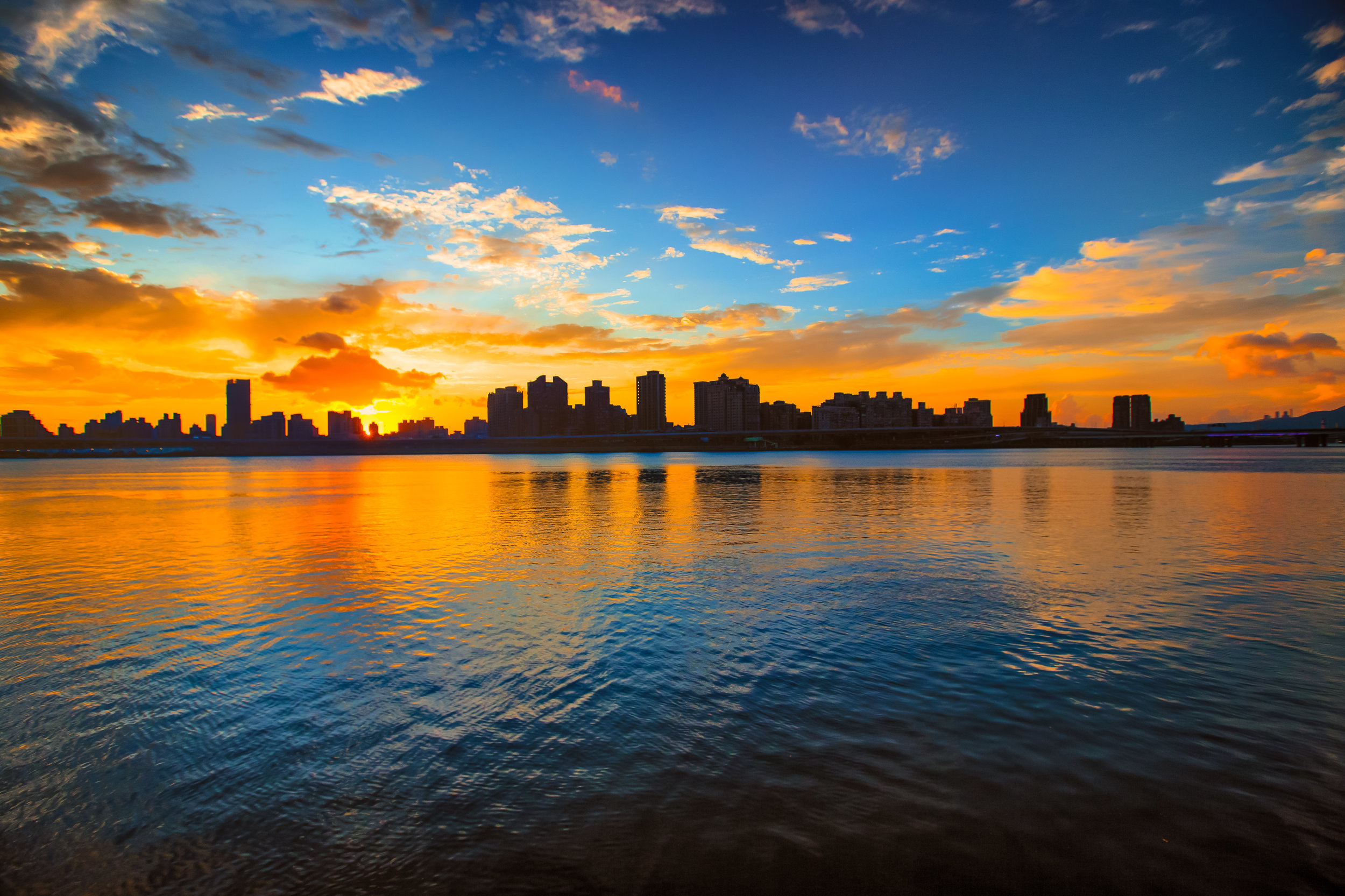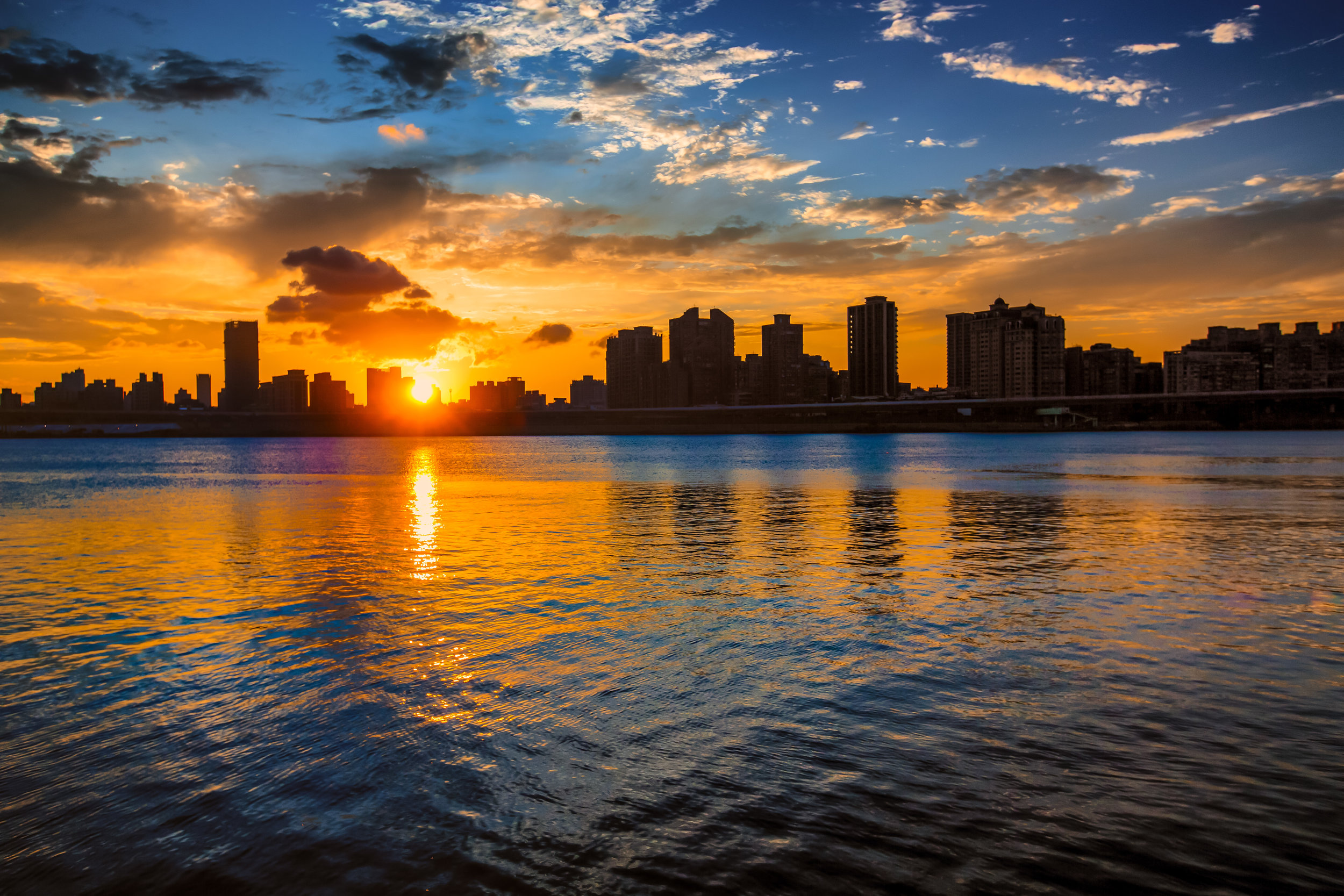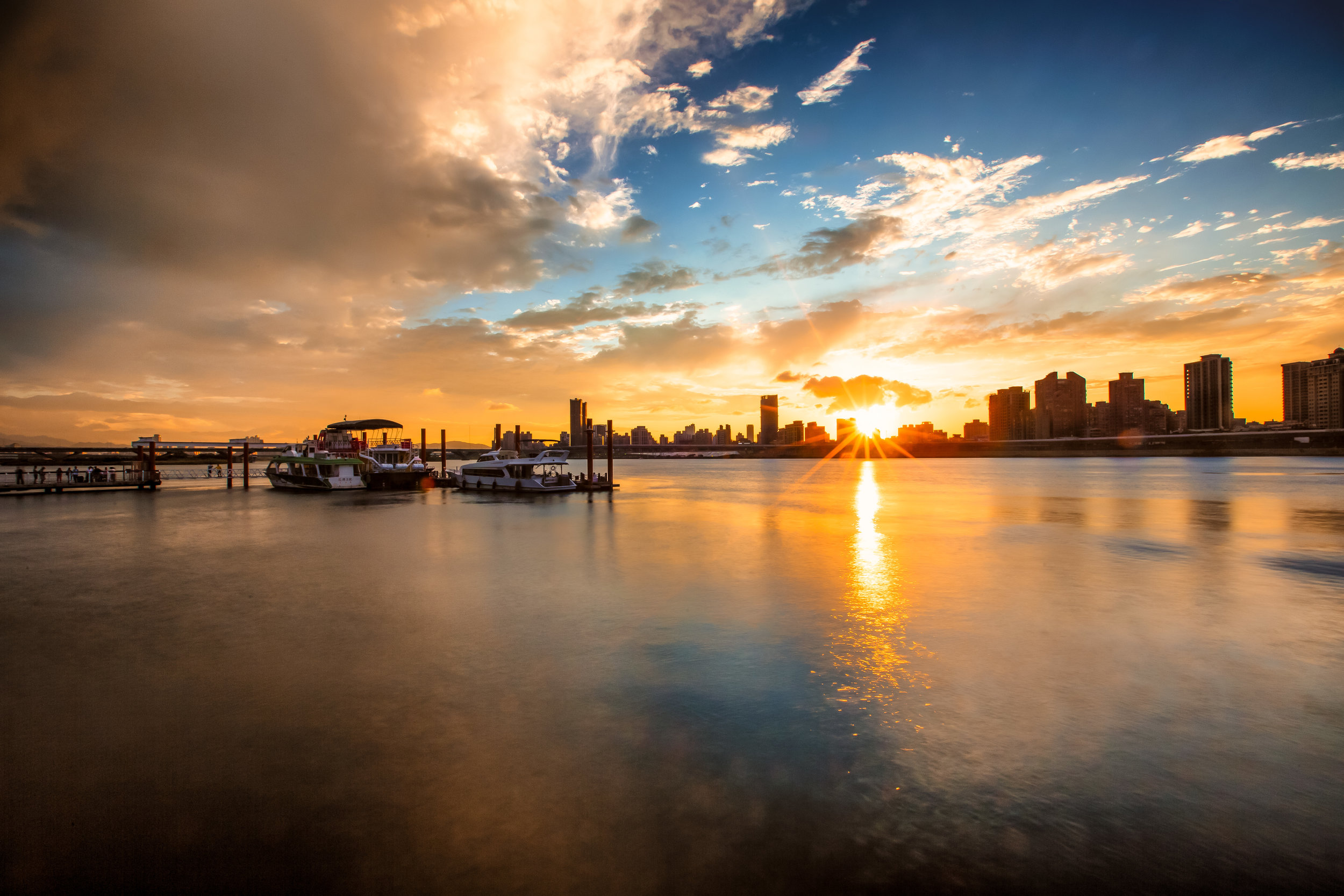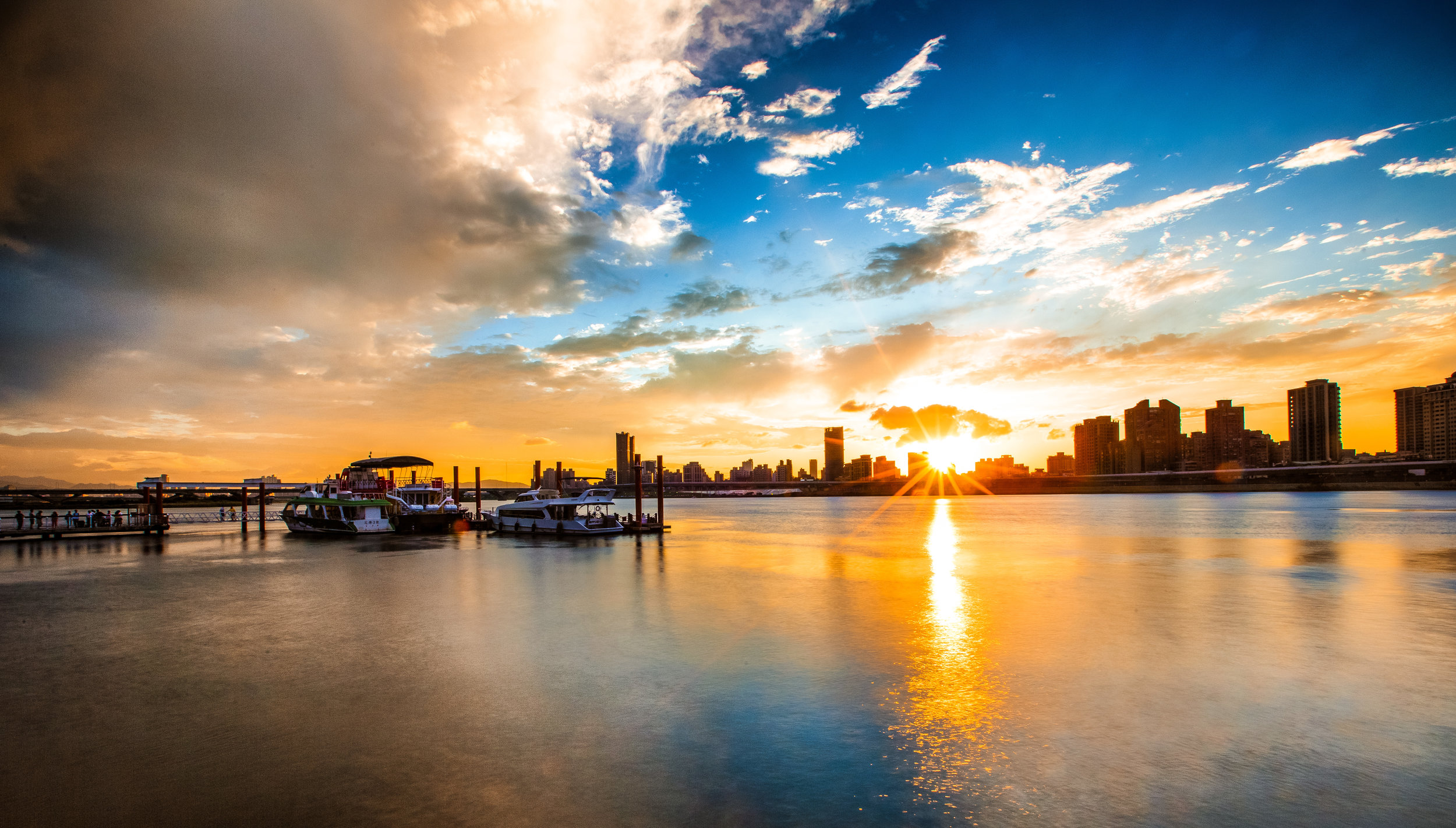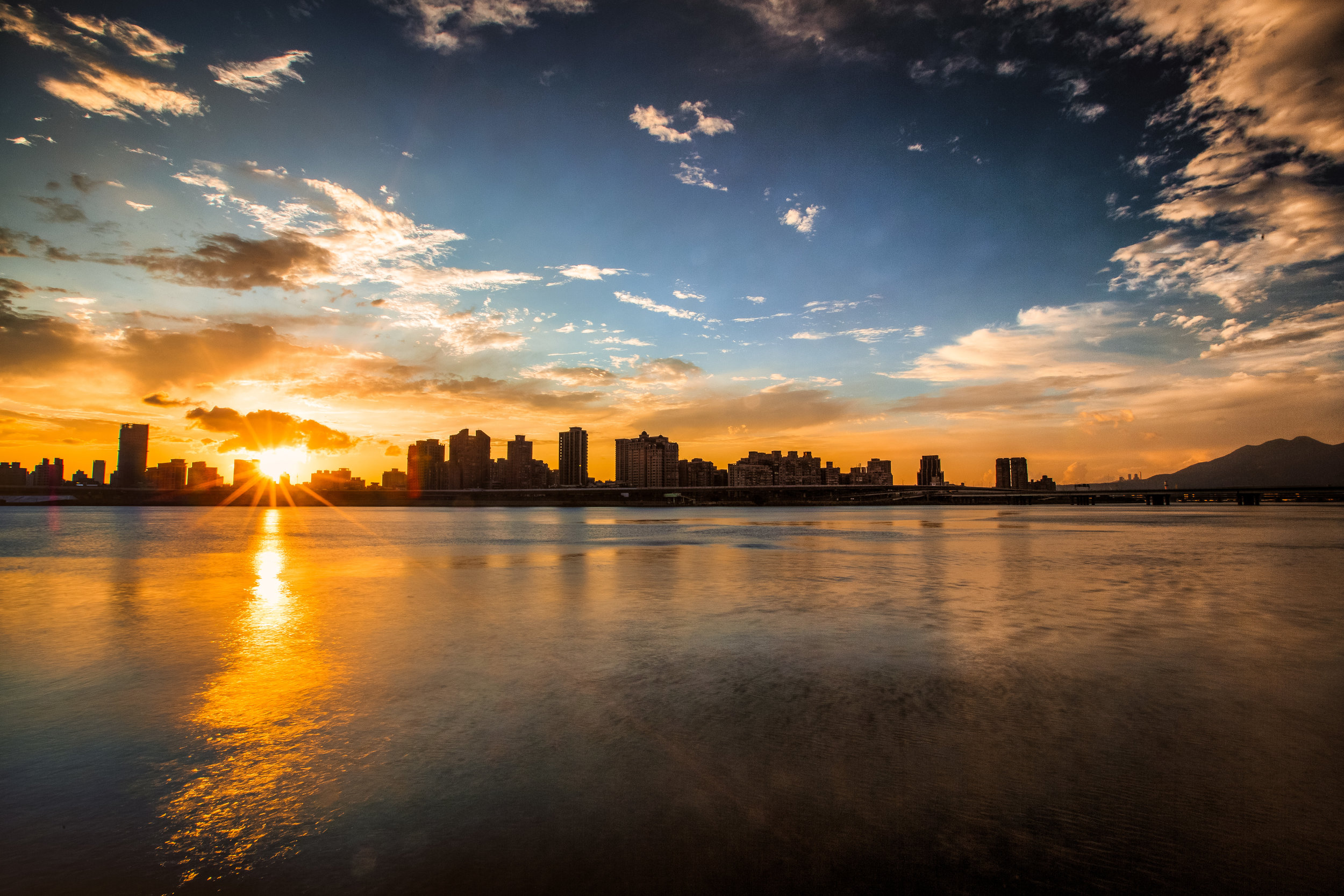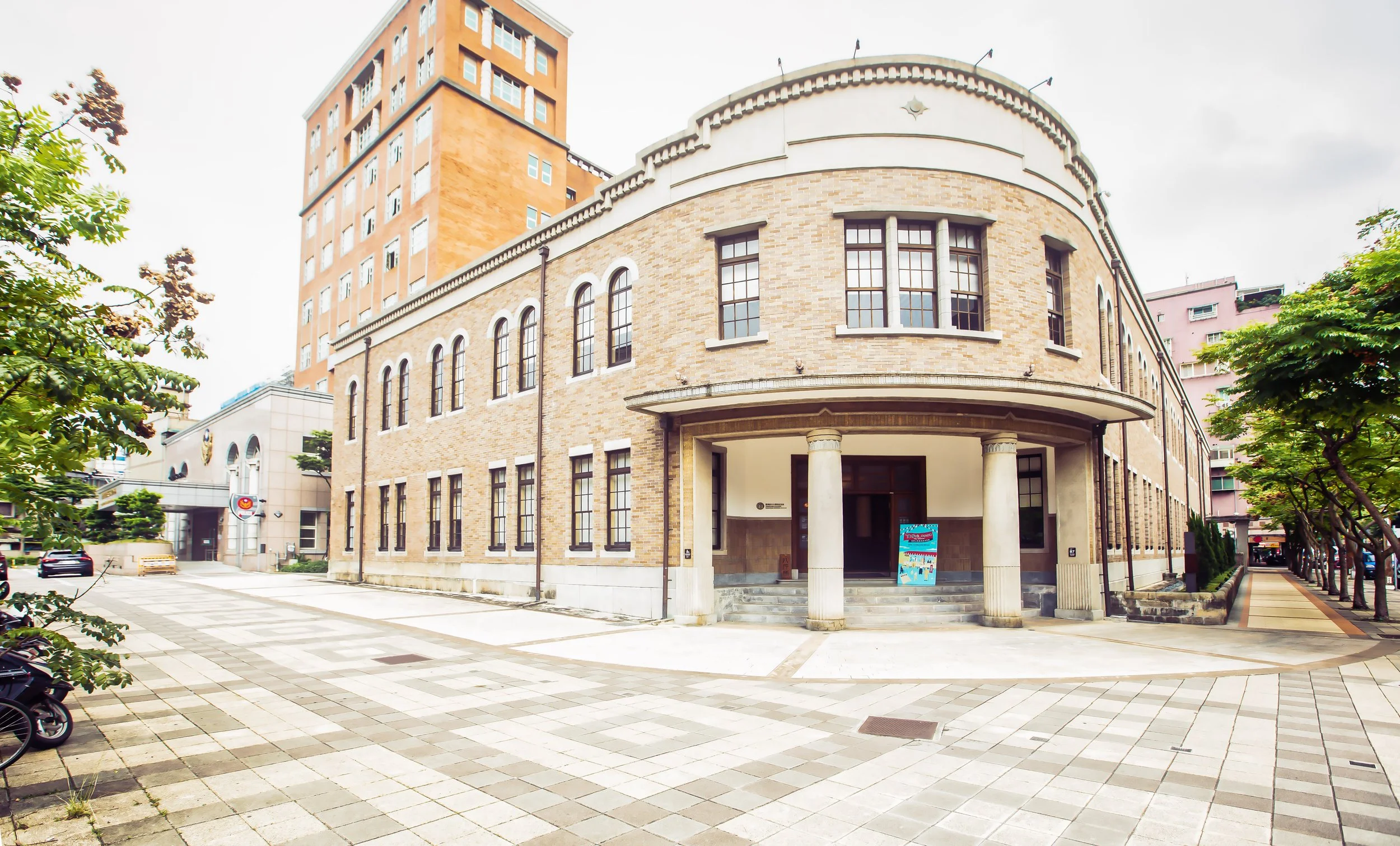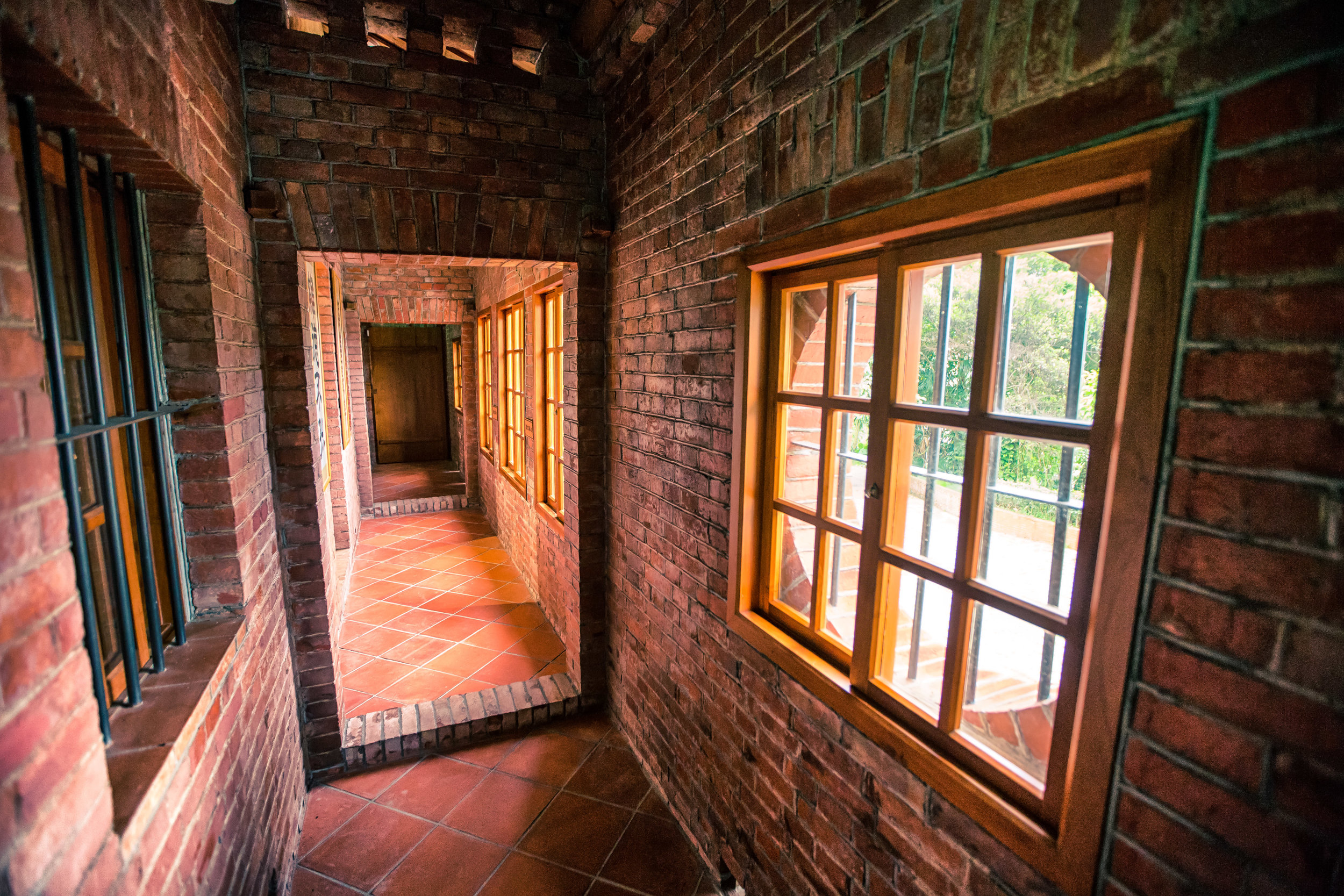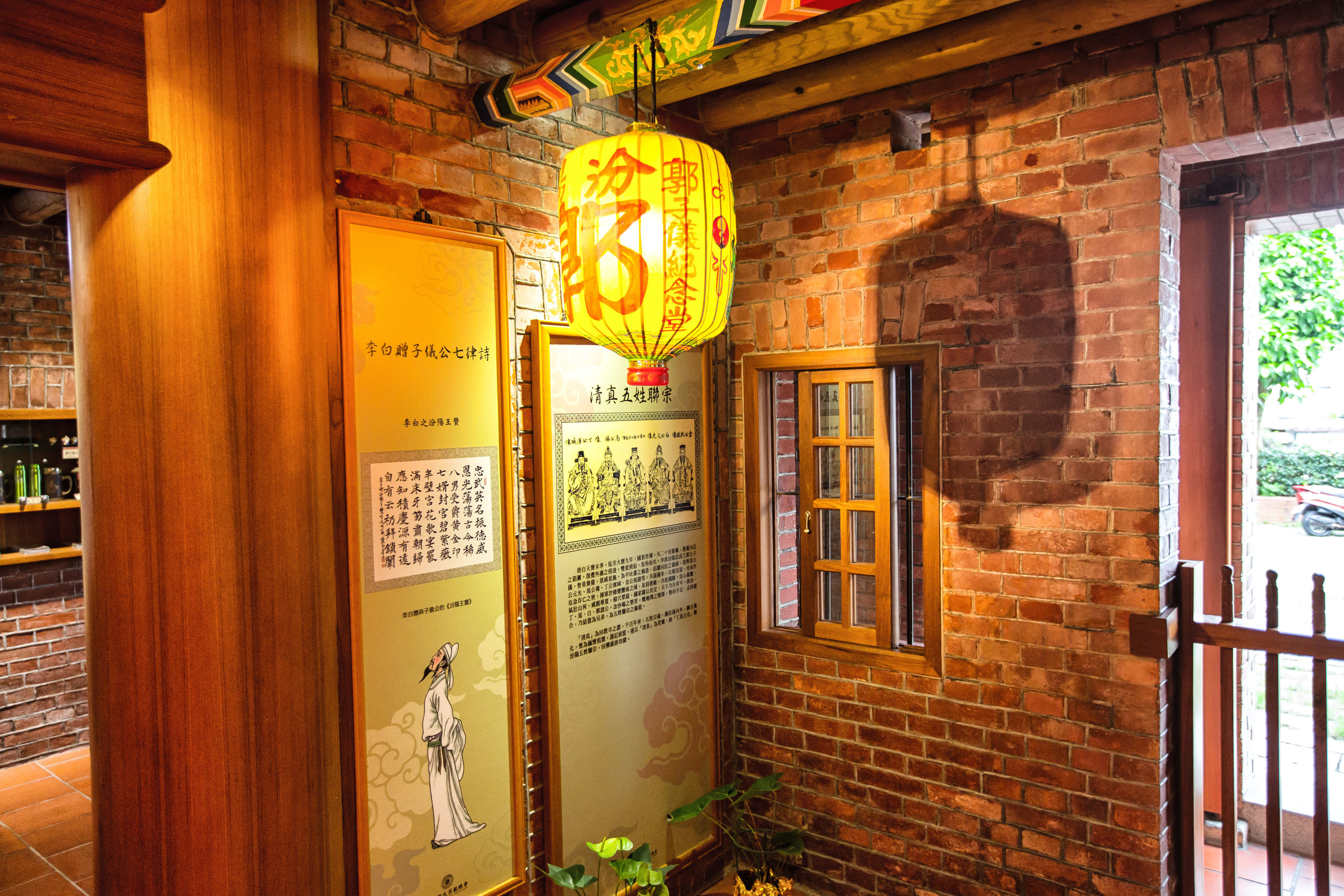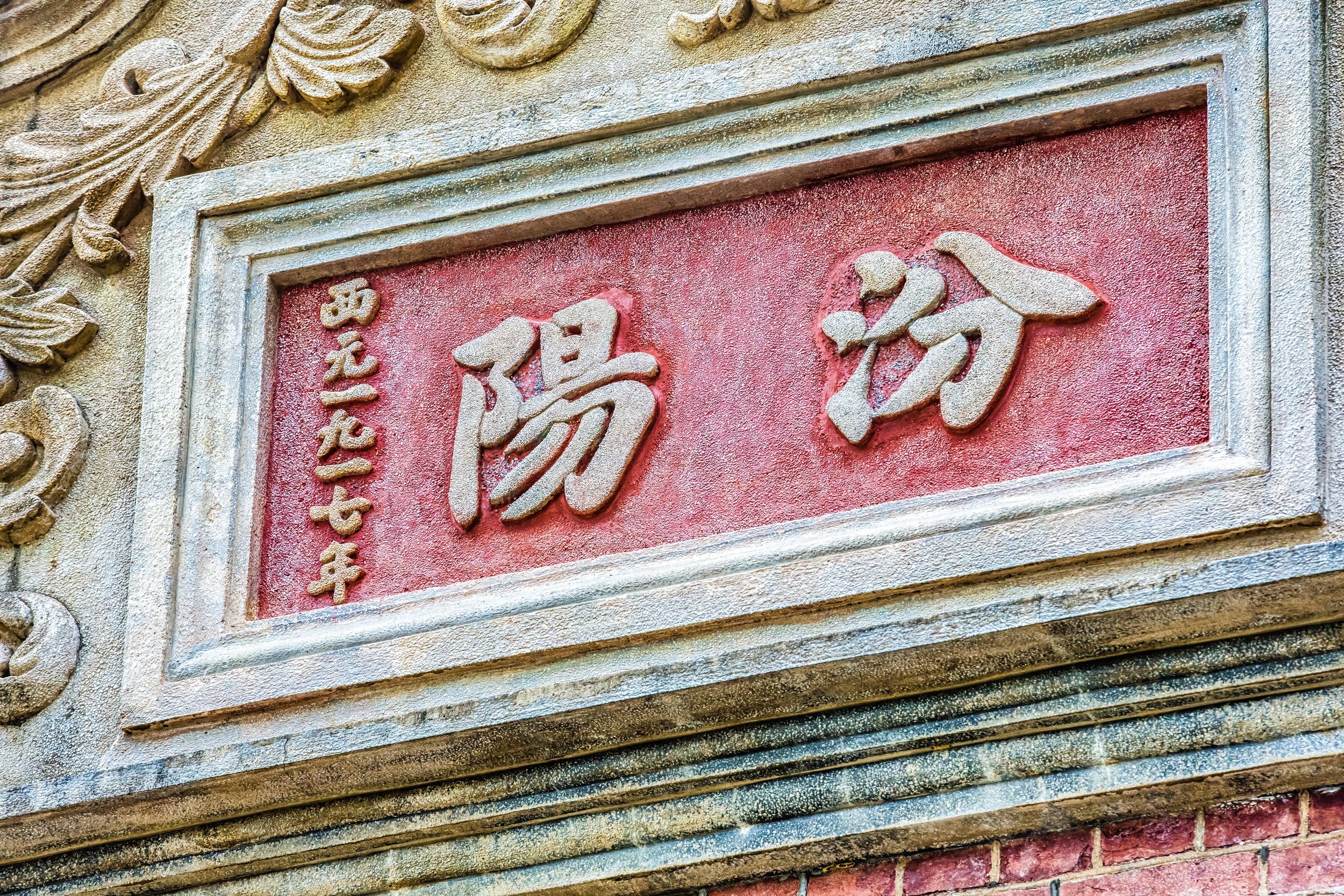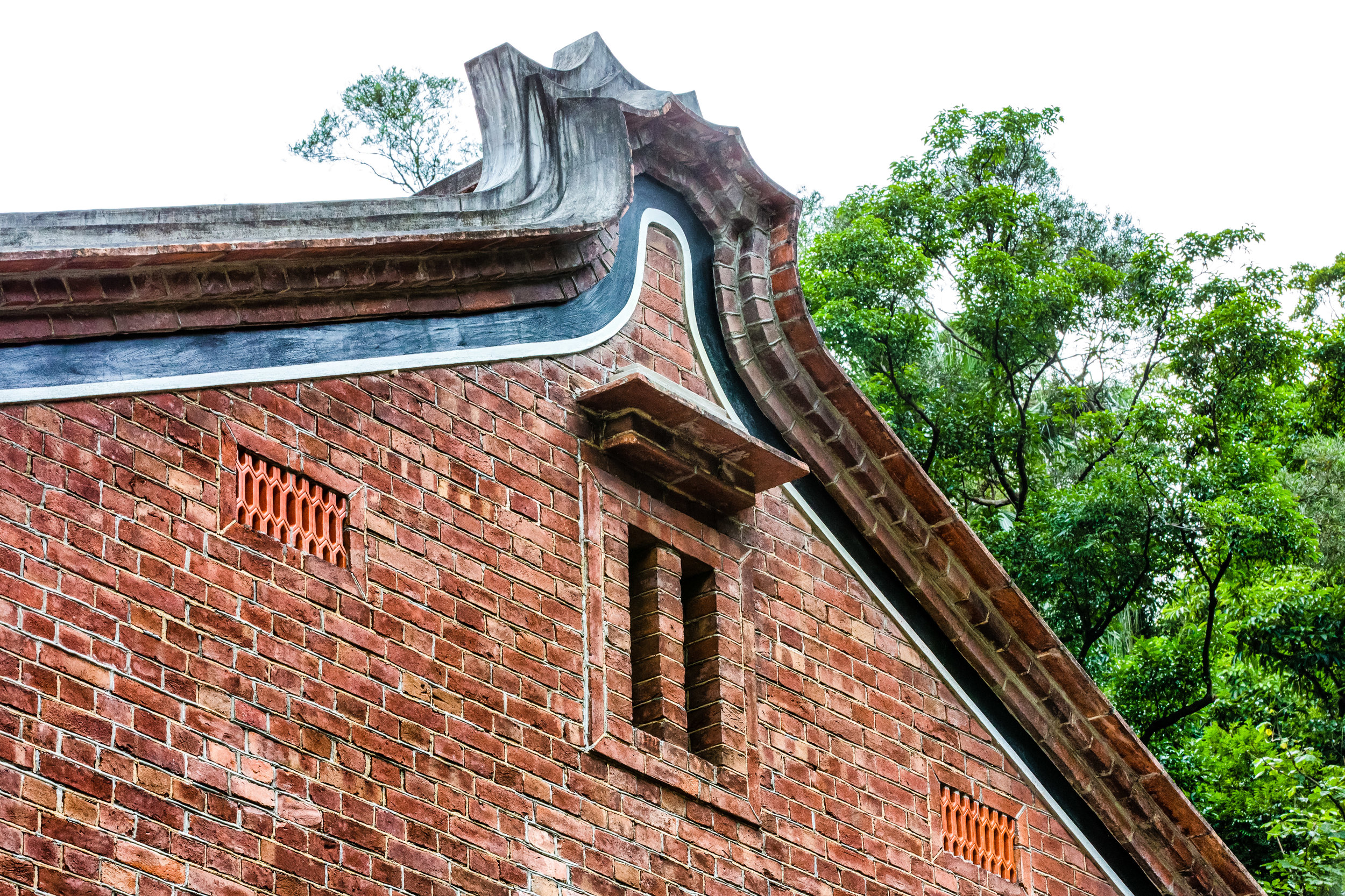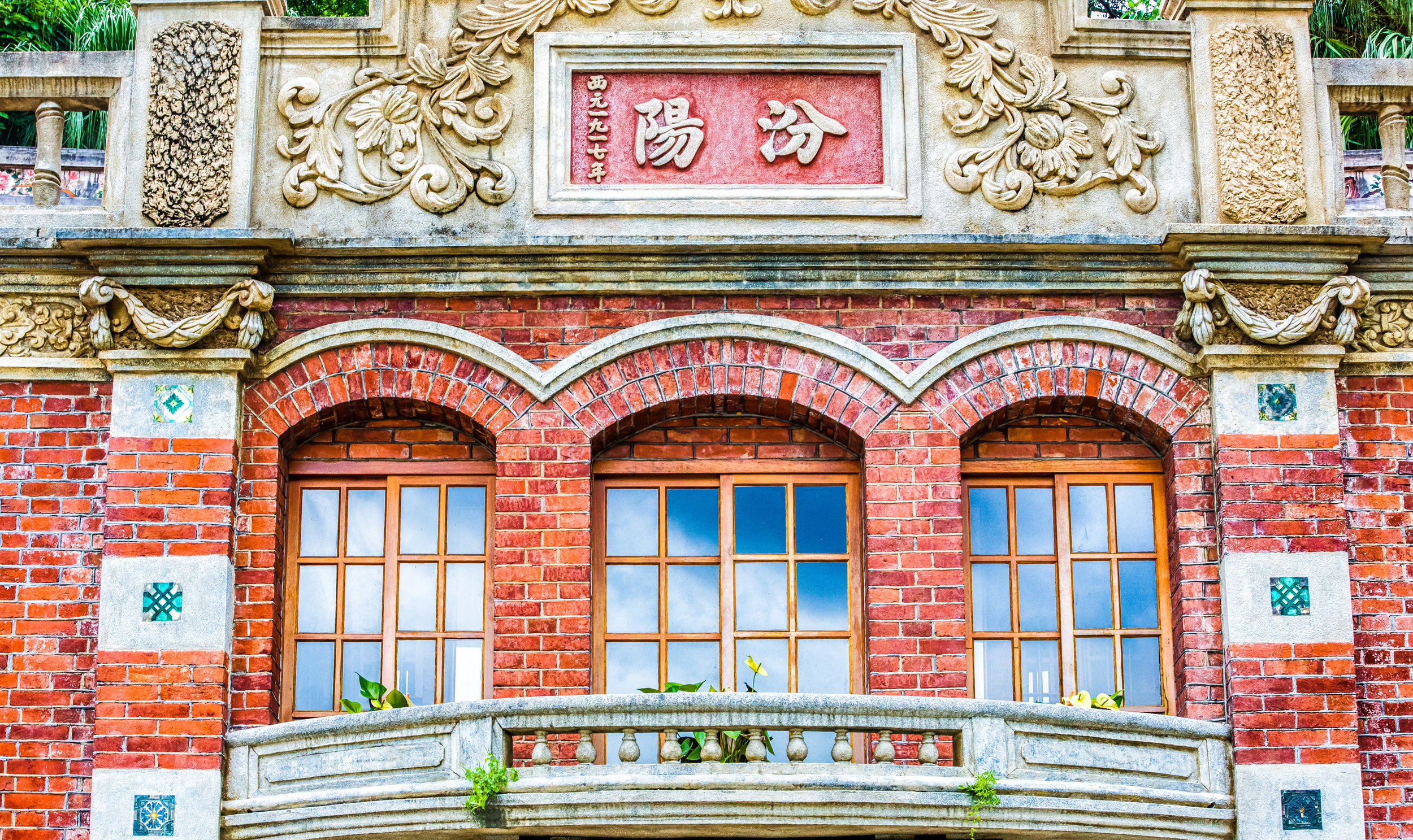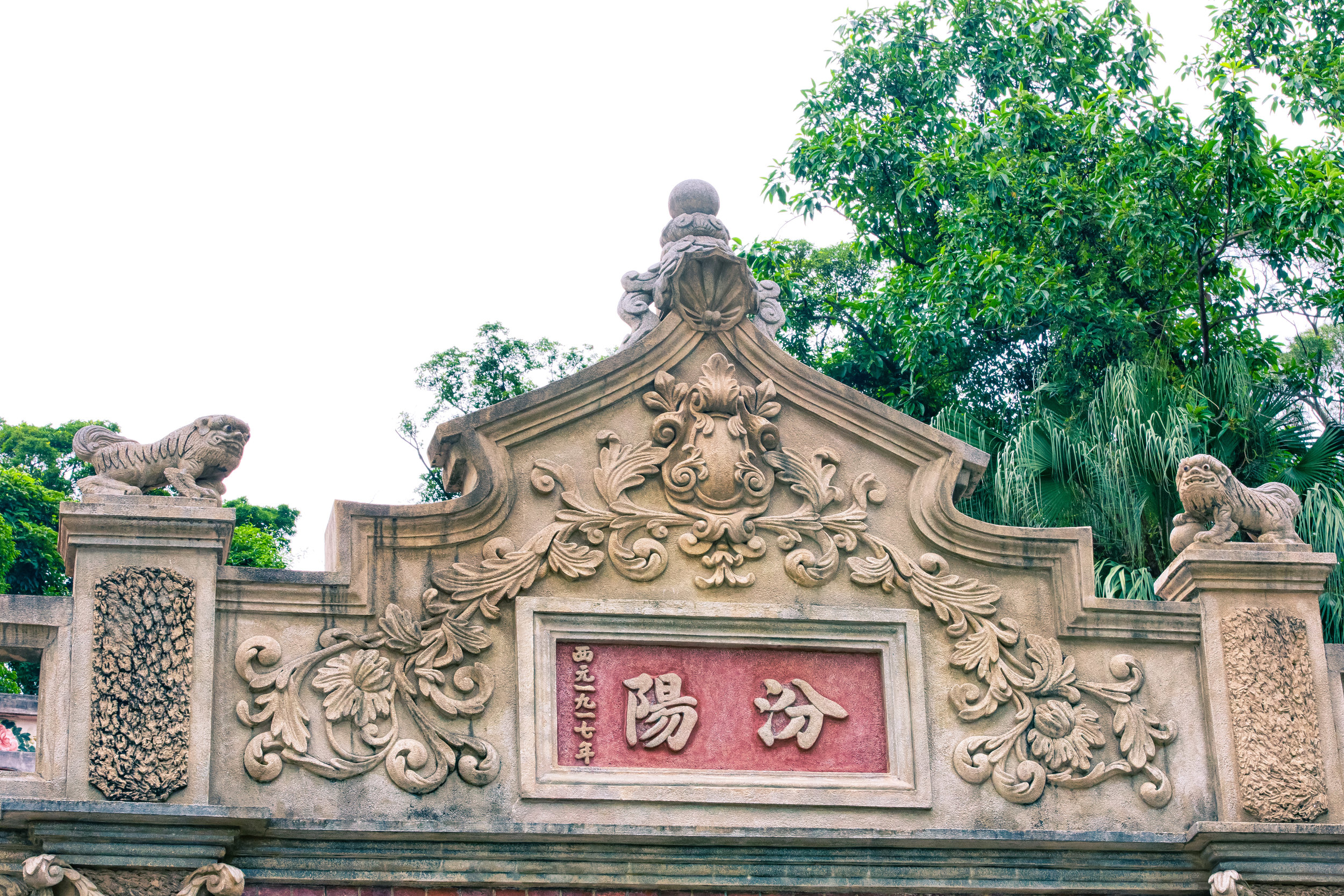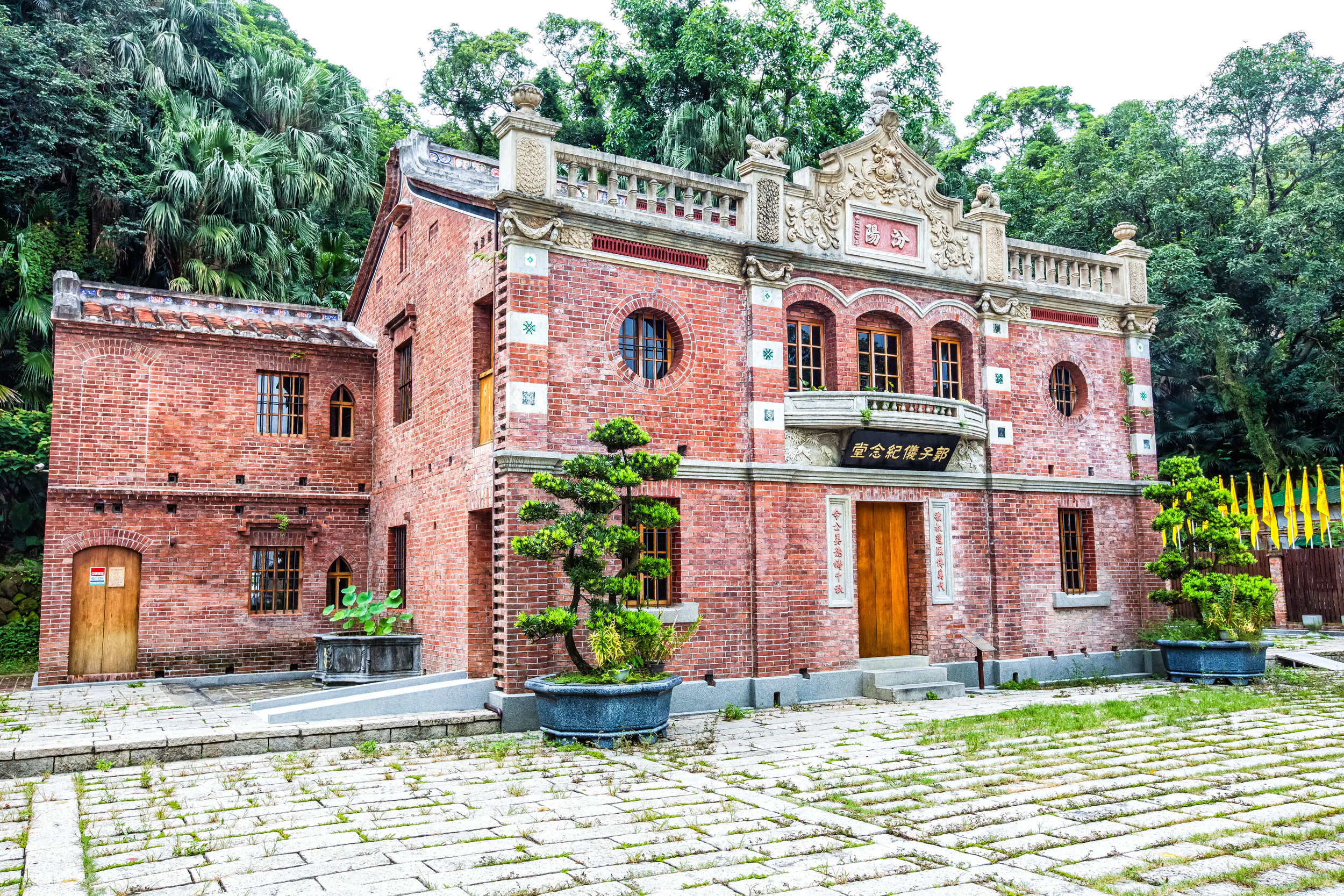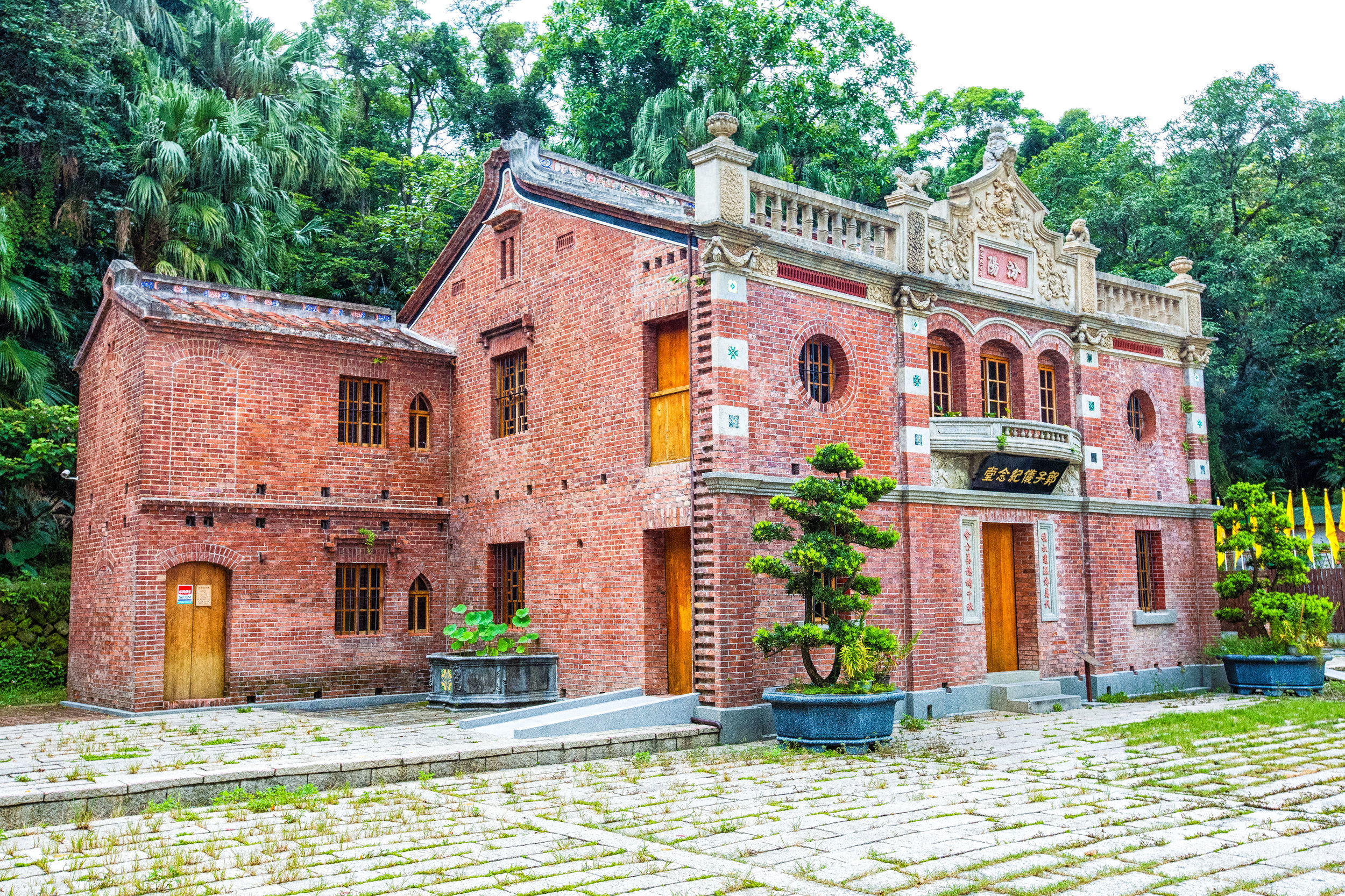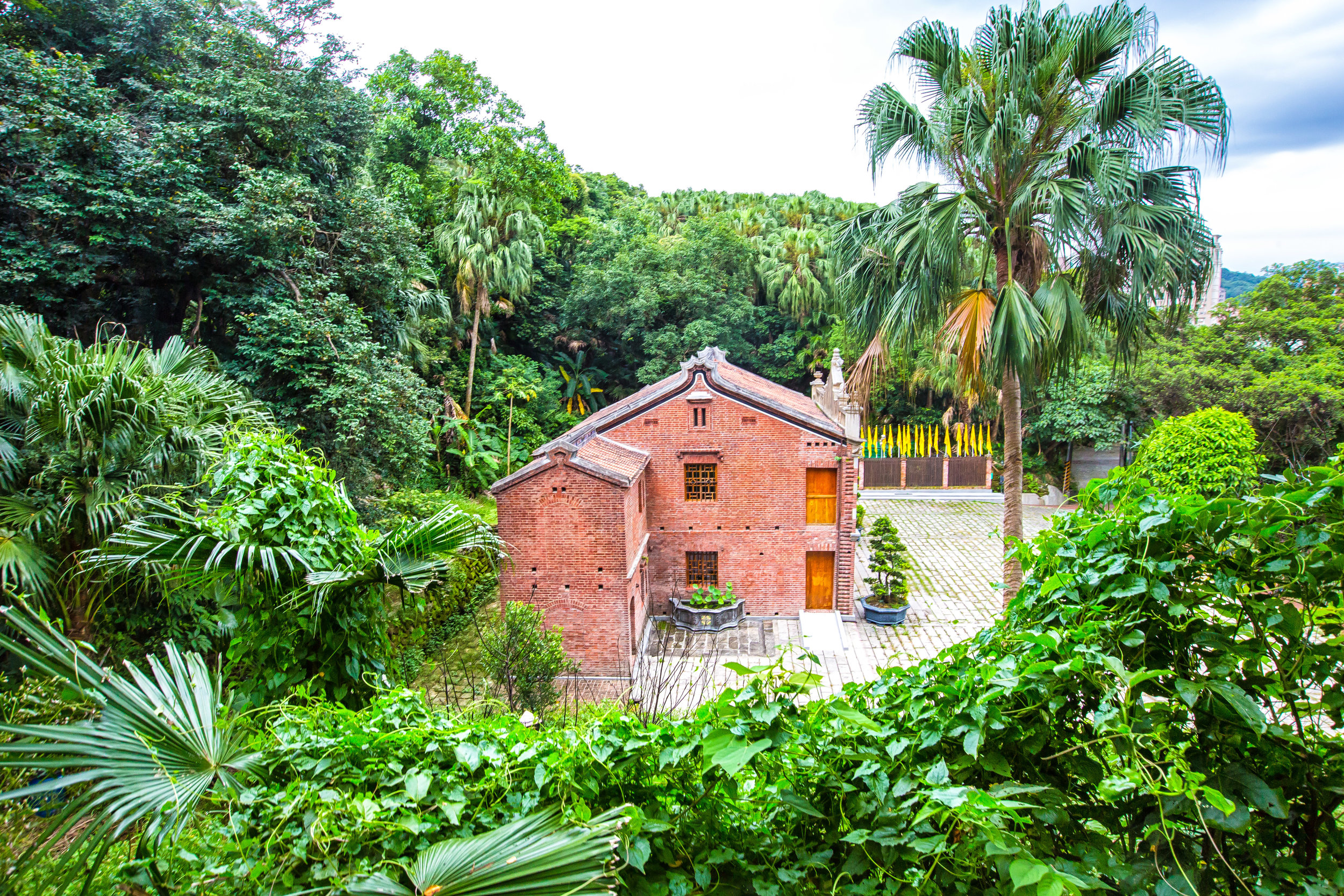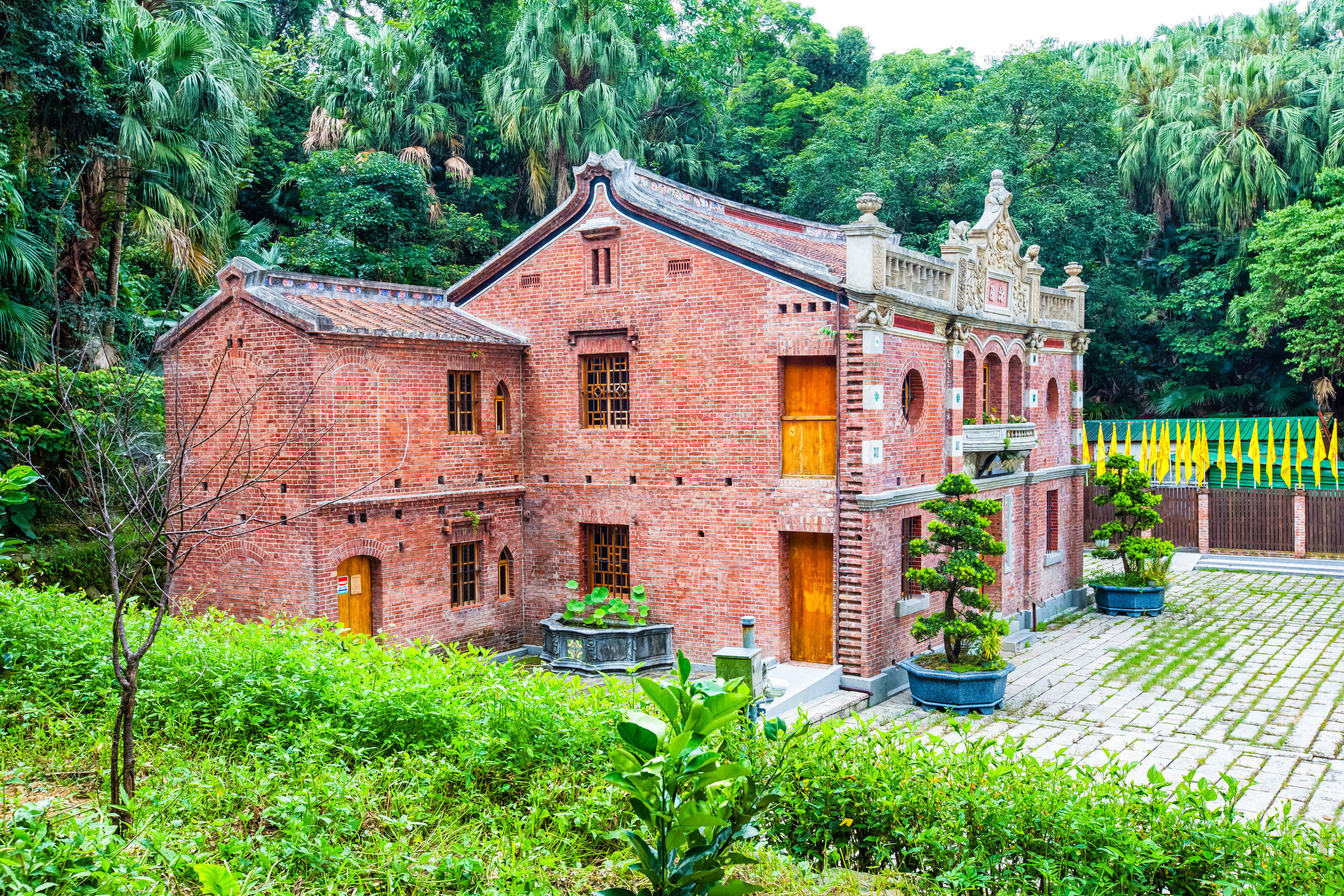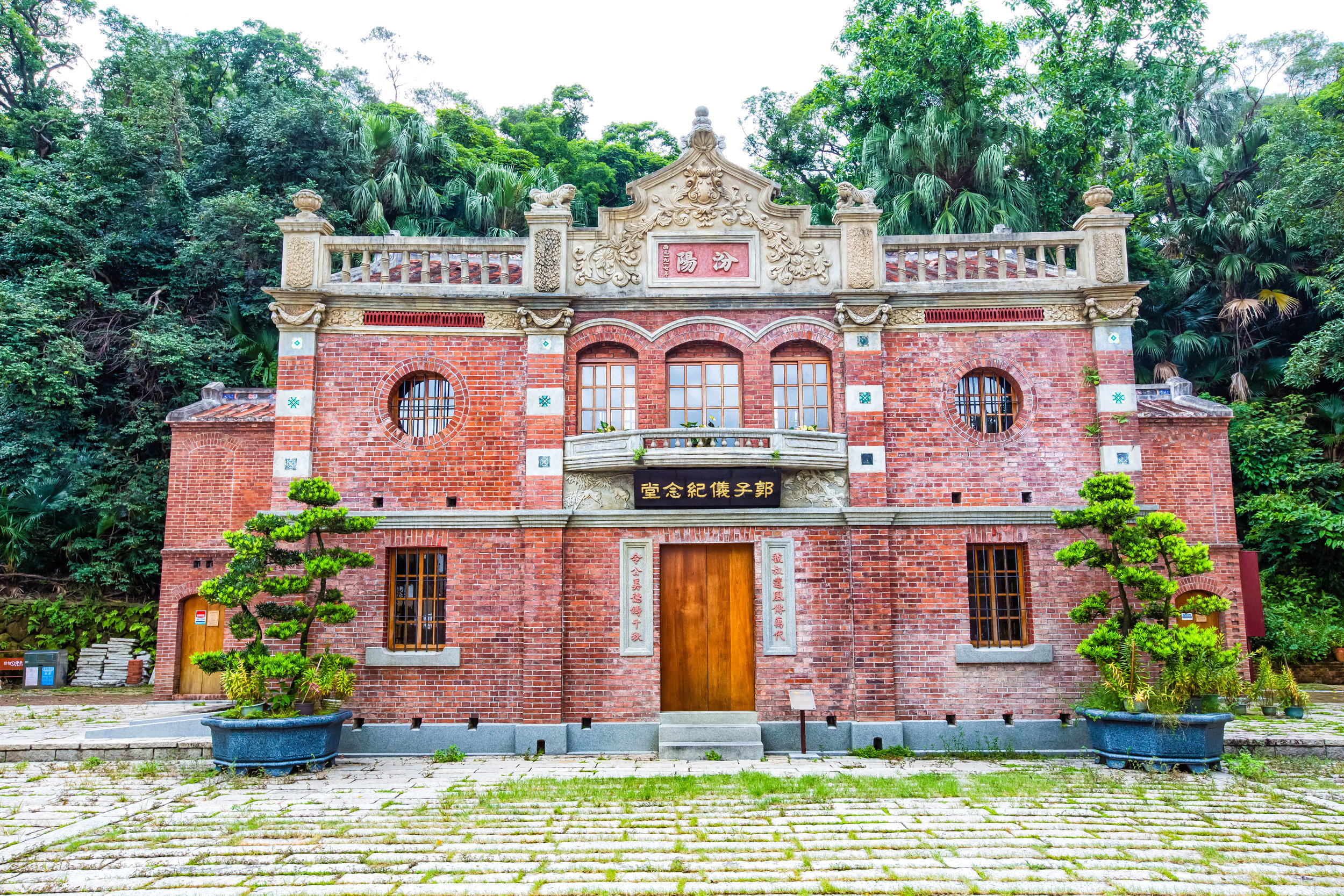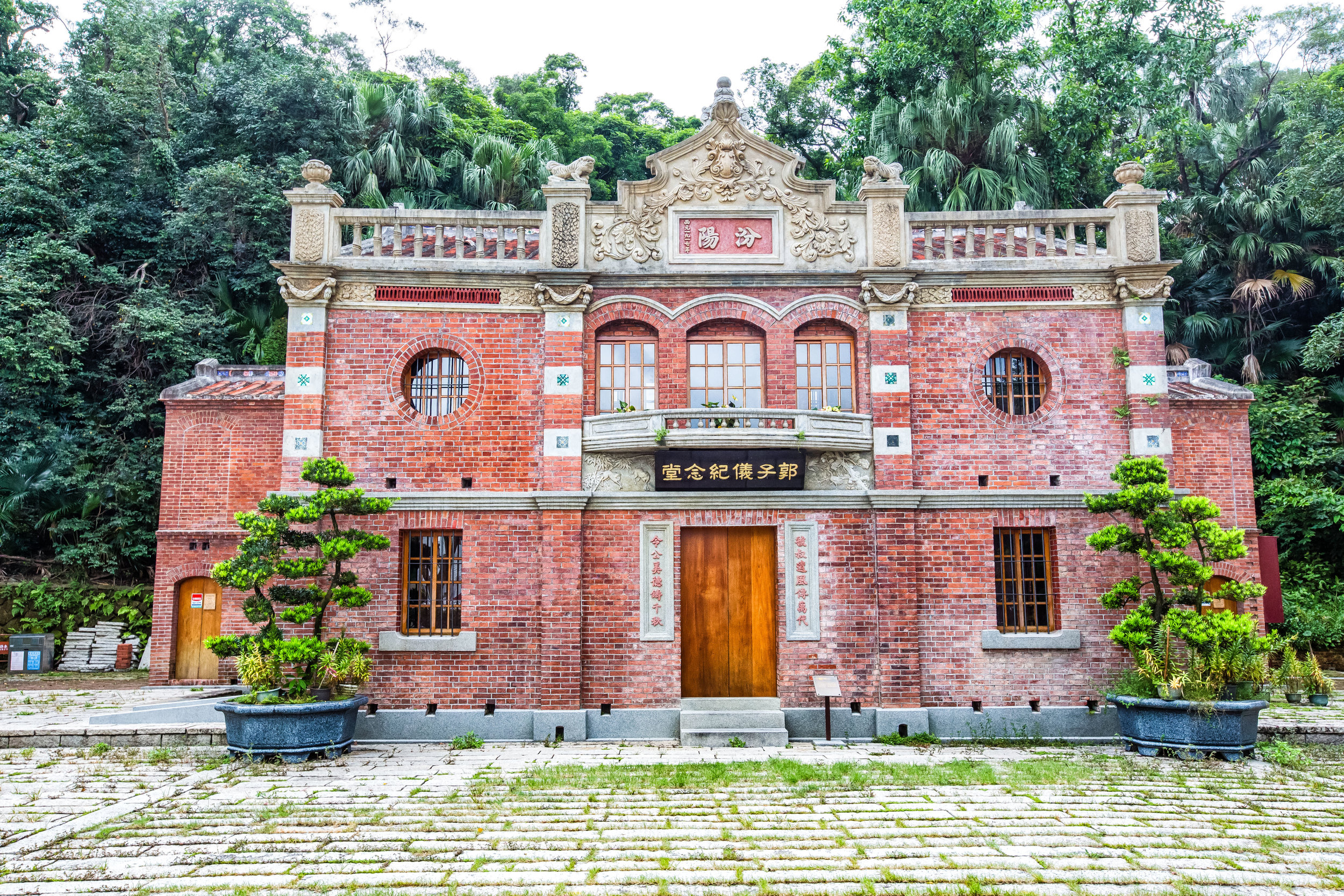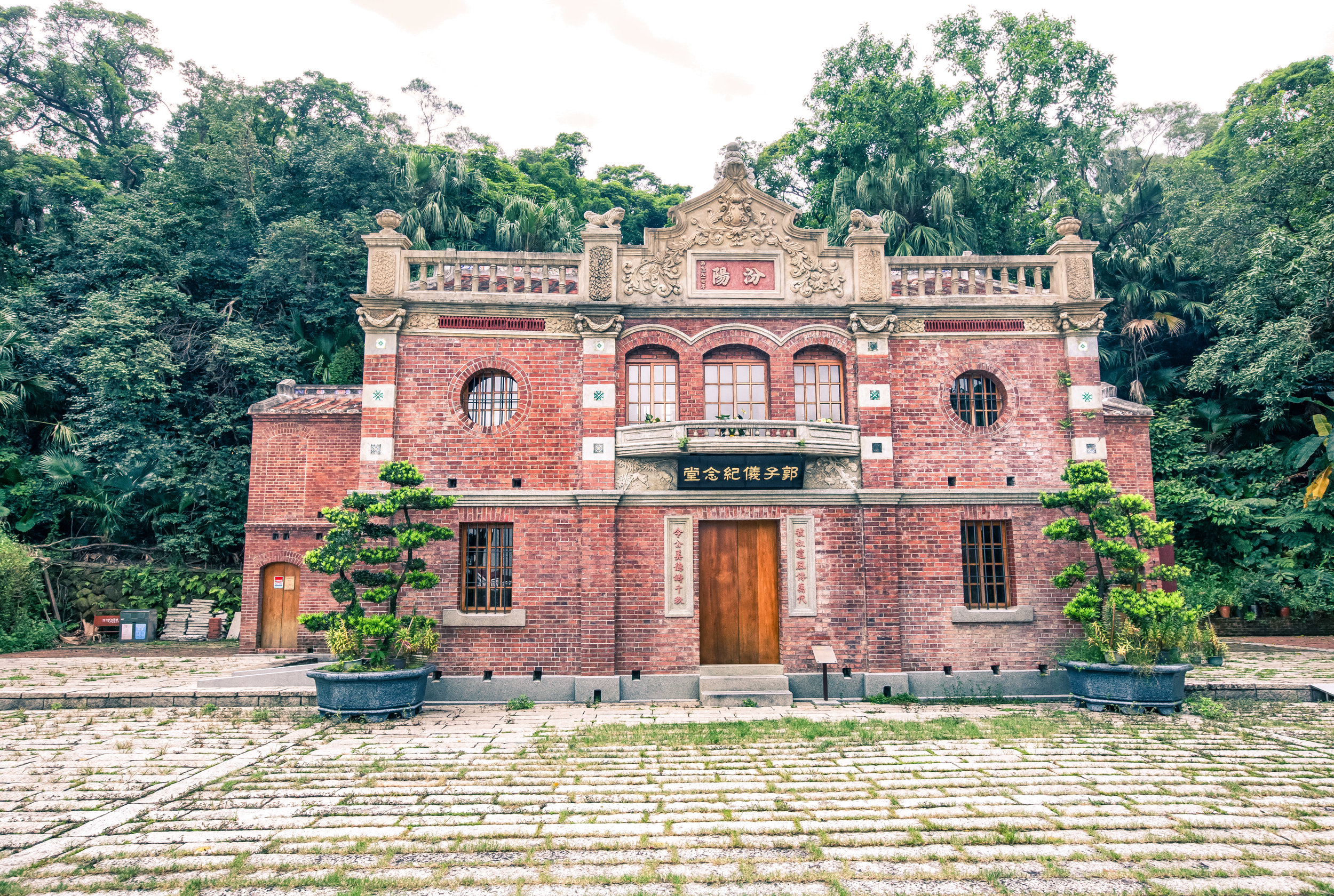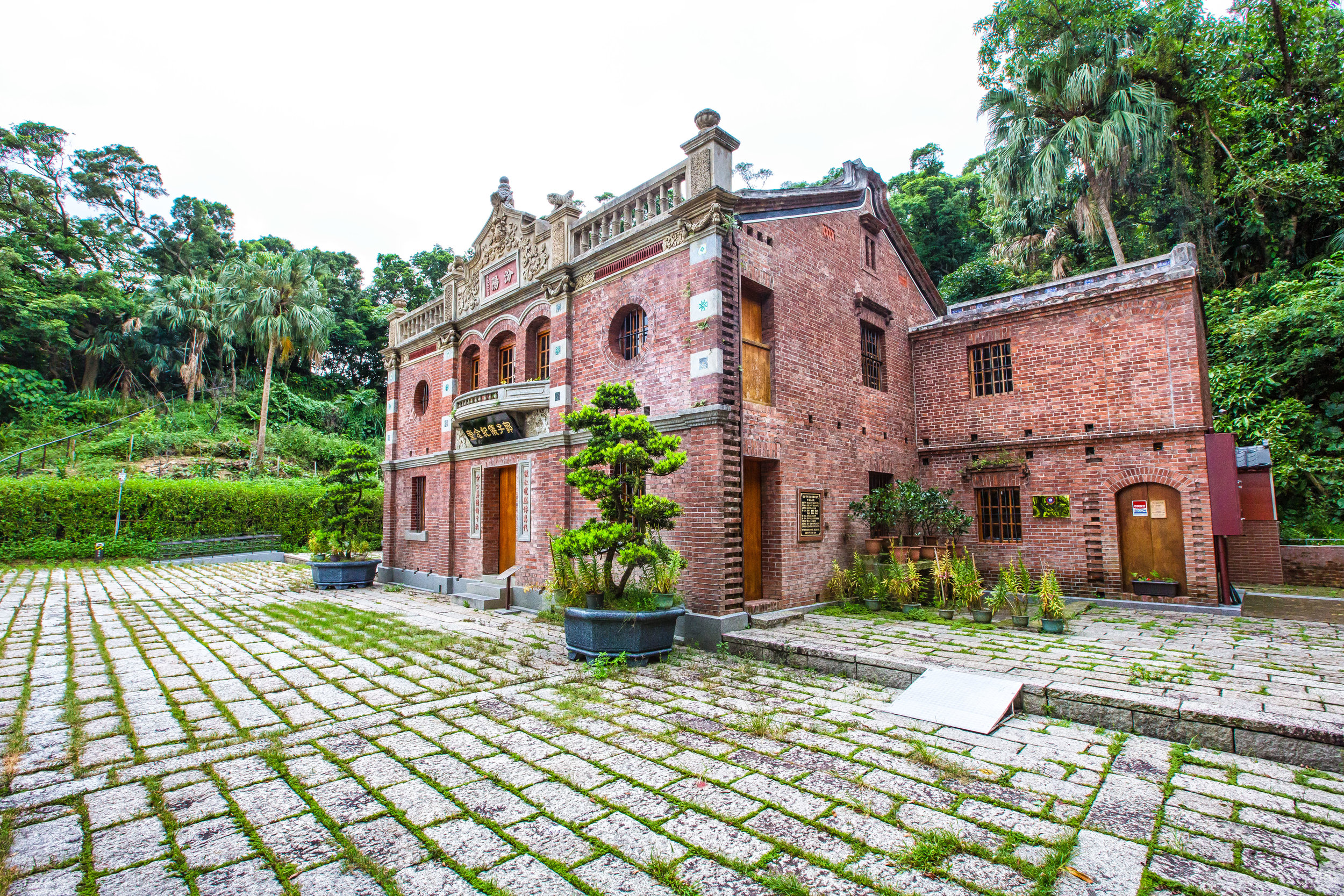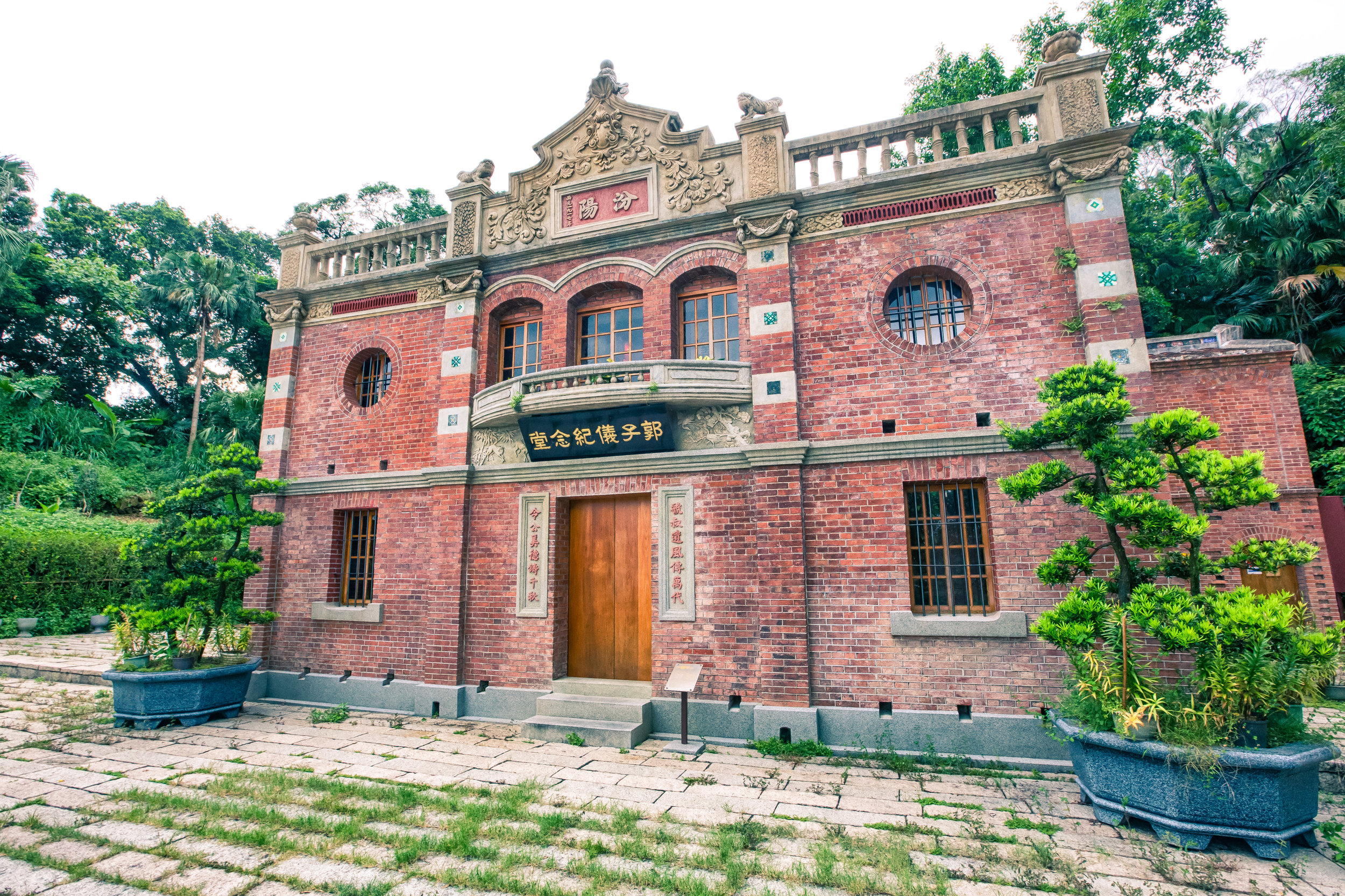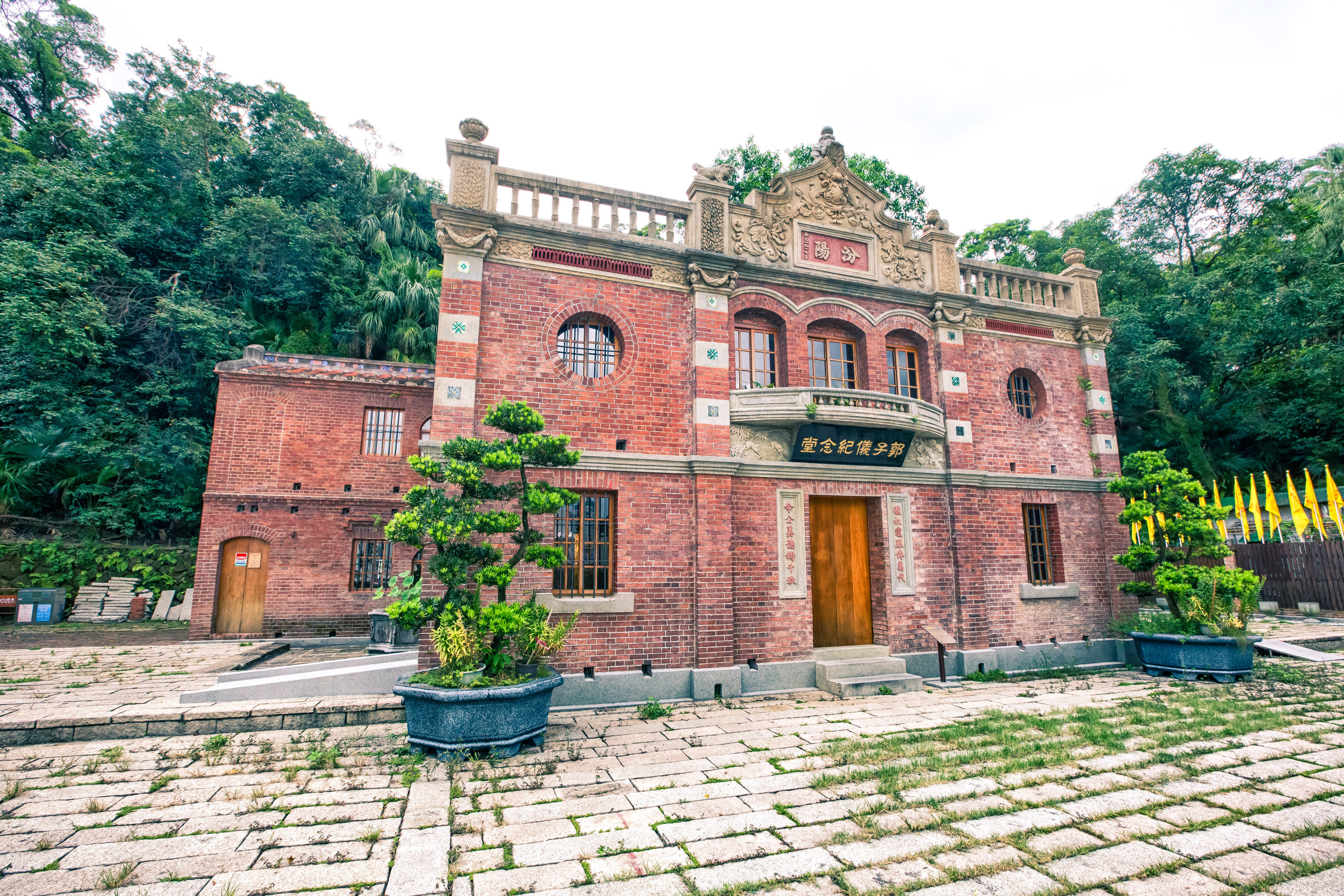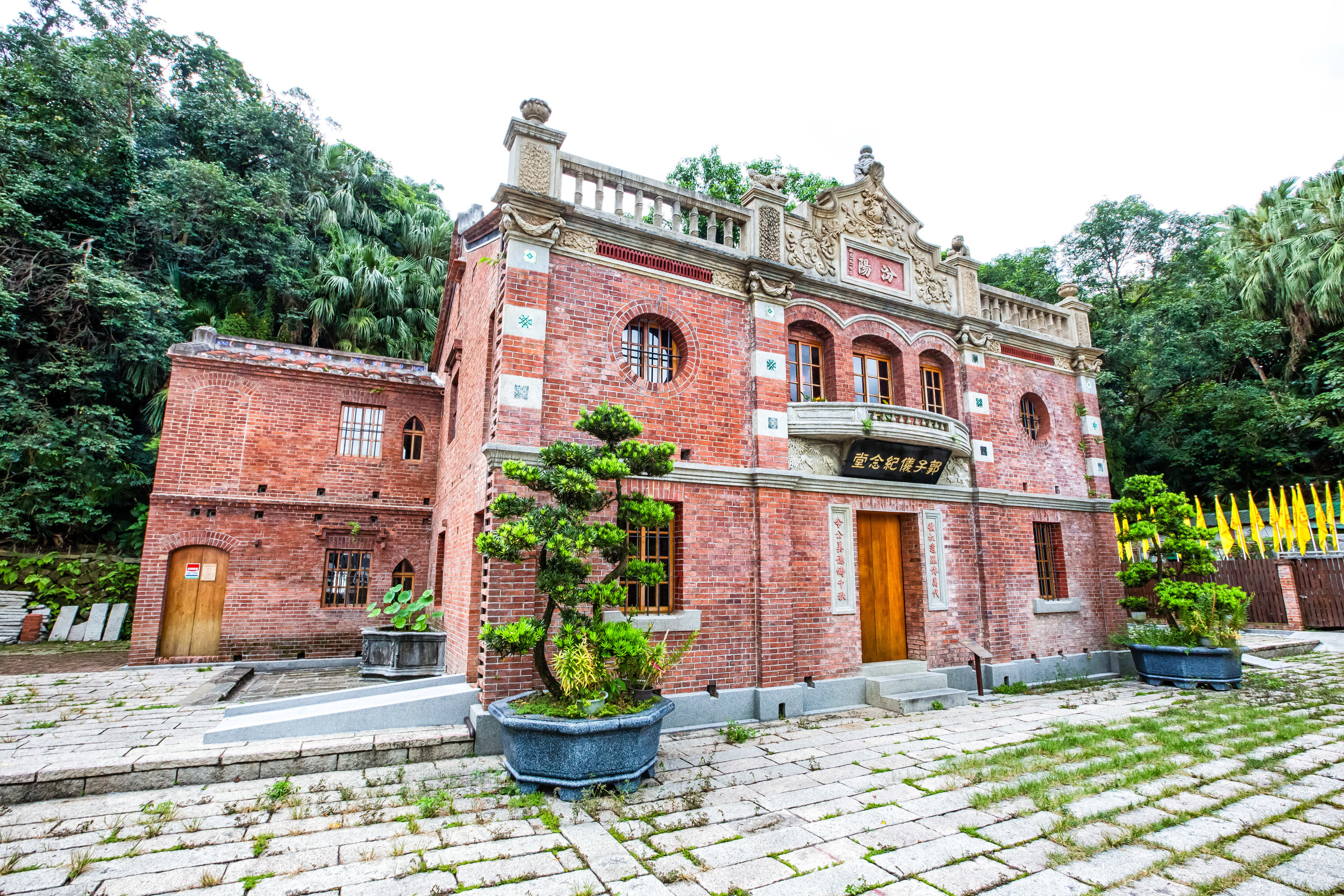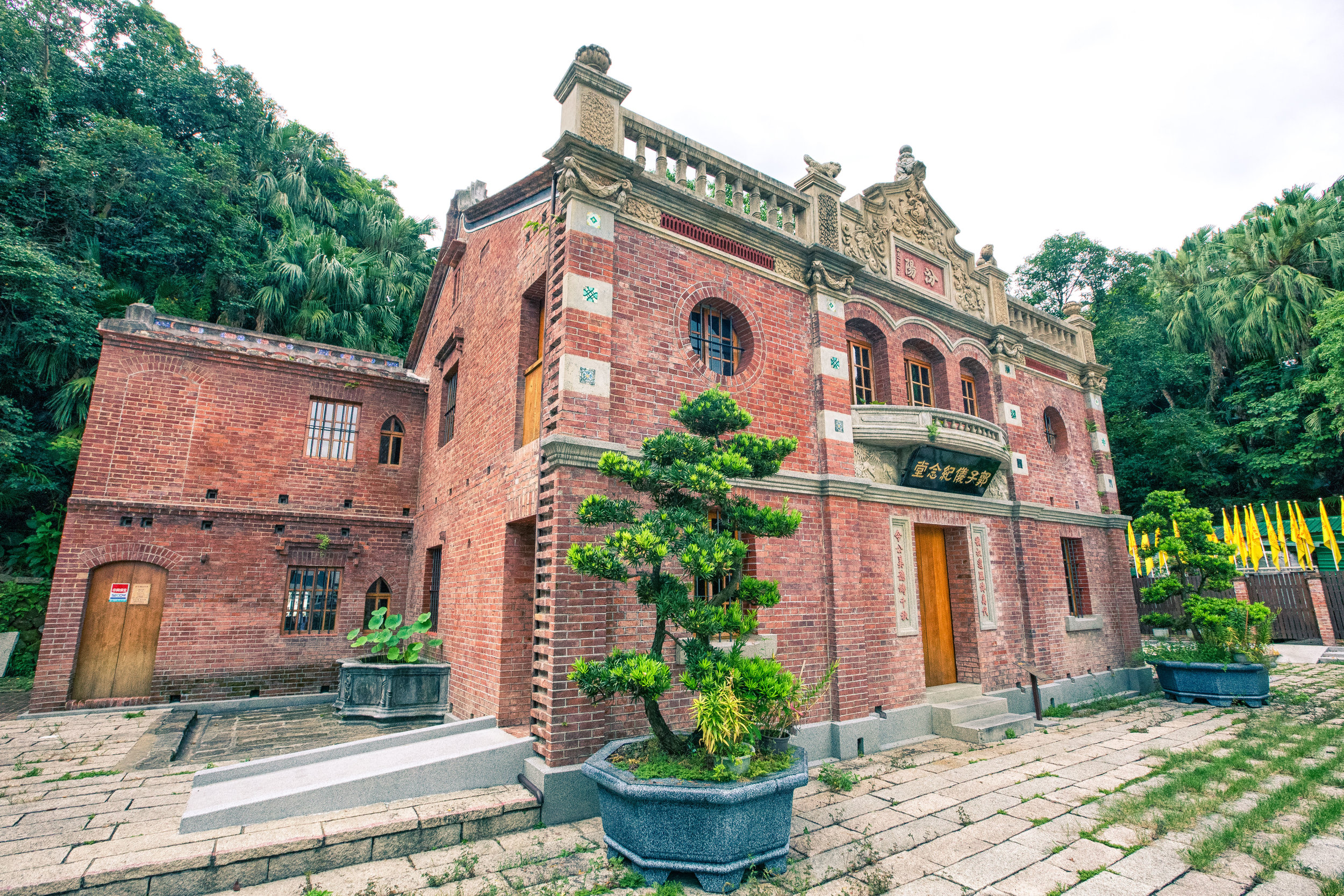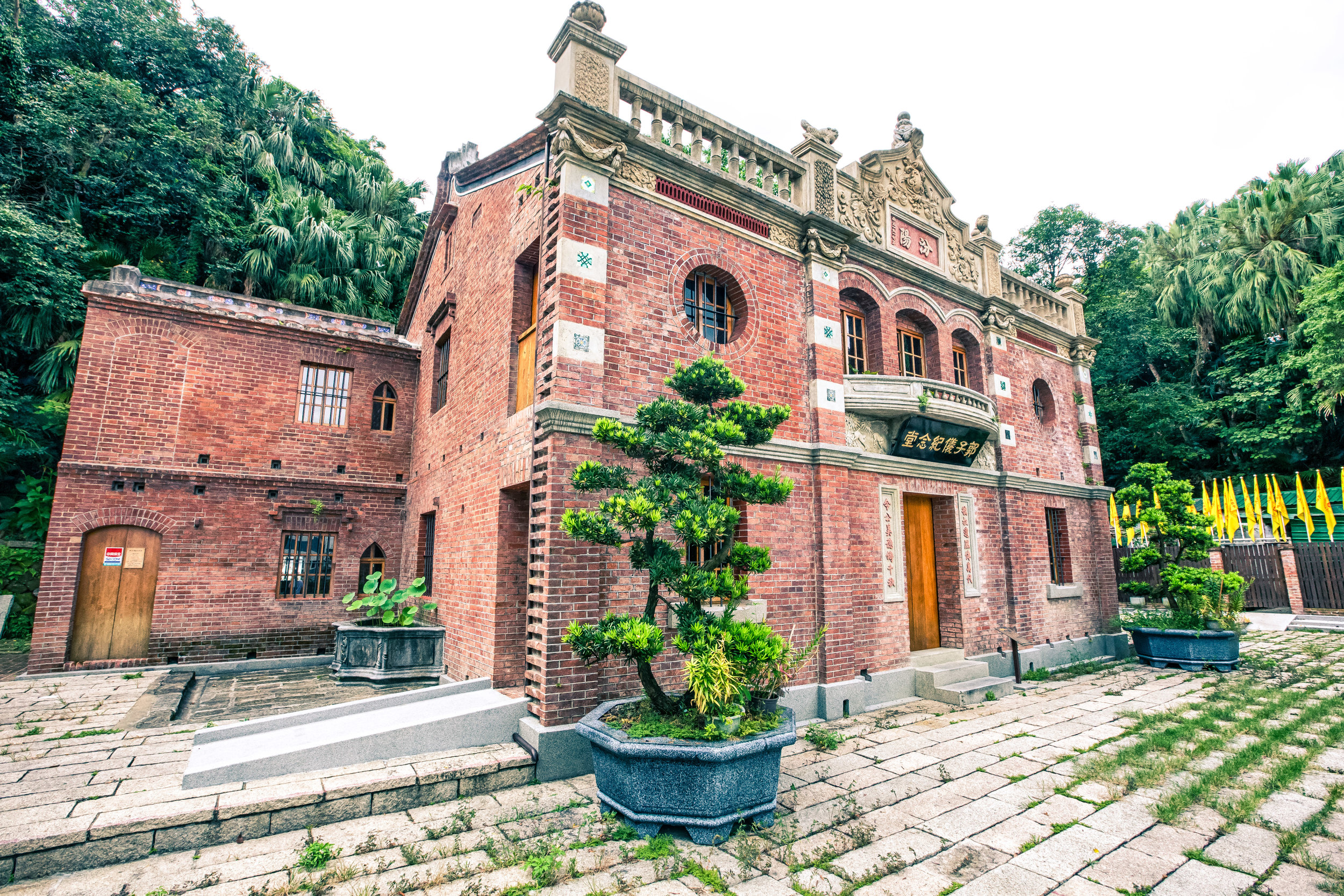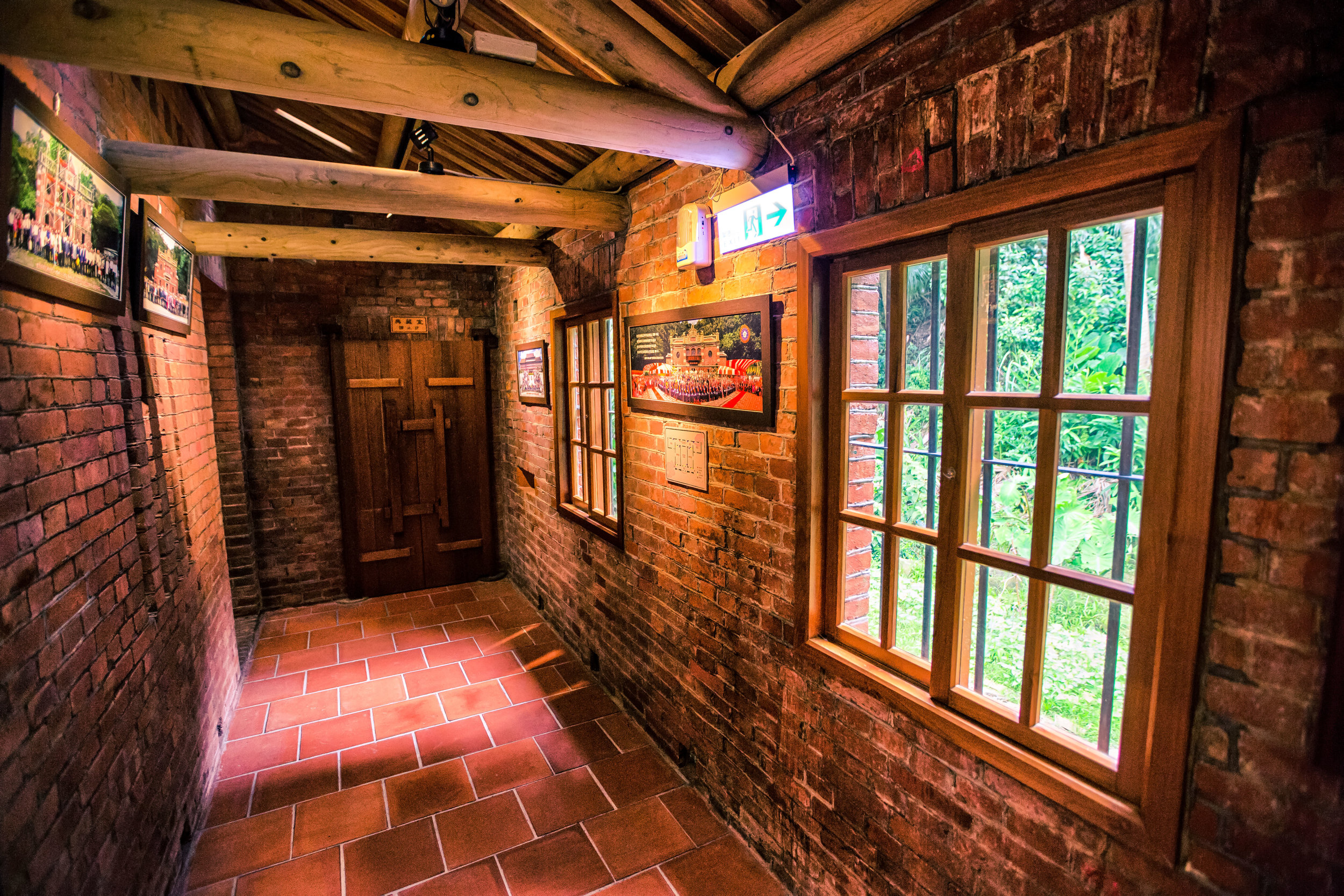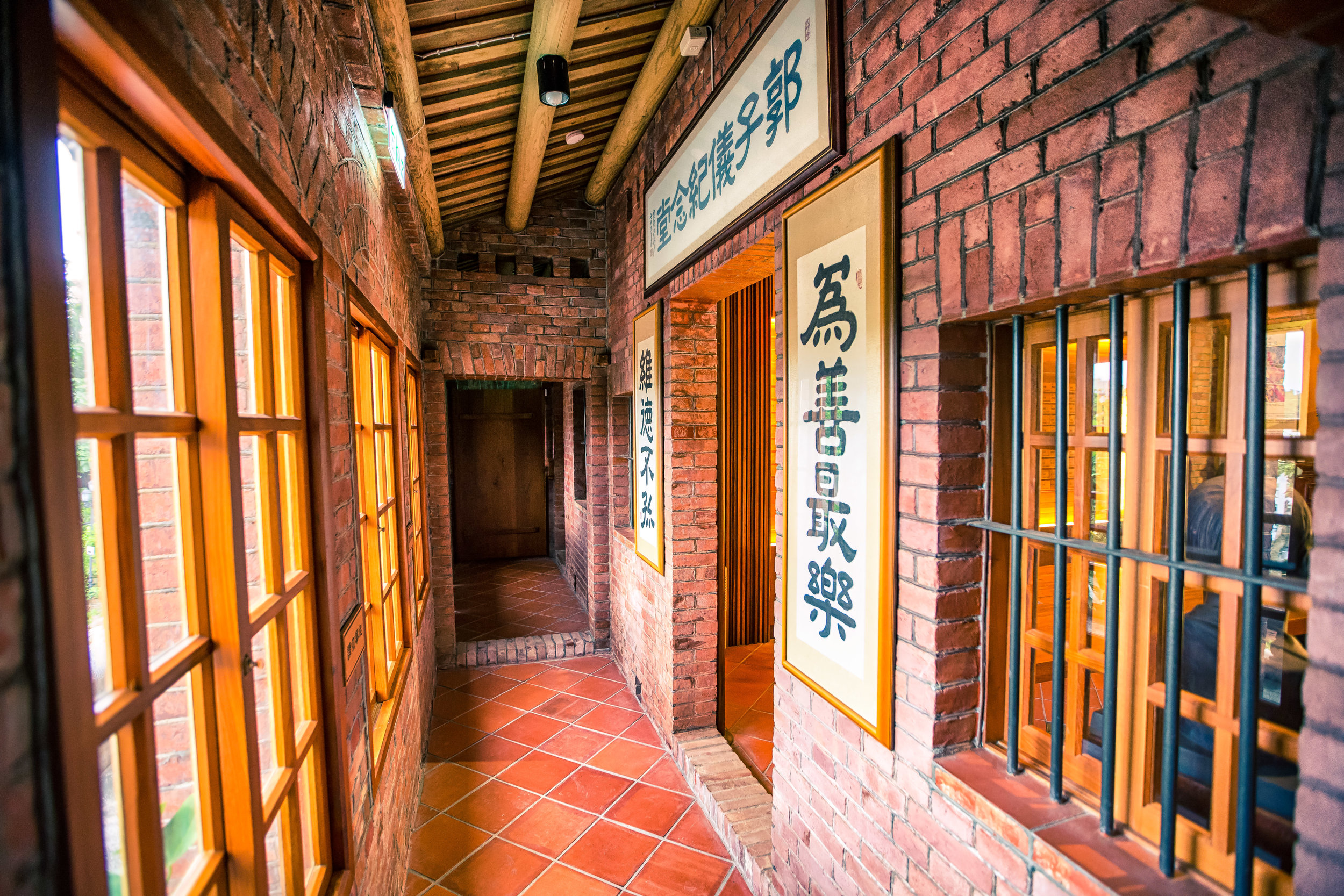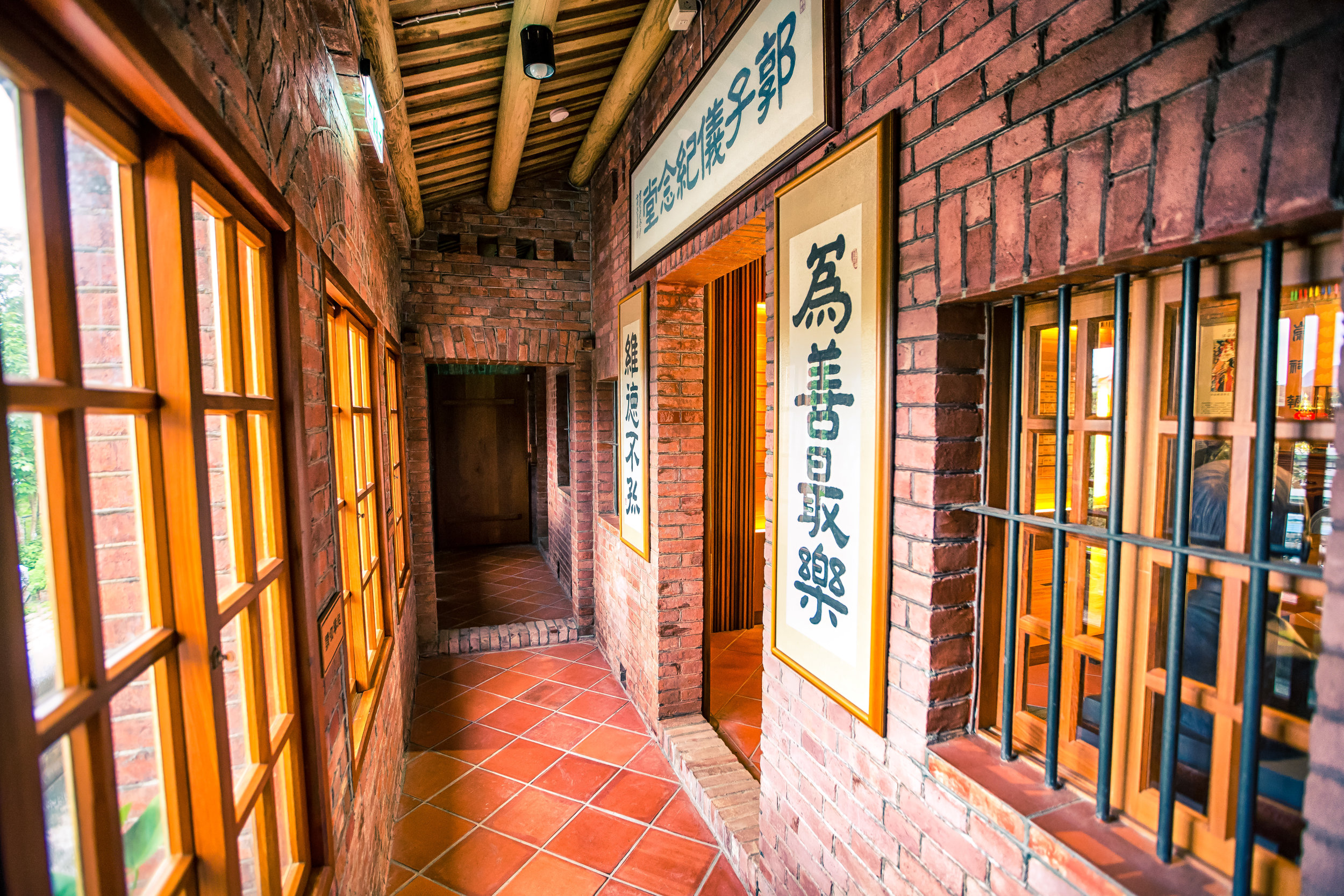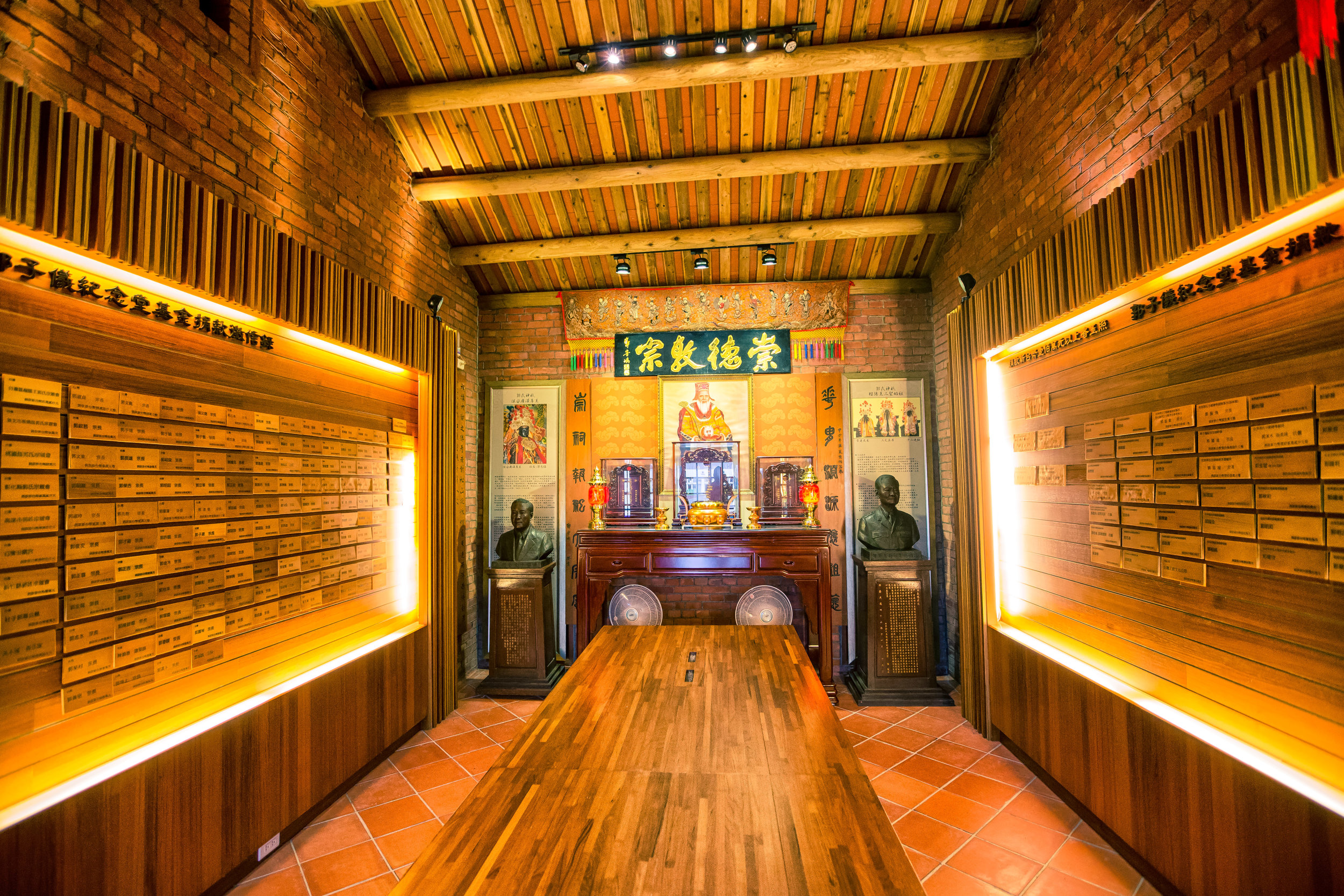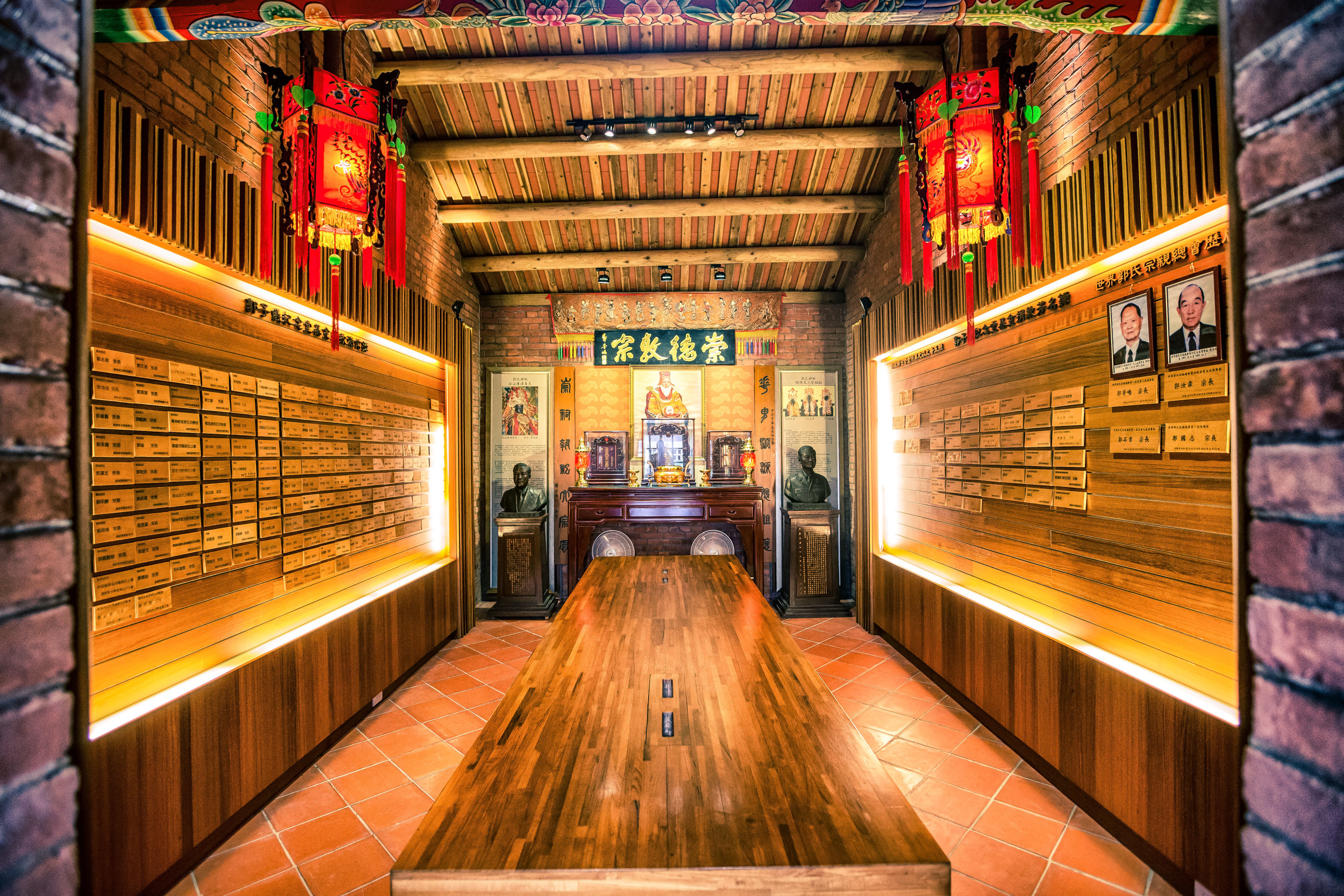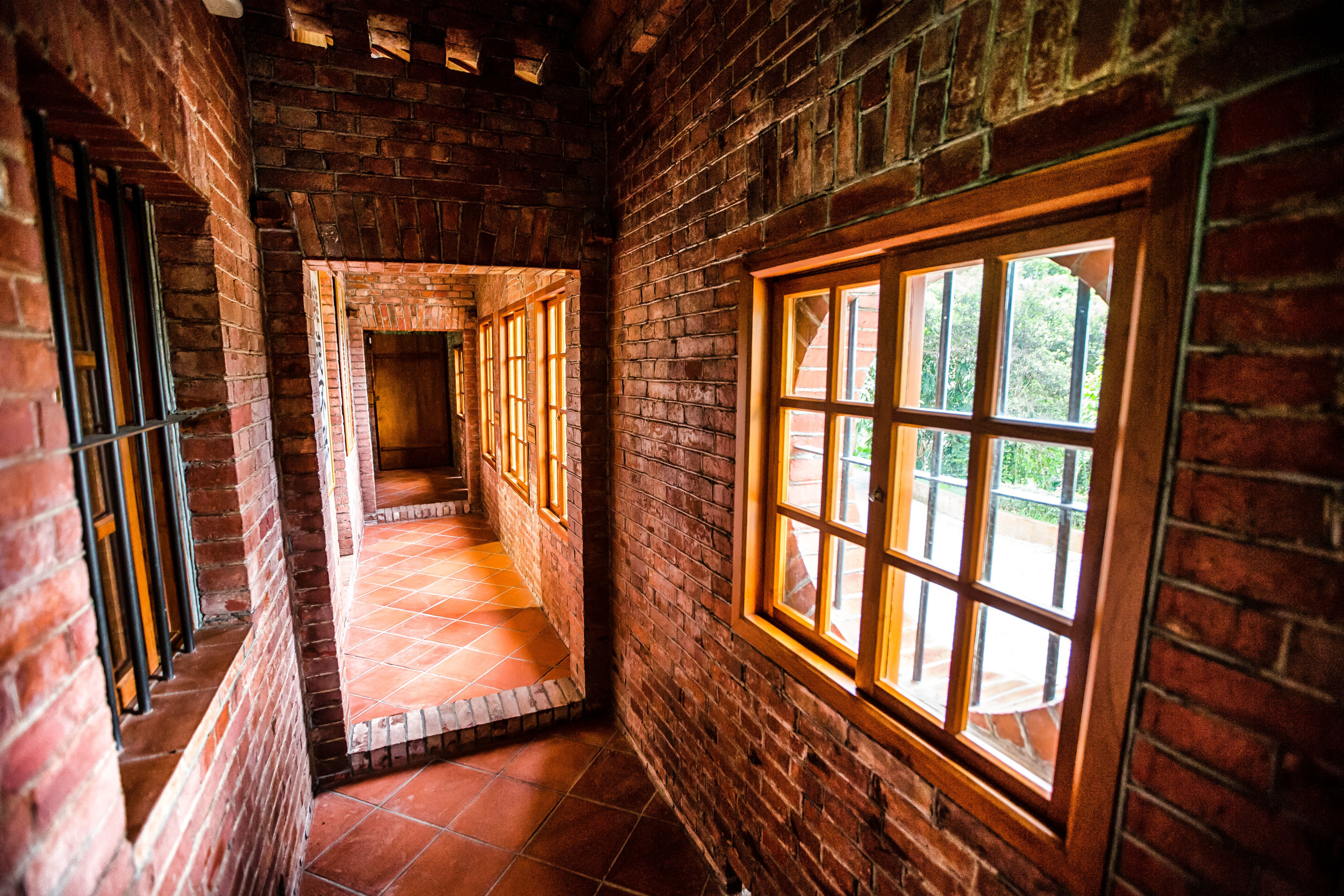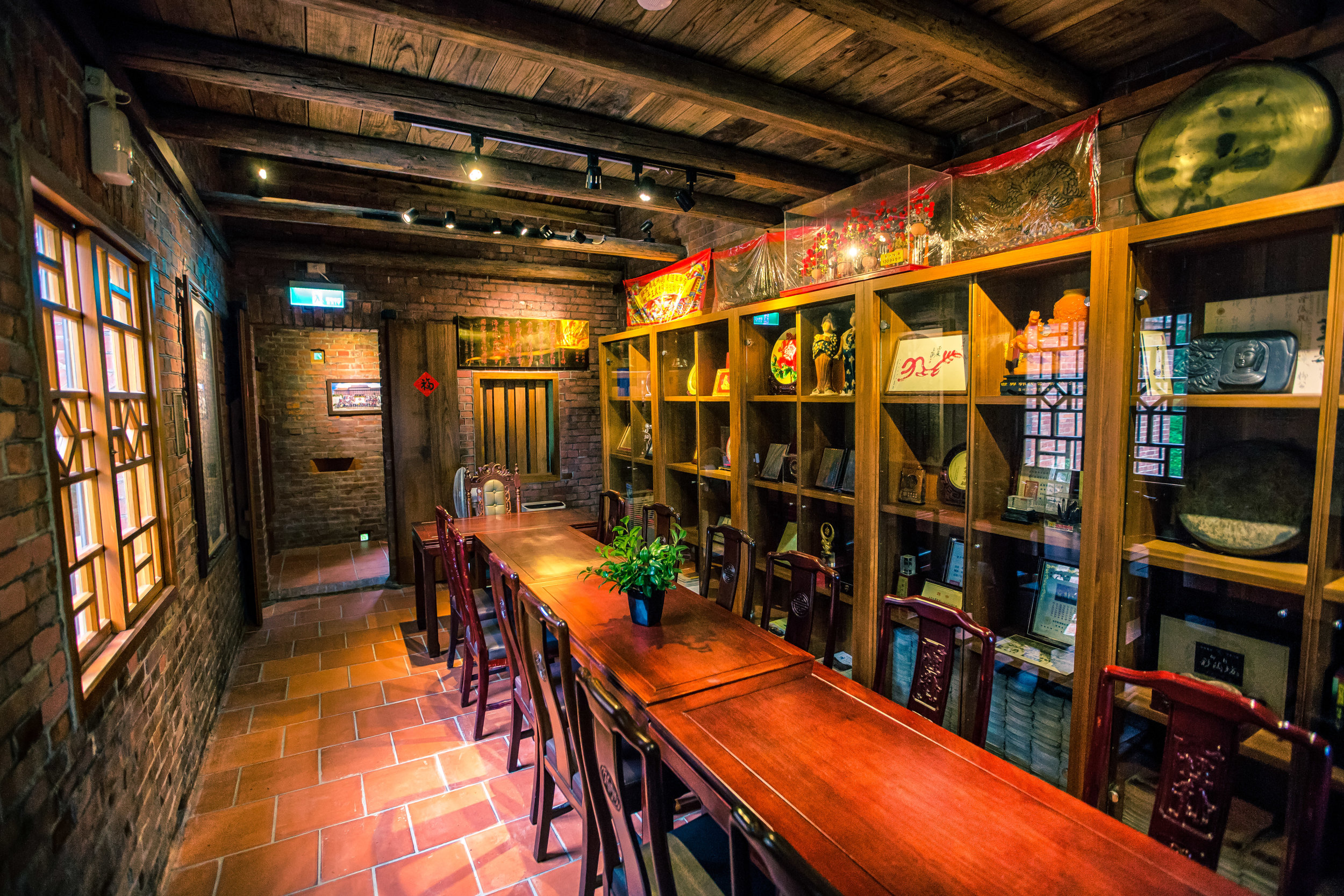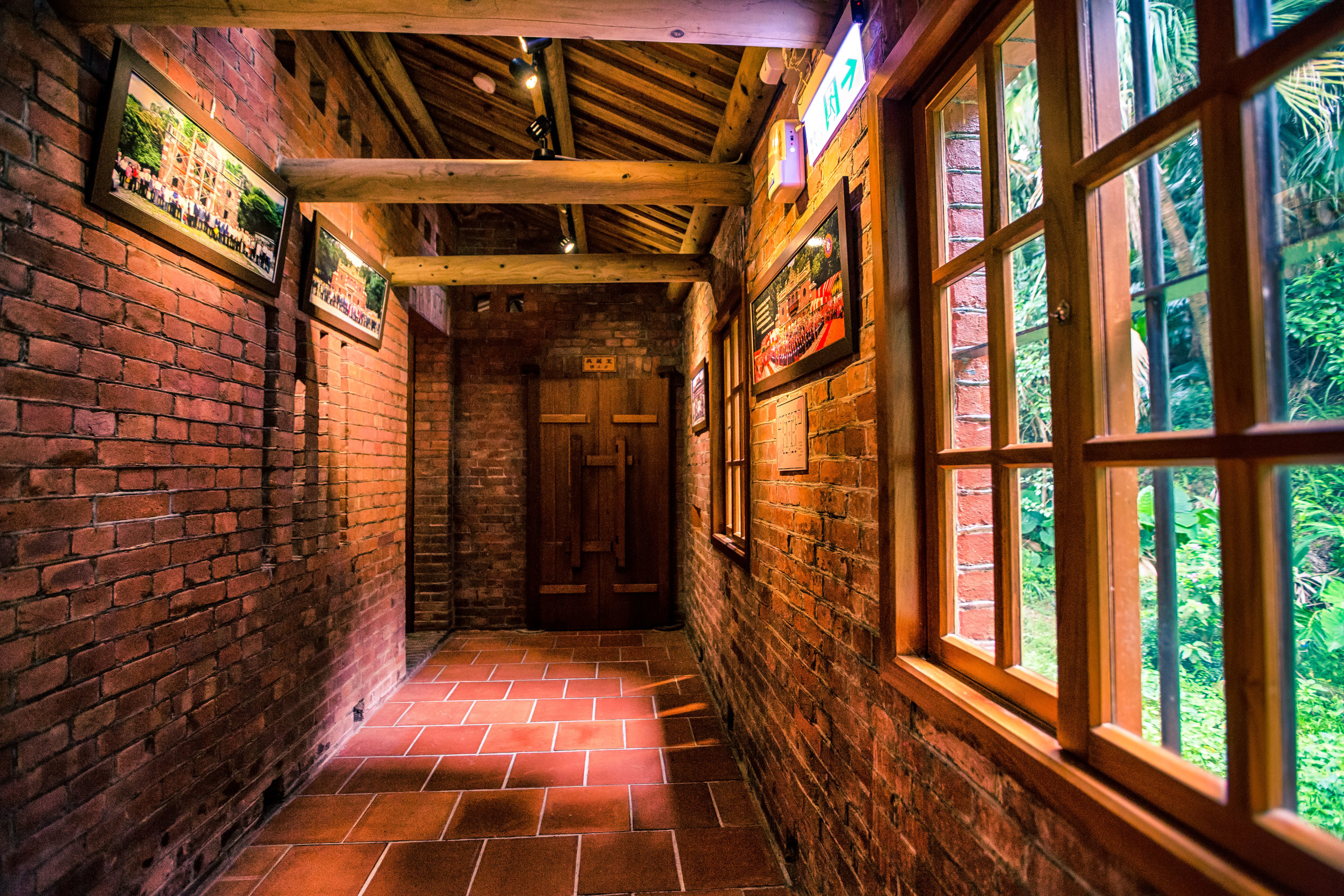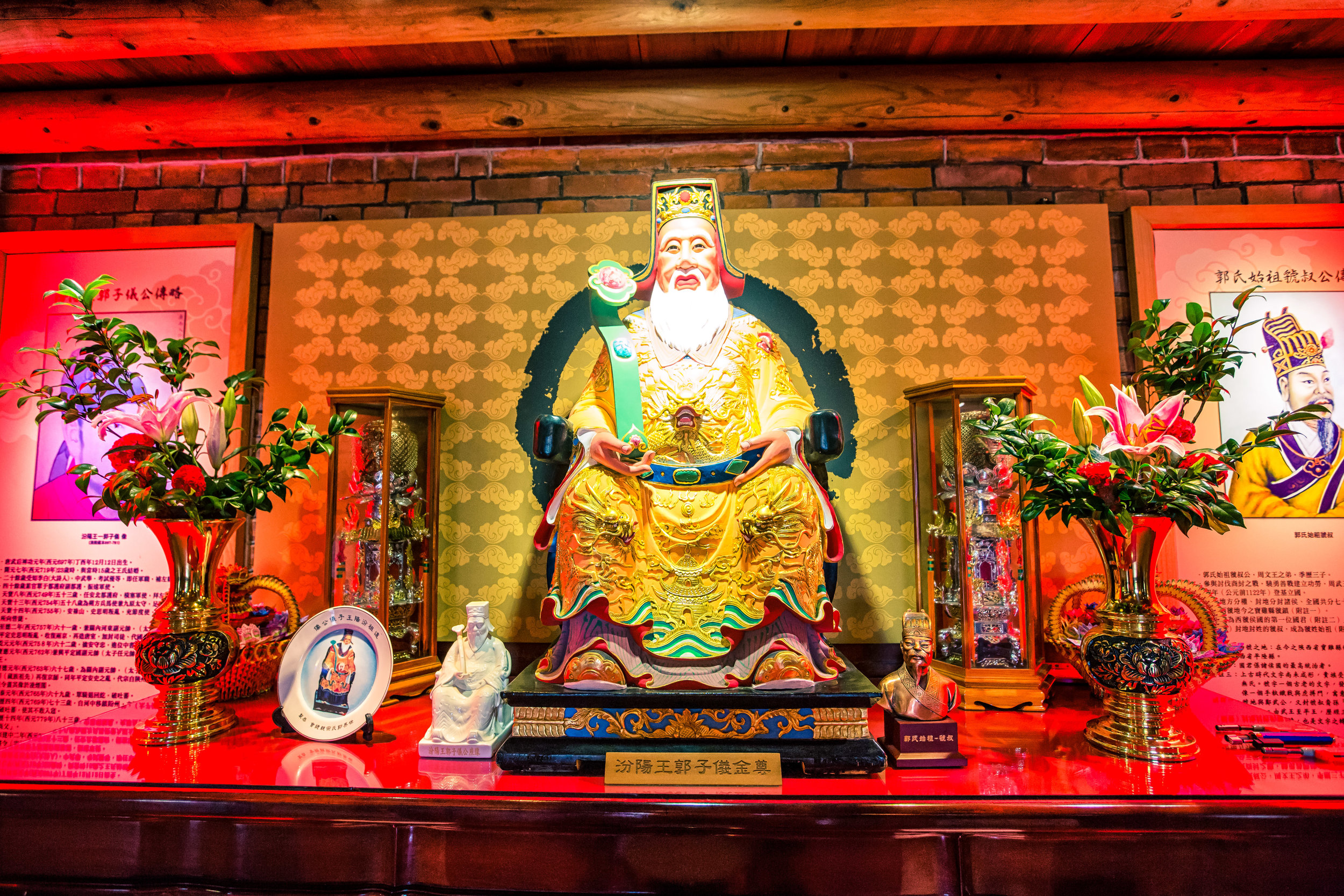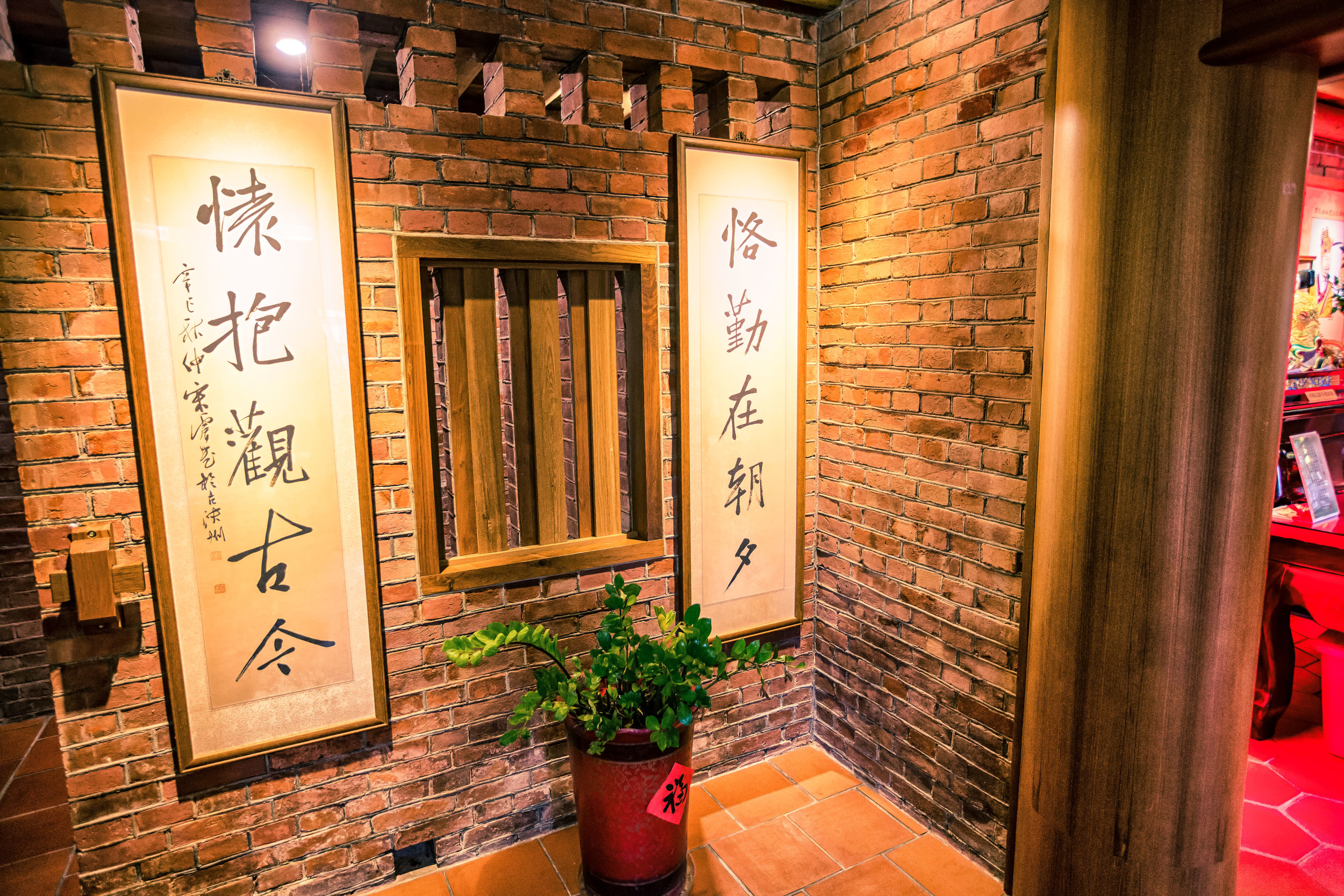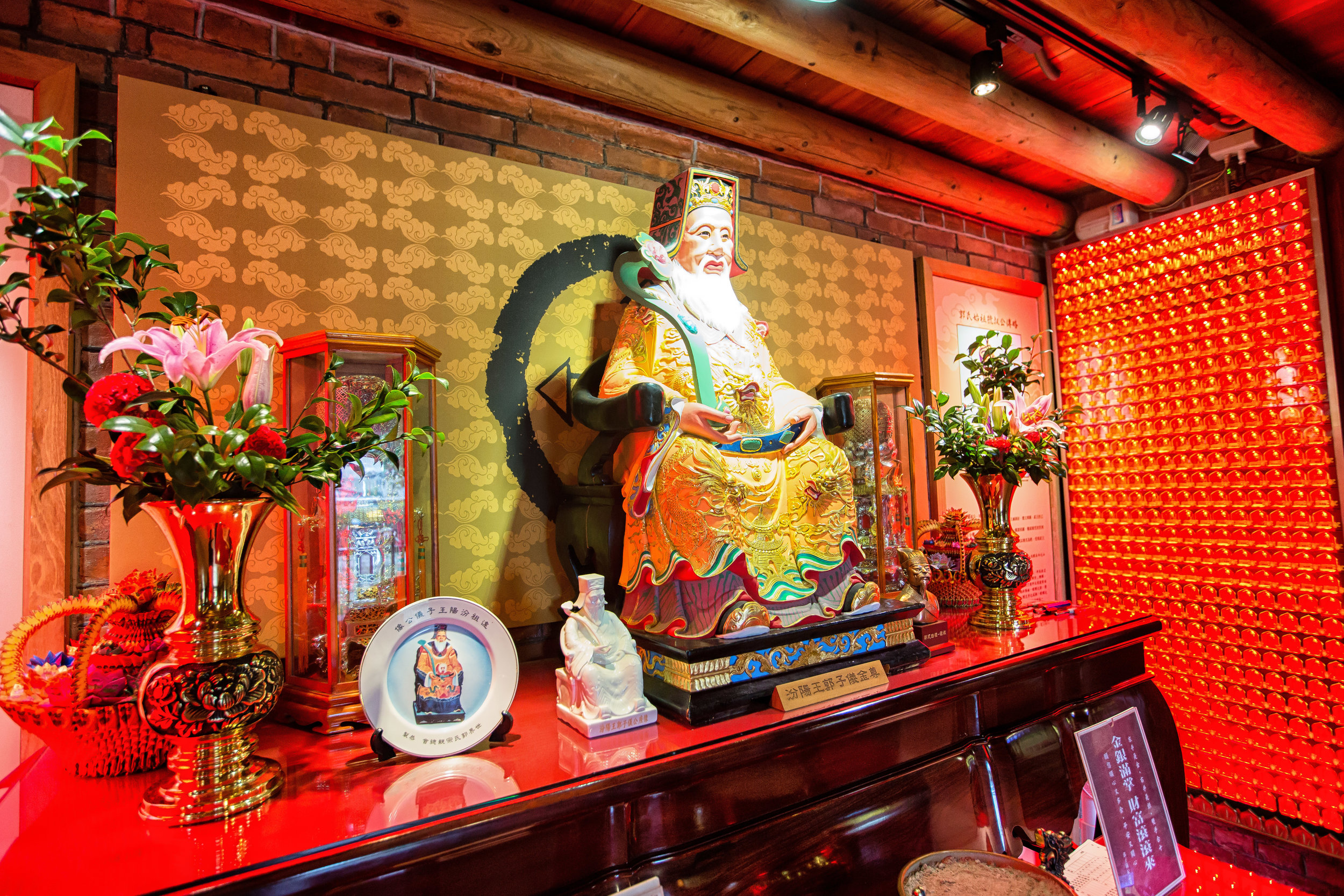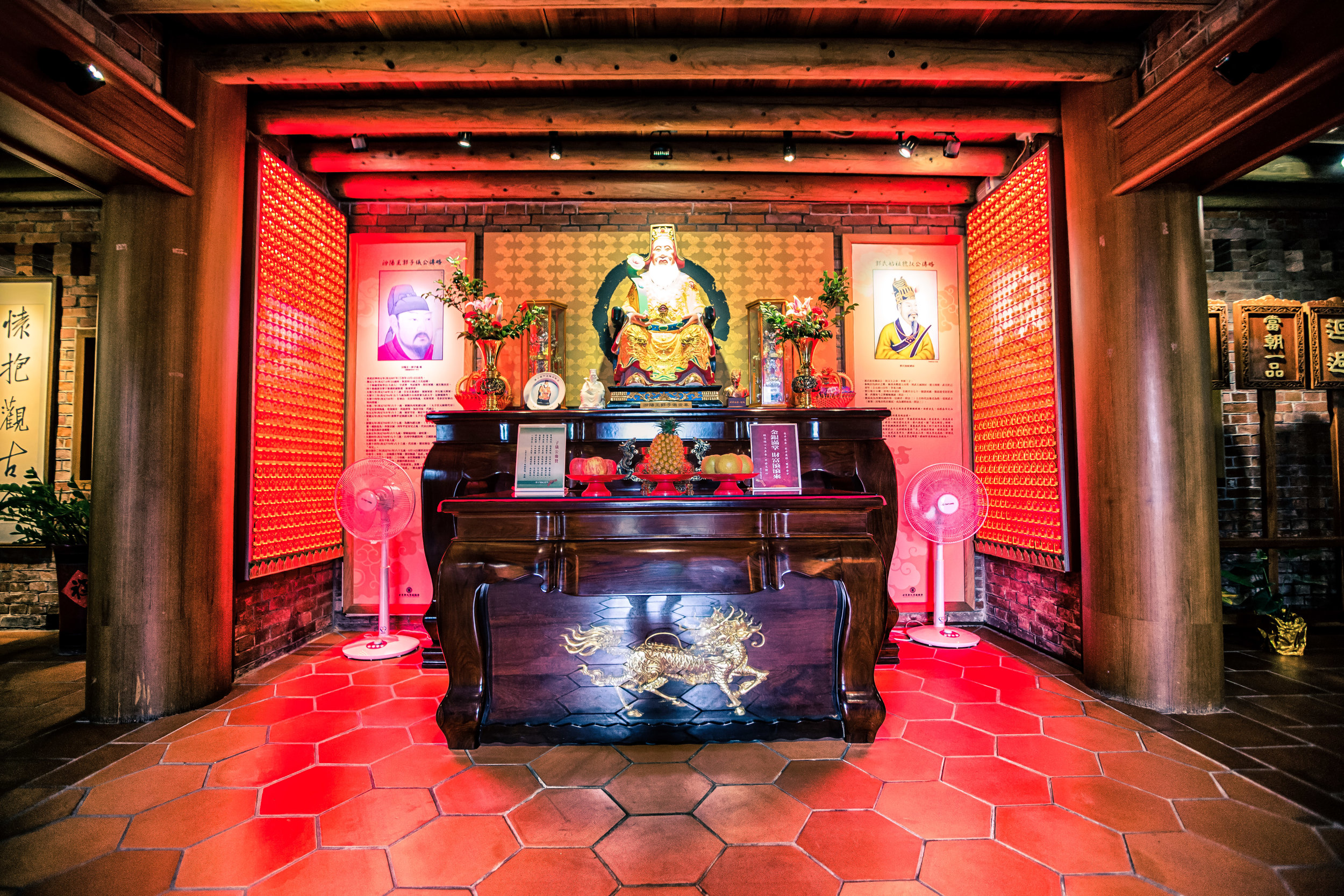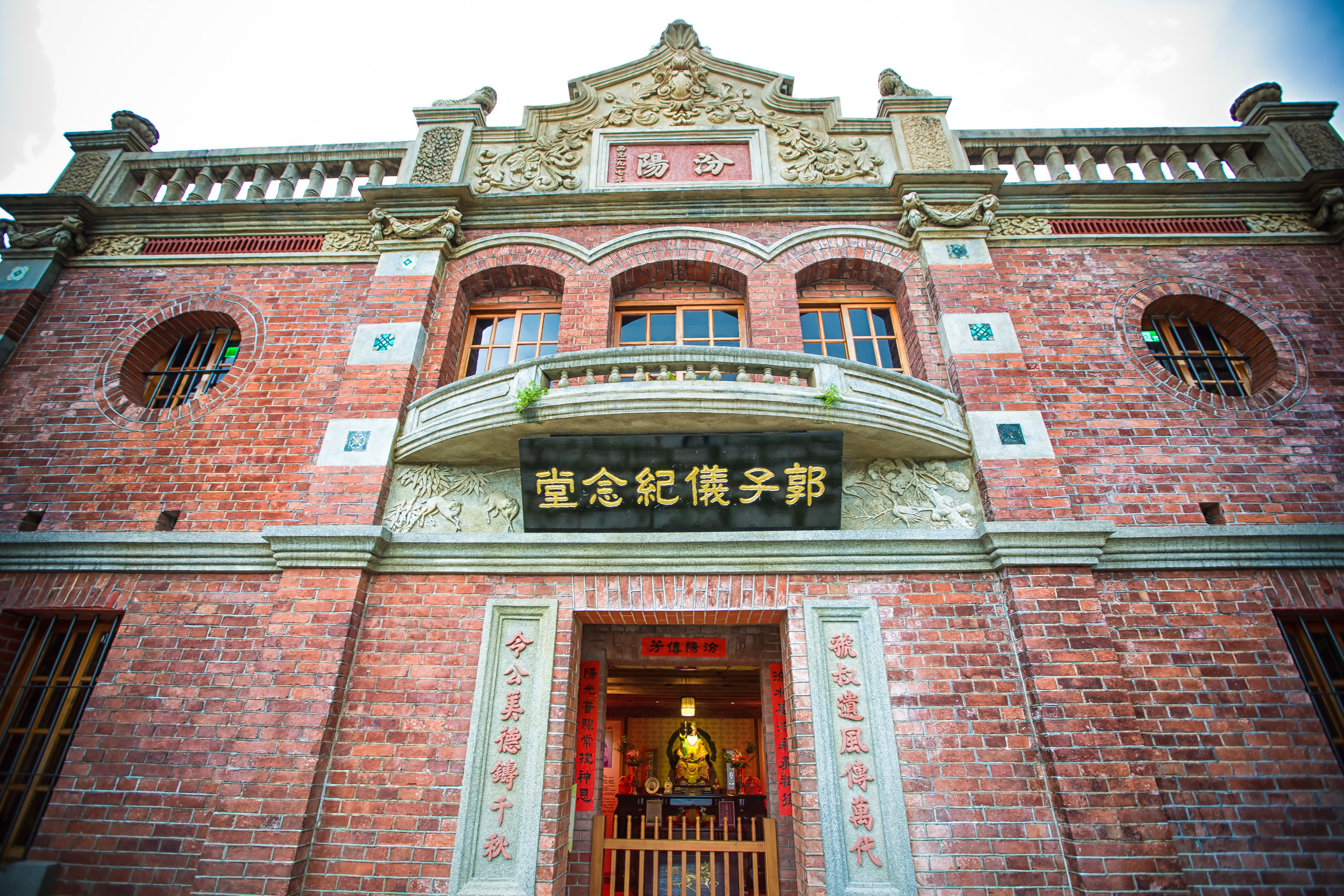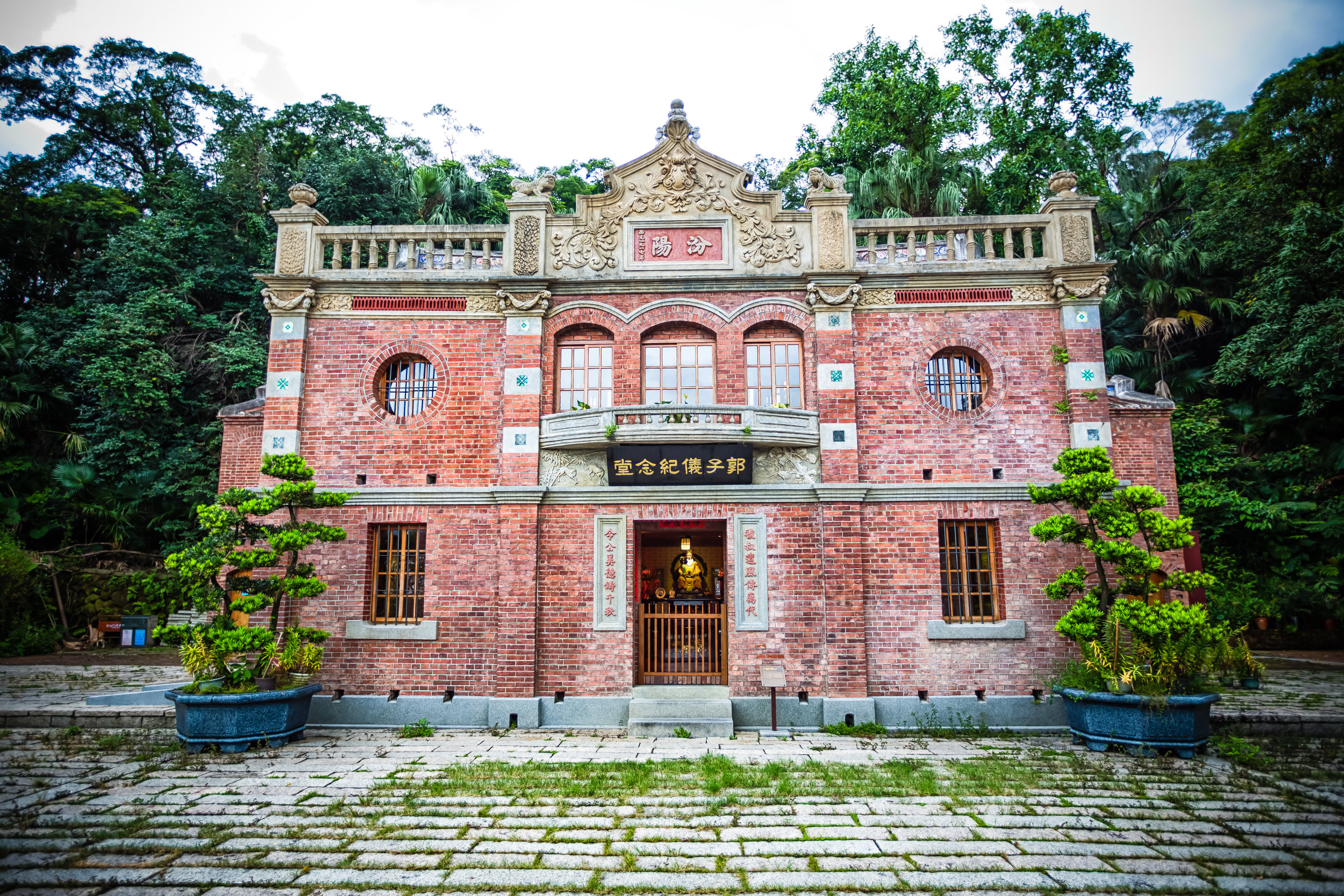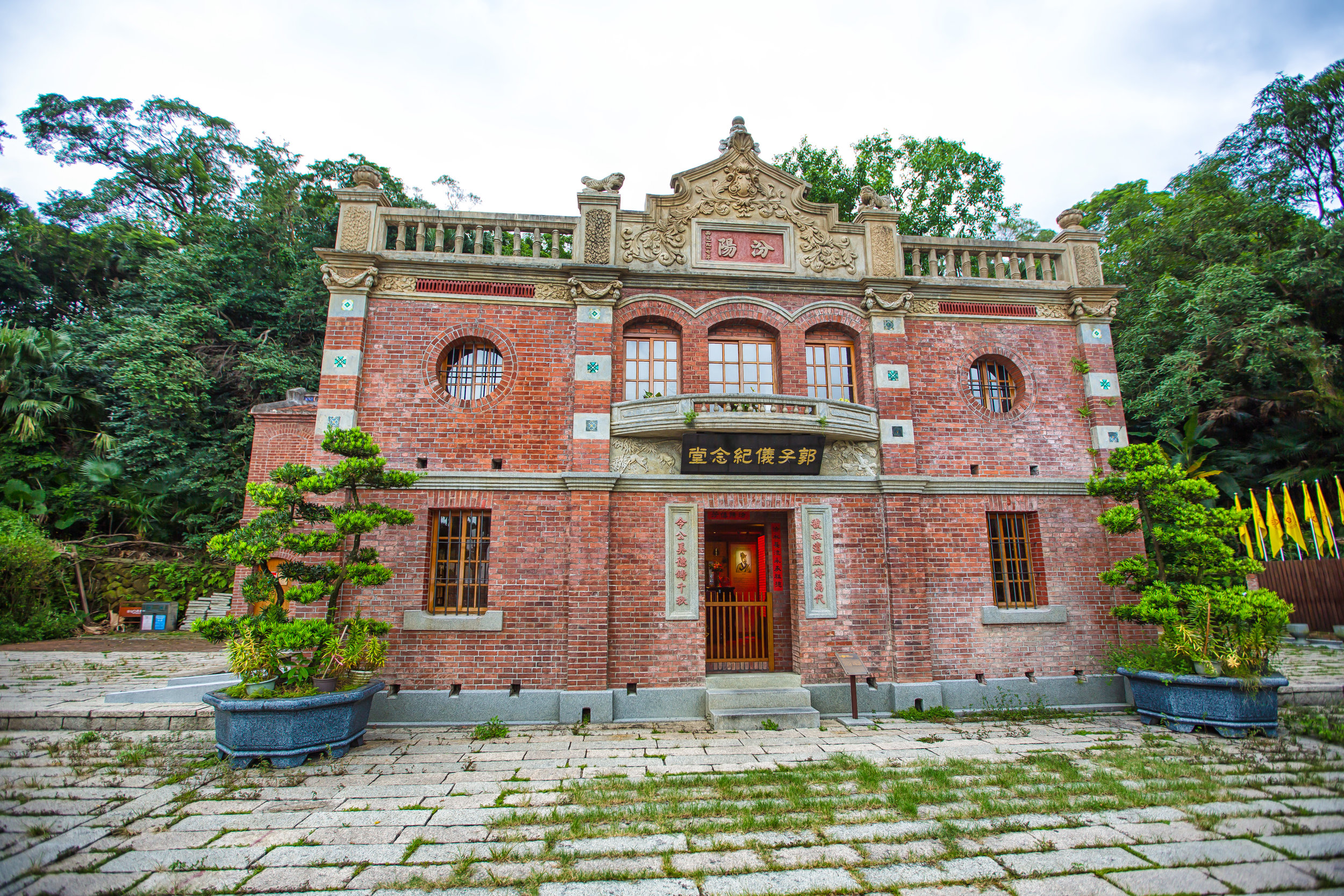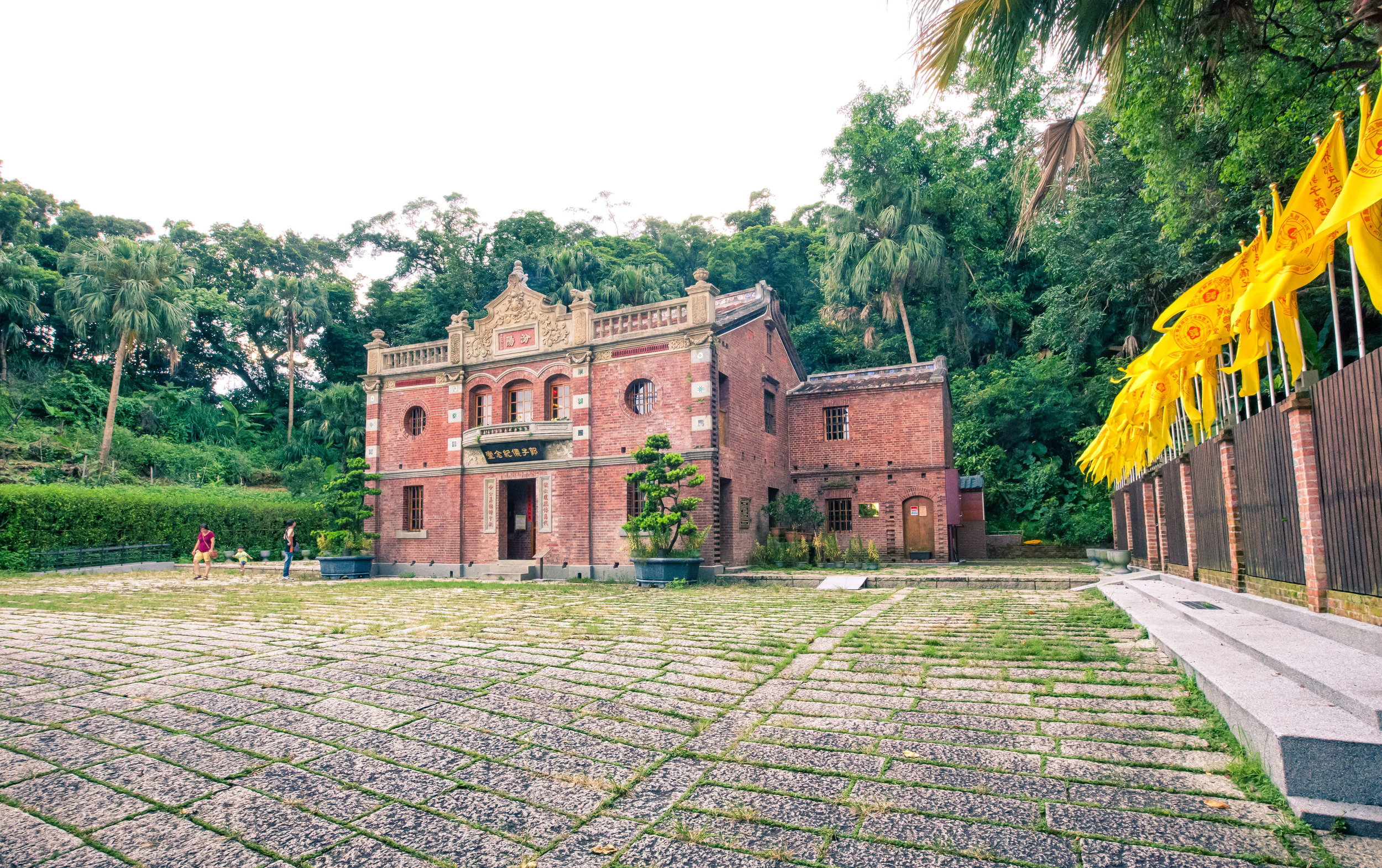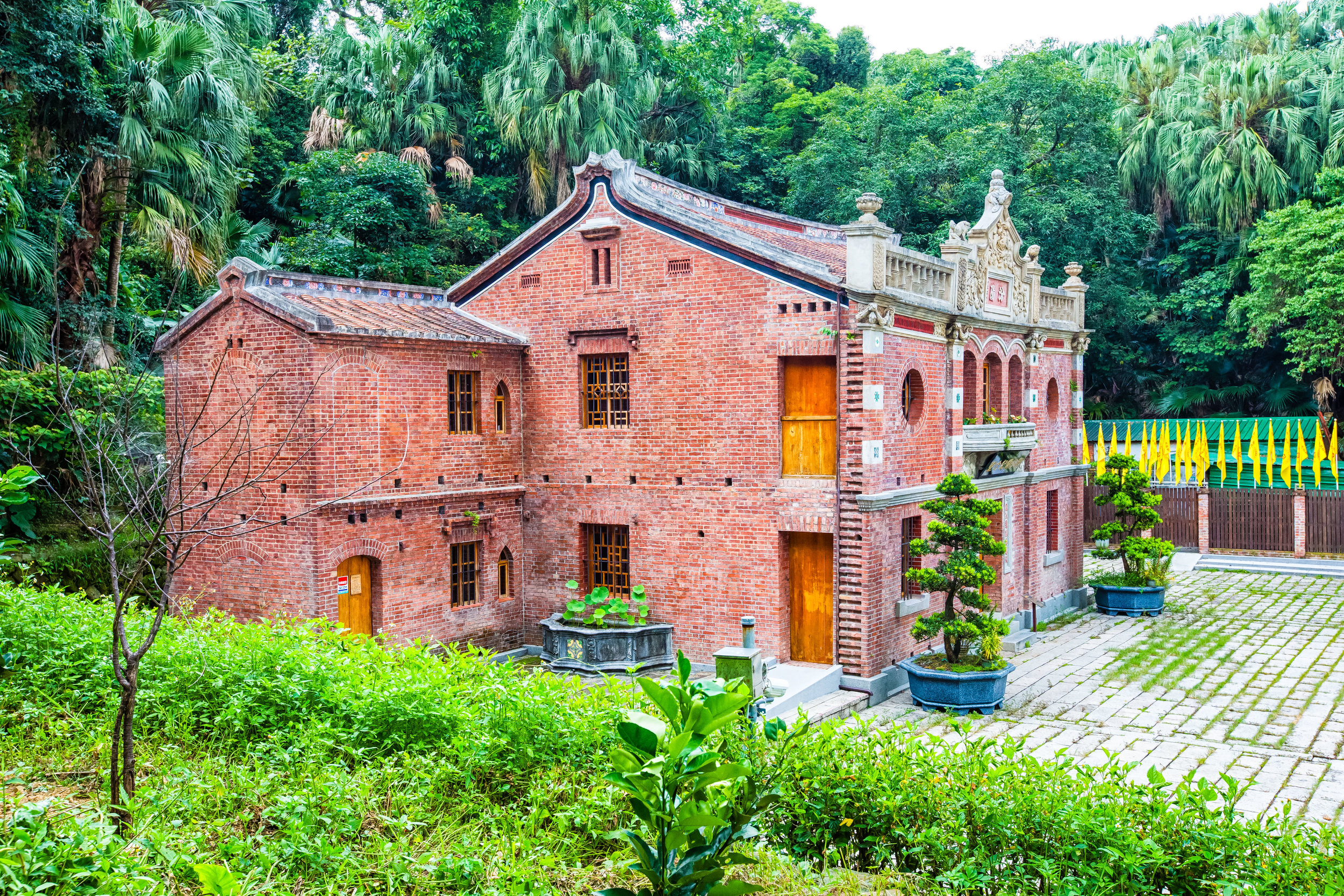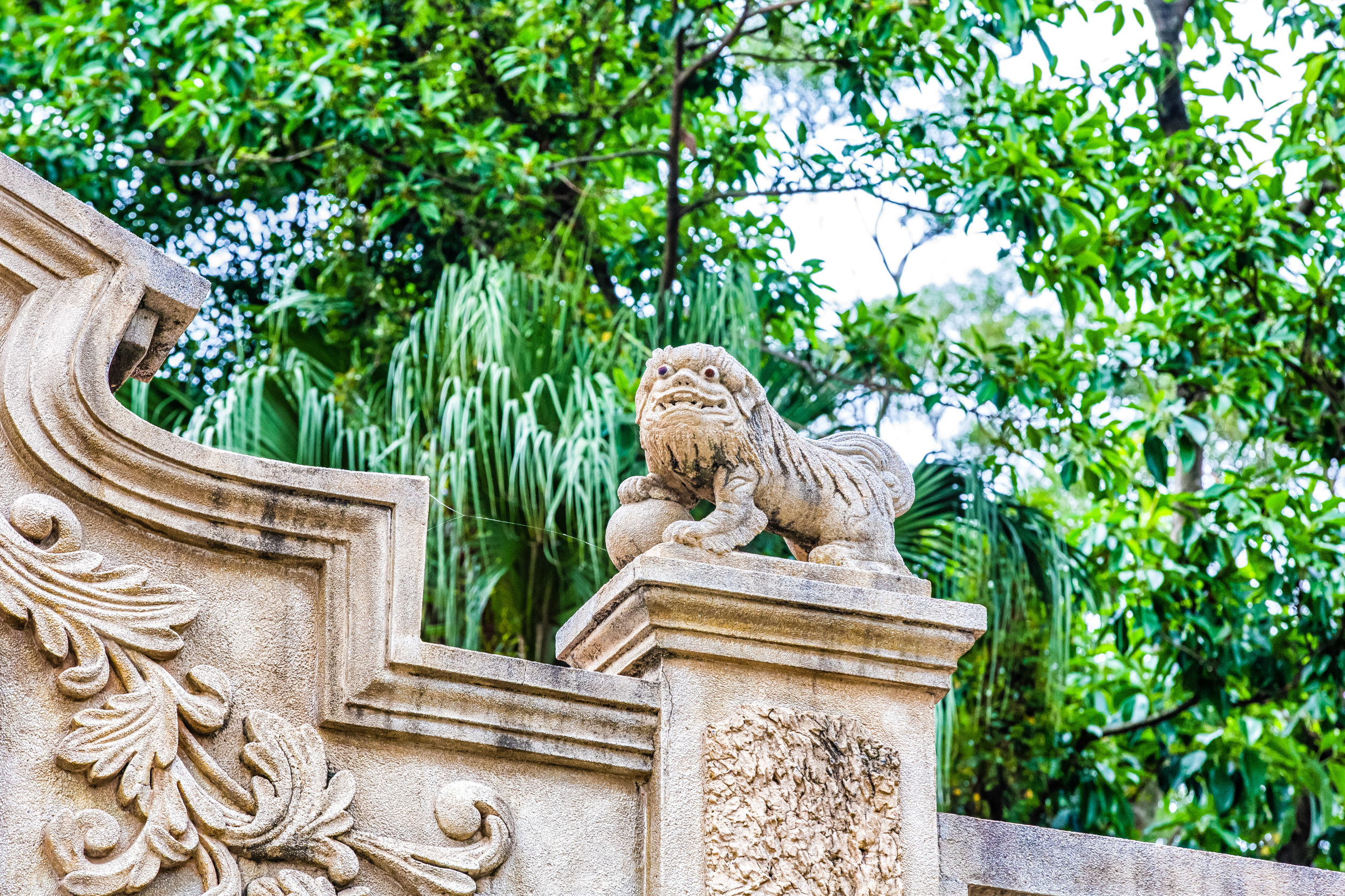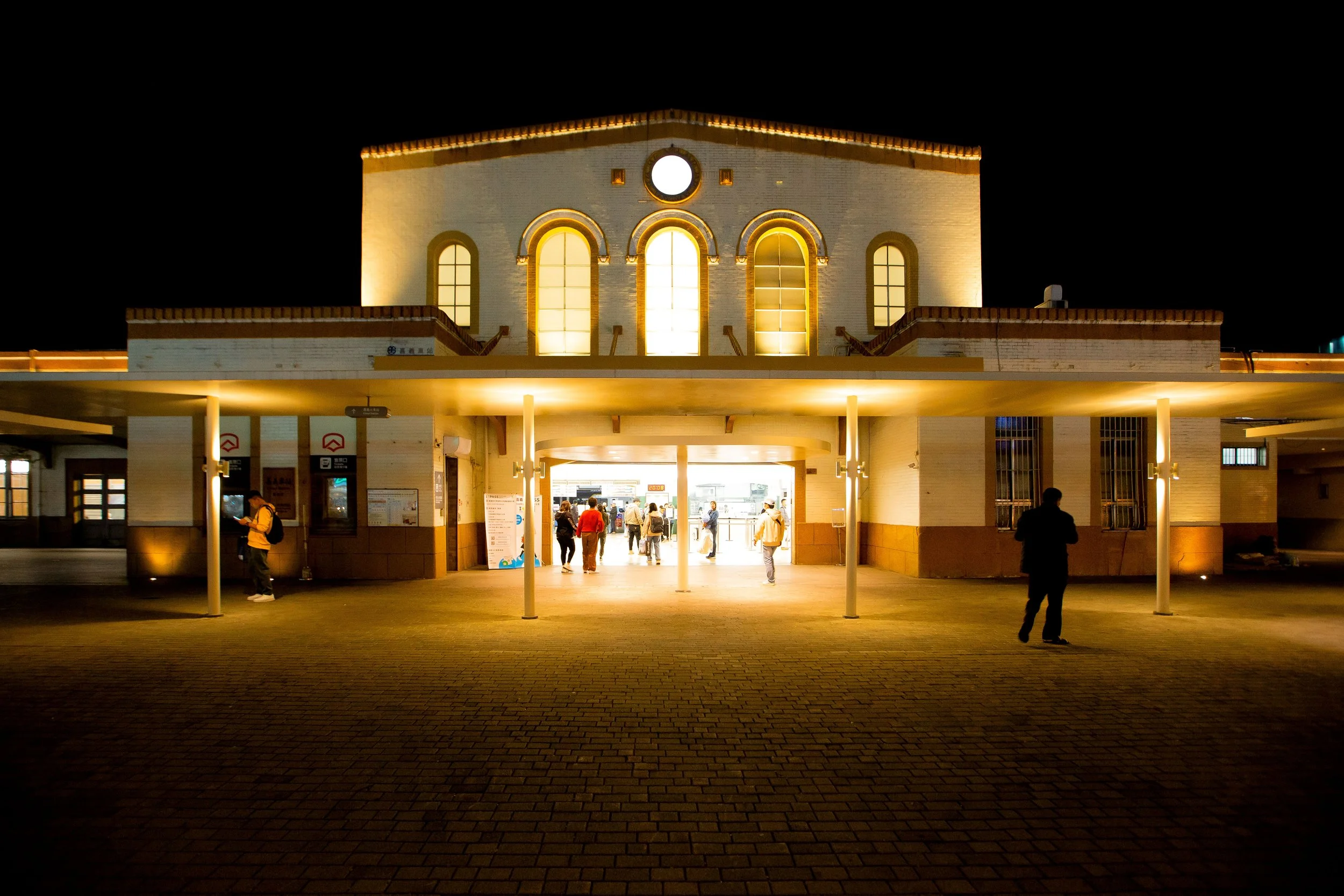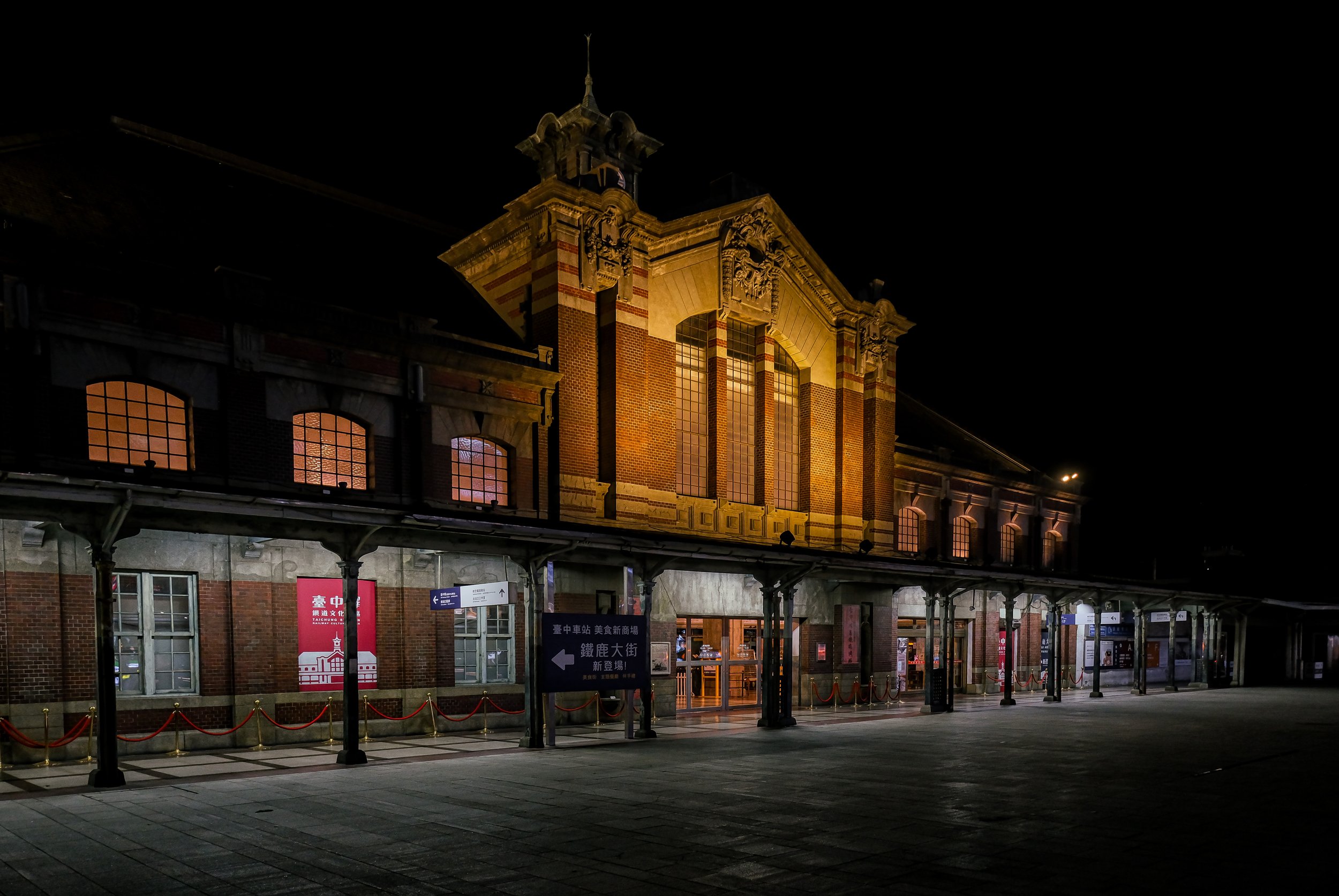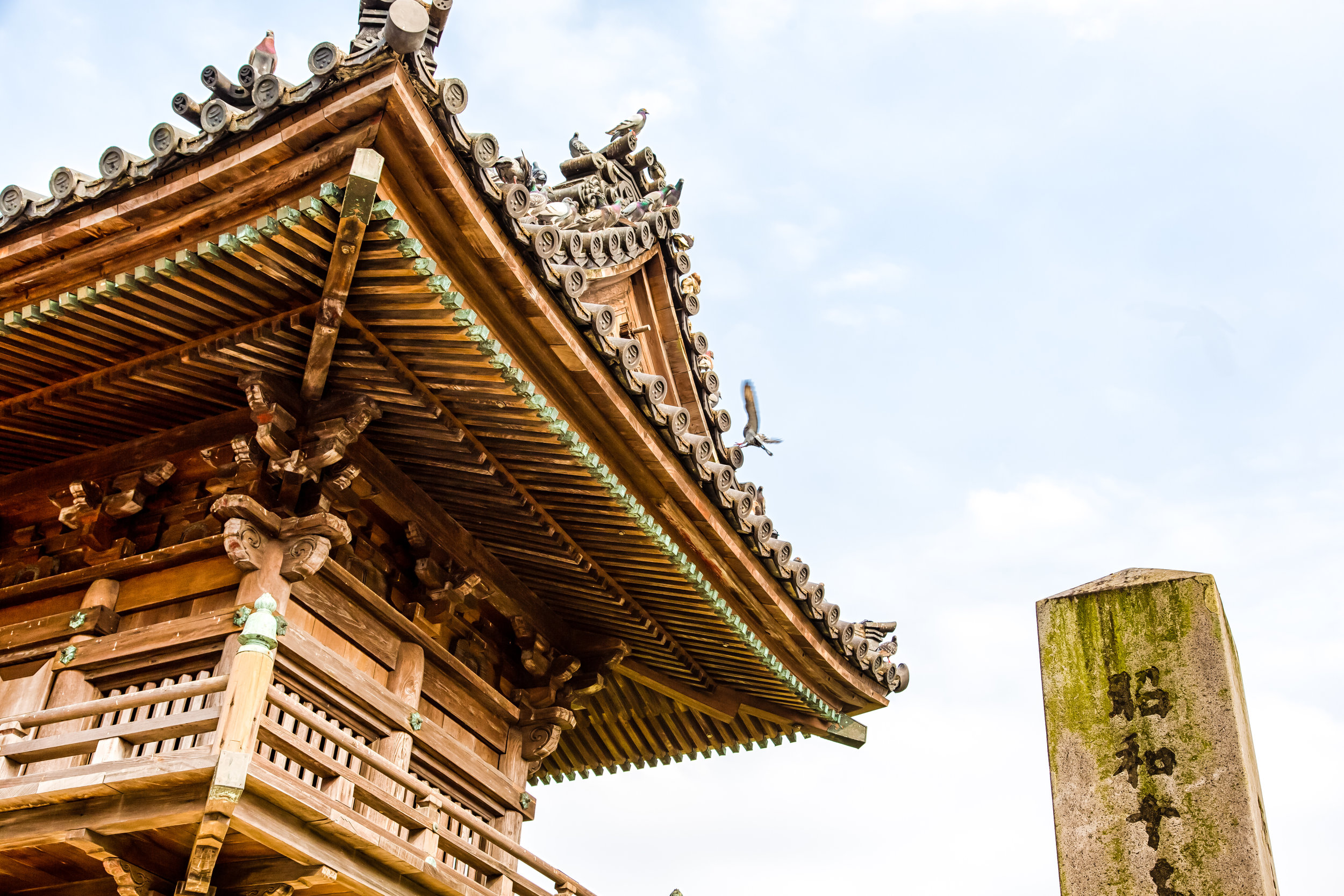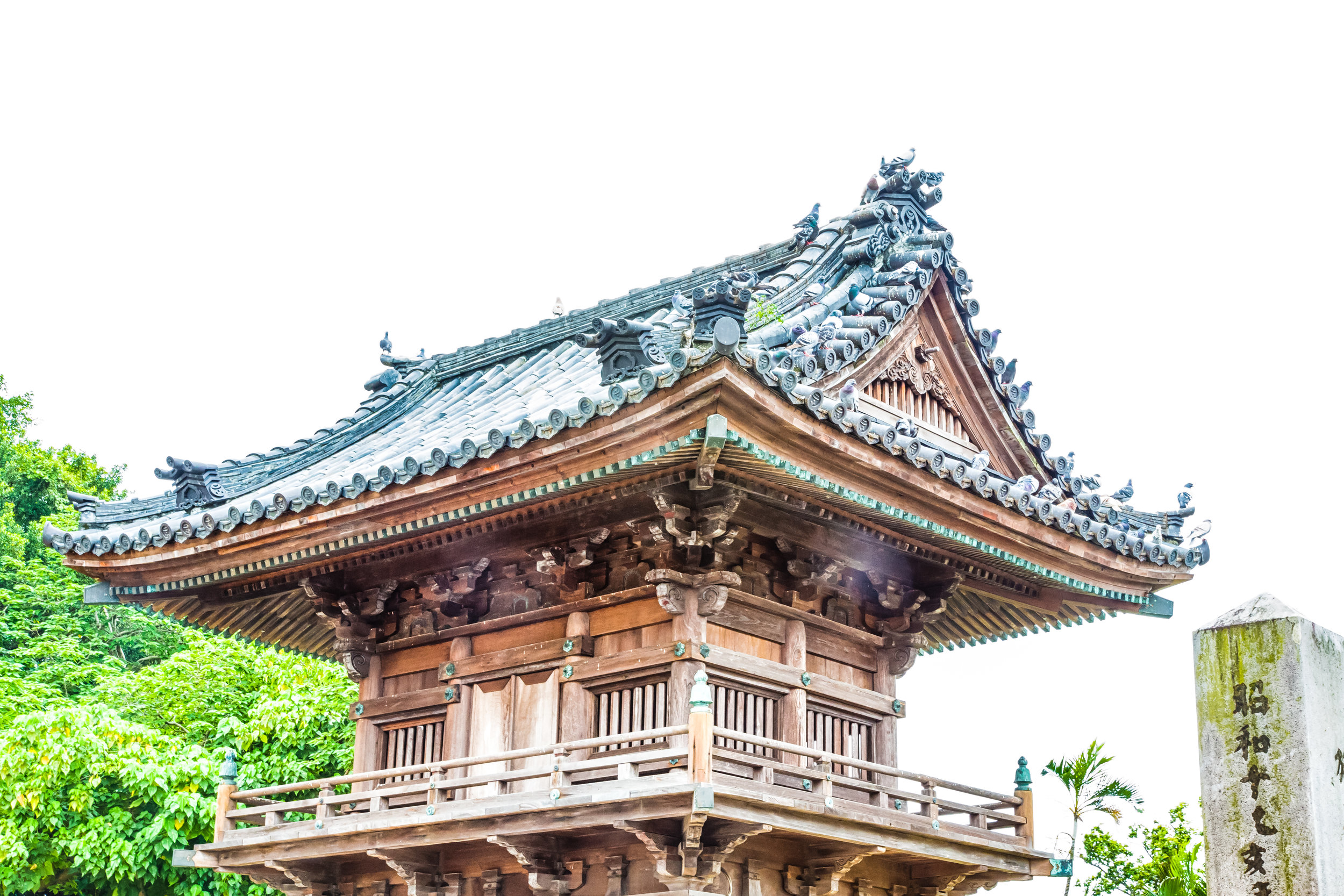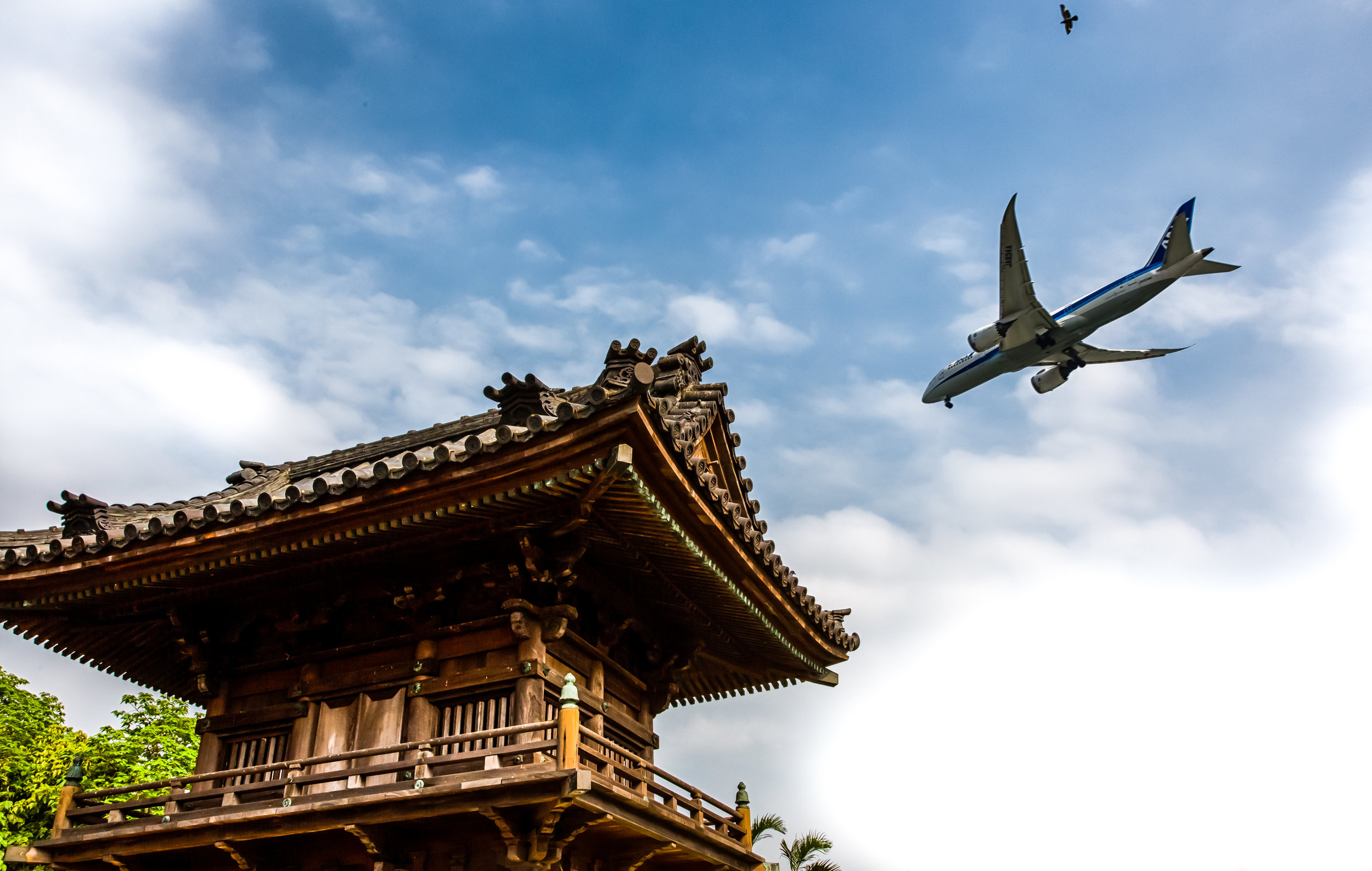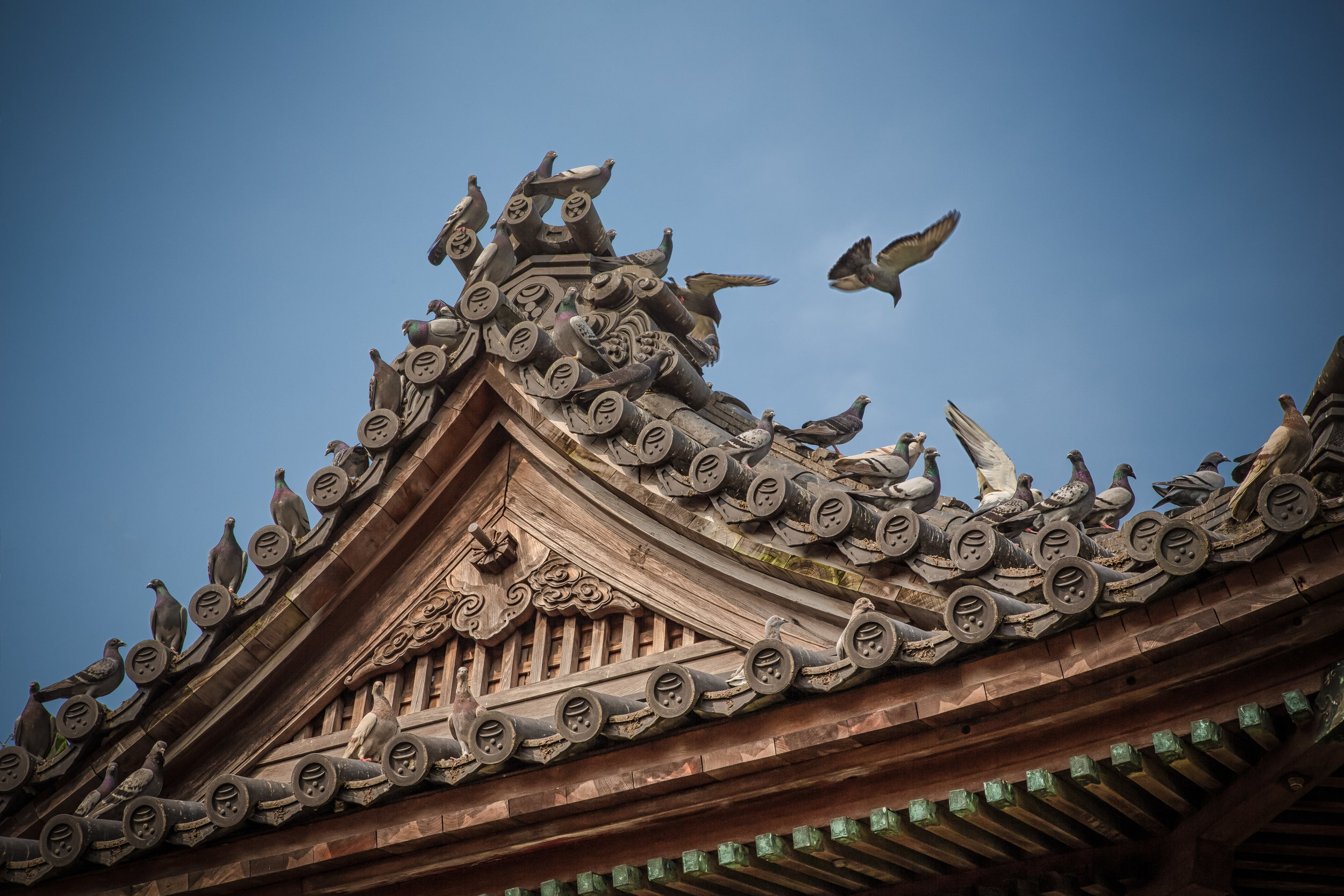I've spent a bit of my free time over the past month taking part in photowalks organized by TC Lin for the lead up to the Tua-Tiu-Tiann International Festival of Arts (大稻埕國際藝術節) which is being held over the entire month of October in Taipei's historic Dadaocheng District.
The photowalks which were held on two separate occasions in August were attended by quite a few foreign and local photographers who walked through Dadaocheng chatting up a storm while taking photos at the same time. On our first walk, the light wasn't really that great for taking photos and we probably spent more time talking than actually taking photos. The second walk was almost ruined by a torrential downpour that we had to wait out for a while.
As usual, it is always a good time whenever I can get together with other photographers but as usual I spent way too much time chatting and not enough time taking photos.
To make up for the lack of shooting while on the photowalks, I decided to revisit the area on my own a few times to get some more shots that I could contribute to the festival. I also figured that while I was in the area and due to the fact that the weather has been amazing as of late that I'd also stop by the Dadaocheng Wharf to get some sunset shots which would more or less be a sequel to the Sunset at Dadaocheng Wharf post that I made last year.
I originally had another blog scheduled for today but due to some personal stuff that has been going on, I don't really feel like posting a blog about some of the interesting historic stuff that I usually post about - is it even interesting to you? I don't know.
Instead, I felt like sharing something pretty that people could enjoy. They say that sunsets are proof that no matter what happens, every day can end beautifully.
Dadaocheng Wharf
The Dadaocheng Wharf is a newly renovated and quite popular outdoor activity spot for the residents of Taipei. The long wharf has been integrated into the much longer bicycle path which spans almost the entire distance of the city and is a busy spot on weekends with various recreational events held throughout the year.
The wharf has played an important role in Taipei's history and helped fuel the early economic success of the city and that of the Dadaocheng area (which is now part of Datong District - 大同區).
The Dadaocheng area is well known for its specialization in the sale of textiles, tea, cotton, medicines and various other products that you're still able to find today on the popular Dihua shopping street.
The wharf became significant due to the fact that it was a more inland harbour for merchants to get their products both in and out of the city at a much quicker pace than from the original wharf near Danshui.
Much like a lot of other economically successful towns of the past, the merchant shopping area around Dadaocheng (which is considered to be "old" Taipei) has turned into somewhat of an "old street" where you can see the same type of "baroque" architecture that is prevalent in places like Daxi and Sanxia with merchants sell traditional products that aren't very easy to find.
The completion of Taiwan's railway system however sucked the life out of a lot of these towns as they lost their monopolies that depended on the transportation of goods via shipping. Because of this, businesses which made their fortune importing and exporting products by way of the river were thus forced to either adapt to their new realities, relocate or come up with new business ventures.
Today however, the Dihua Street Lunar New Year market has become a local tradition for the people of Taipei attracting over a million visitors a year in the weeks leading up to the holidays.
The market sells a lot of the same things you would have seen hundreds of years ago in the form of silks, textiles, traditional Chinese snacks, food and medicine and is still the best place Taipei to do your one stop shopping for traditional materials.
I've blogged in the past about the Dihua Street Lunar New Year market as well as the City God Temple (霞海城隍廟) Confucius Temple (台北孔廟), Bao-An Temple (保安宮) and Ningxia Night Market (寧夏夜市) which are all within Taipei's Datong District and are a short walking distance from each other.
Back to the wharf - while it may not look the same today as it did in the past but it is still functional and on weekends there are ferries that transport people between Taipei and Danshui on a regular basis.
Apart from being a popular spot for recreational activities, it has become a popular place to view the sunset as the wharf faces the skyline of the Sanchong District (三重區) of New Taipei City. Sanchong is developing at a lightning pace due to the price of housing in Taipei city and the skyline is one that is constantly changing.
As the wharf faces the direction where the sun sets . it is one of Taipei's best places to view the sunset and you are likely to see hundreds of people showing up every night to enjoy the view.
The wharf is actually really pretty and catching the sunset there is quite nice, so if you're in the area around that time of the day, check it out. Also, if you're free in the month of October, make sure to check out some of the great events happening at the Tua-Tiu-Tiann International Festival of Arts - You might even see me hanging out around there.
Gallery
